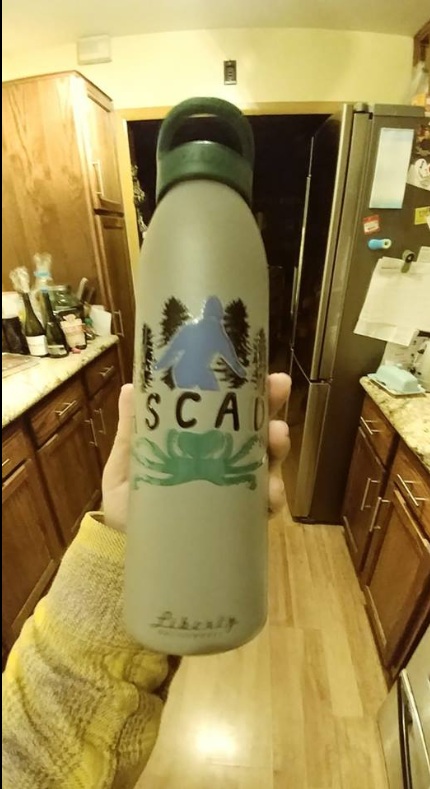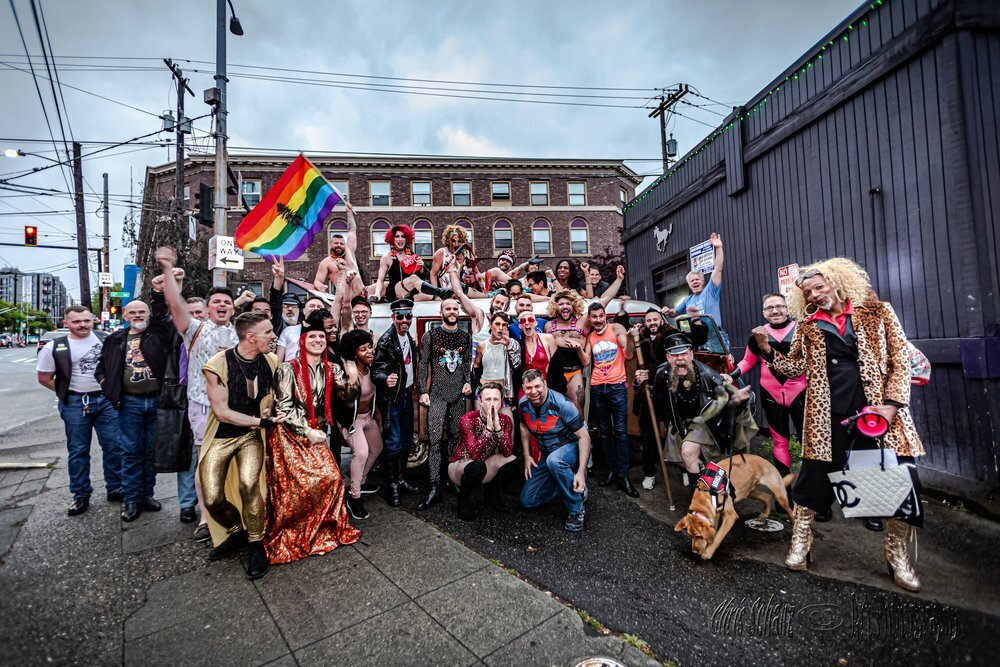Cascadia: A Movement Ready to Begin
Cascadia is a popular grassroots movement that has inspired the imagination for more than forty years and spans tens of thousands of individuals, businesses and community groups throughout the Cascadia bioregion. The Cascadia movement seeks to further local autonomy, empower individuals and communities to better represent their own needs, and create sustainable local economies through bioregional planning. We encourage people to think bioregionally (and therefore, locally), build community resilience and create new pathways for communication, politics, and interdependence that better represent the social, cultural and political realities of our region.
Together, Cascadia is on the front lines of every major crisis and issue currently facing our world. We are the thin green line between resource extraction in the east and booming global markets in Asia, an epicenter that is home to the wealthiest corporations and individuals while others struggle, starve and die in our streets due to poverty in an increasingly globalized market, while also on the forefront of green technology, energy and localized systems of resiliency and community that might be some of our best hope for our survival as a species. Forest fires and droughts are becoming a yearly norm, while in the west, heavier flooding, natural disaster and waves of economic migration increasingly strain our food, resources and ecosystem.
Everywhere in the world right now, and everywhere across our countries and region, people are saying that we need a change, but no one is saying how, or presenting a real way of how to achieve it.
We in Cascadia are in a unique position to provide a solution.
Bioregional Roots
On a sunny day in July, more than 100 individuals gathered at Evergreen State College in Olympia, Washington to help shape a positive future for the Cascadia bioregion. They met deliberatively, in a participatory process that included representatives from watersheds, towns, organizations, groups and species, examined challenges to the region, and explored strategies and goals to overcome them. Over that weekend, bioregional organizers, policy planners, feminists, anarchists and indigenous leaders gathered with the first Cascadia flag, bearing the stars and crescent, for what became the first ever, Cascadia Bioregional Congress, hosted in 1986.
Over the next ten years, these gatherings swelled by hundreds. Committees and forums were voluntarily created to address issues ranging from grassroots democracy, community building, forestry, recycling, nuclear concerns, to decentralized and local economics. Resolutions and statements were drafted and approved by a hybrid consensus model by the larger body and topics like direct action, inclusion of Indigenous and traditionally marginalized voices and groups, gender equality and safe organizing spaces were made central parts of this growing movement.
These meetings grew into the late nineties and were responsible for many of the early recycling, composting, gardening and community programs, as well as new media networks, and business cooperatives as individuals moved into leadership and government roles, implementing programs that cemented the Cascadia bioregion as a leader on many of these issues. Early pioneers included organizers like Earth Day founder Dennis Hayes and many others. By the mid 1990’s, groups like Cascadia Earth First, the Cascadia Forest Defenders, and Cascadia Wildlands formed to help protect our unique ecosystem - while Cascadia continued to grow academically through geology, environmental science and geography, and by a range of elected and business leaders in groups like the Pacific Northwest Economic Region, one of the largest examples of cross-border paradiplomacy in the world.
The Cascadia Movement Today
“Cascadia represents--better than states, countries and cities--the cultural and geographical realities of our region."
- Paul Schell. Mayor of Seattle 1996
Cascadia is the name of the land, given to it by the people who live here. Rather than names representing far off people or places, Cascadia highlights the importance of the water we all rely on, and the cascading cascades as the the first drop hits the ground, through evergreen forests and desert canyons, as it journeys on its way to the eastern rim of the Pacific Ocean. Just as it’s a new name, it gives us a new opportunity to forge something new, something positive together, from a culture rooted in place and the shared values that arise from sharing our home. Just as the people who have lived here for thousands of years, Cascadia is an opportunity to connect to the practices that have thrived, developed and adapted from this region, break down the ones we find negative, and forge a new shared vision for what is possible.
The Cascadia movement today has inspired tens of thousands of people be active about the issues that they most care about, and continues to inspire a unique regional identity found within the Pacific Northwest, and extends to a wide range of beers (Cascadia Dark Ale), sports (Cascadia Cup) and music (Cascadian Black Metal) just to name a few. The idea has since been adopted by a wide range of researchers who highlight the growing importance of regional growth management, environmental planning, economic cooperation, as well as disaster preparedness. Support for the idea also comes from institutions and businesses such as the Bullit Foundations 'Cascadia Center', renaming areas such as the Salish Sea, the adoption of the Cascadia Megaregion by federal policy makers, and the tectonic Cascadia Subduction Zone. It has also been embraced by local government business leaders working together for Cascadia High Speed Rail, or as part of the private public Cascadia Collaboration Corridor.
The modern Cascadia independence and political movement was founded in 2005 by Brandon Letsinger who began CascadiaNow! the Cascadia Independence Project. It rapidly grew in popularity, growing chapters throughout the Pacific Northwest and being featured in a wide range of publications, such as Vice Magazine, USA Today, NPR, the CBC, NYtimes, CNN, Forbes, Portland Monthly, the Seattle Times, the Wall Street Journal, the Oregonian and many others. As it grew however, it also became more deeply aligned with bioregionalism, and shifted to become more educationally focused, finally launching as a 501(c)3 non-profit organization in 2014. Many other groups have also followed over the years, including the Cascadia Independence Party in 2008, David McCloskey’s Cascadia Institute in 2009, the Cascadia Football Team in 2015, the Cascadia Underground in 2017.
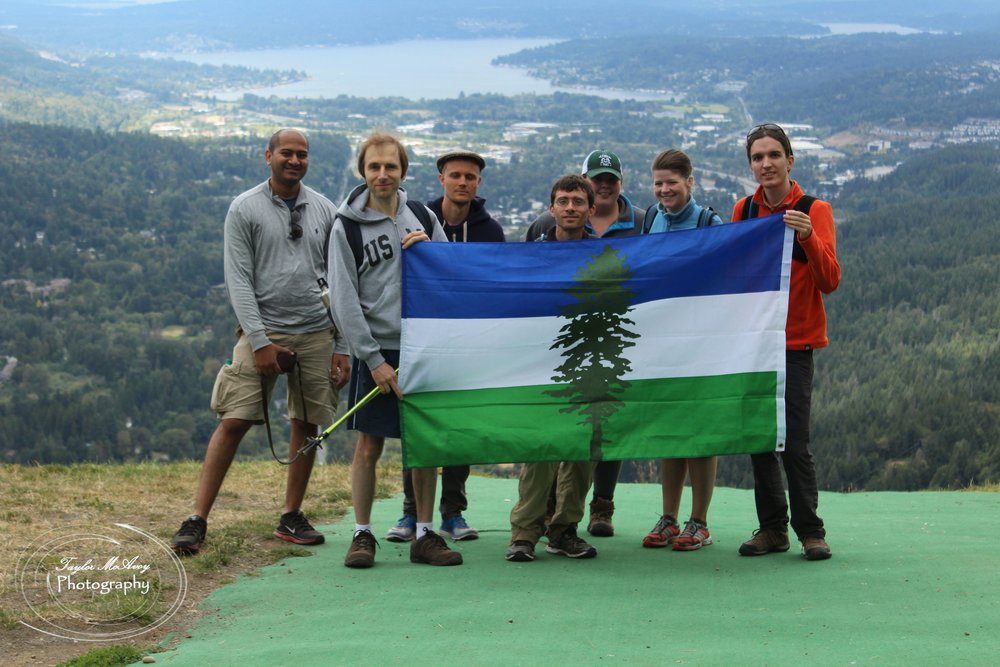
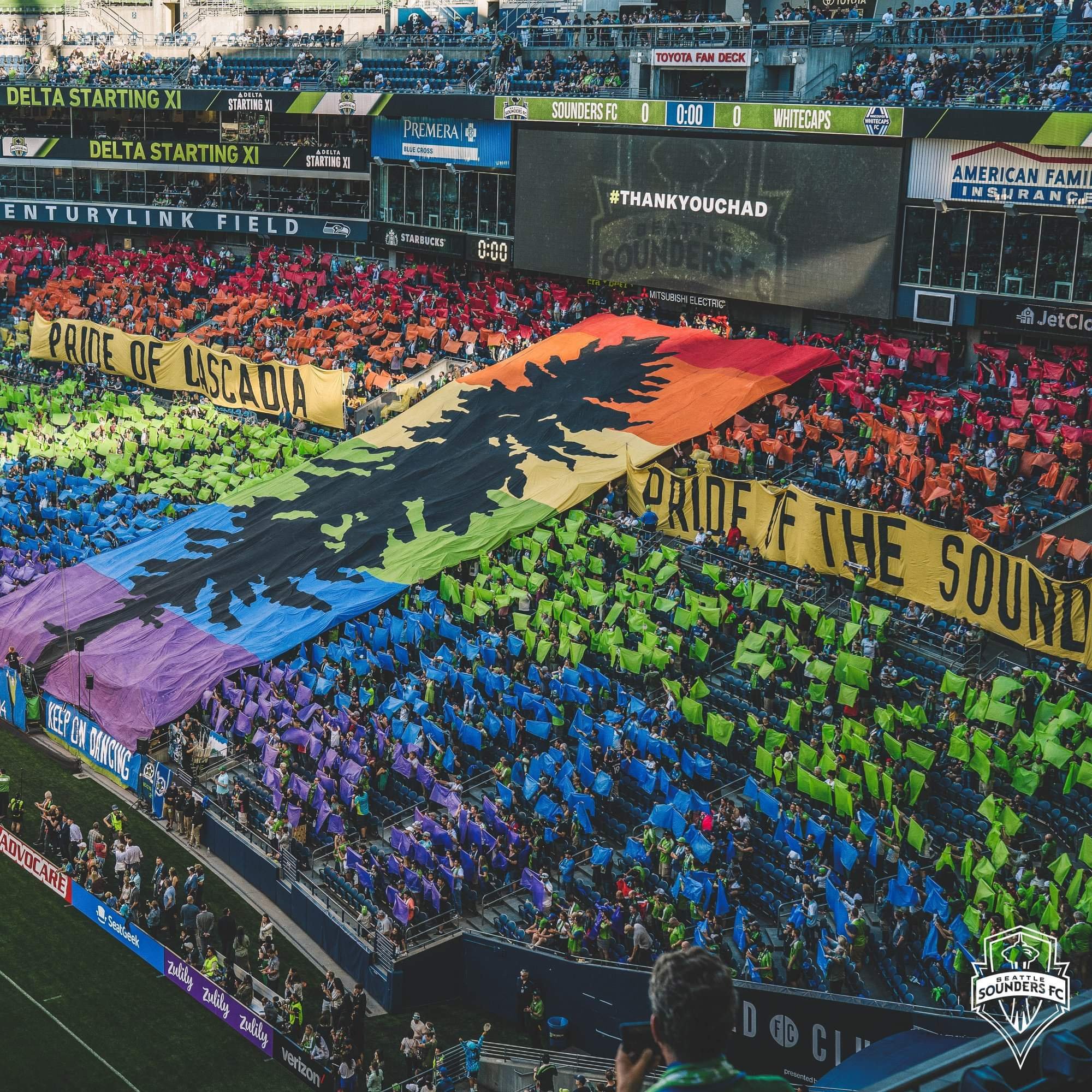
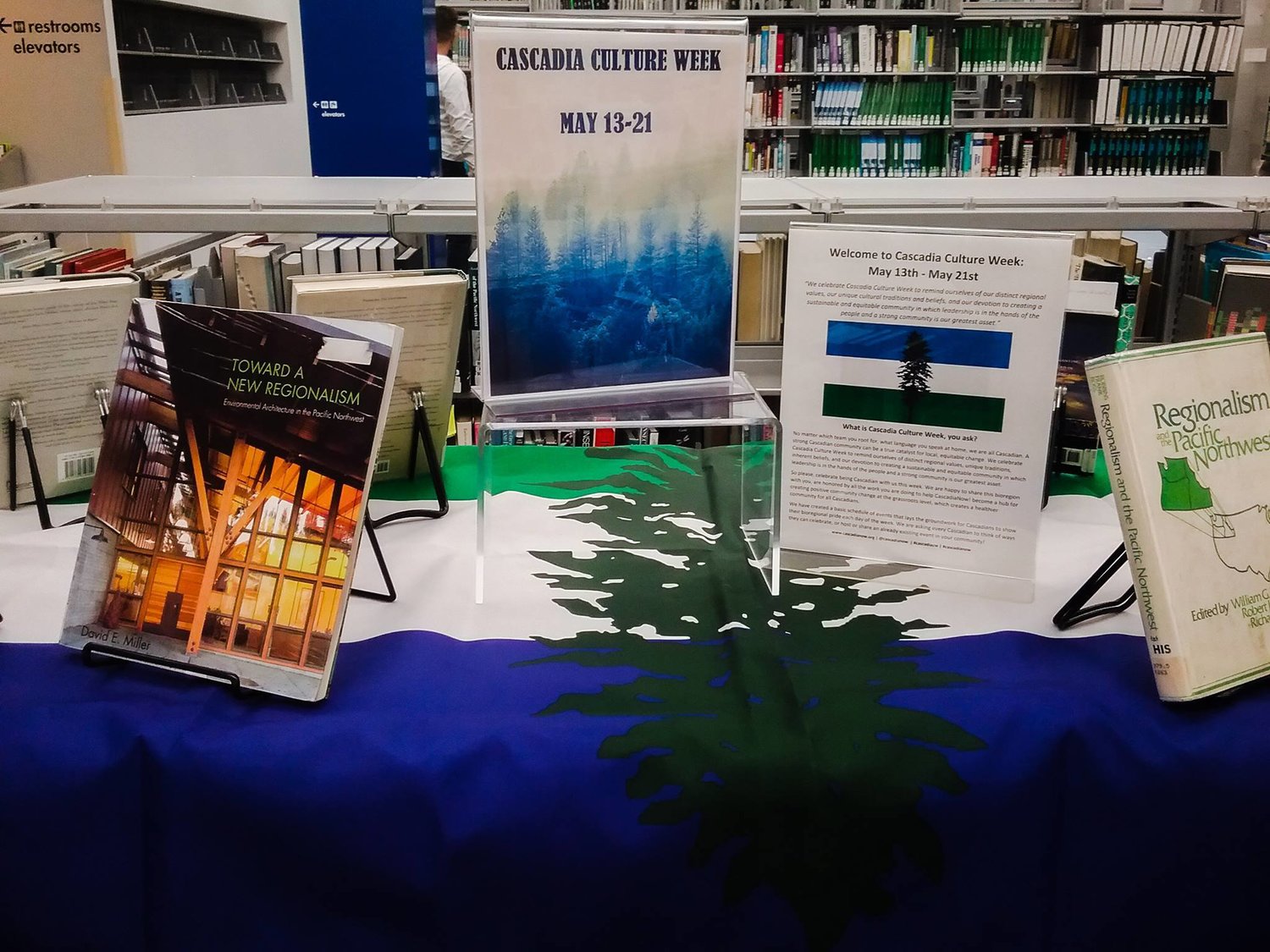
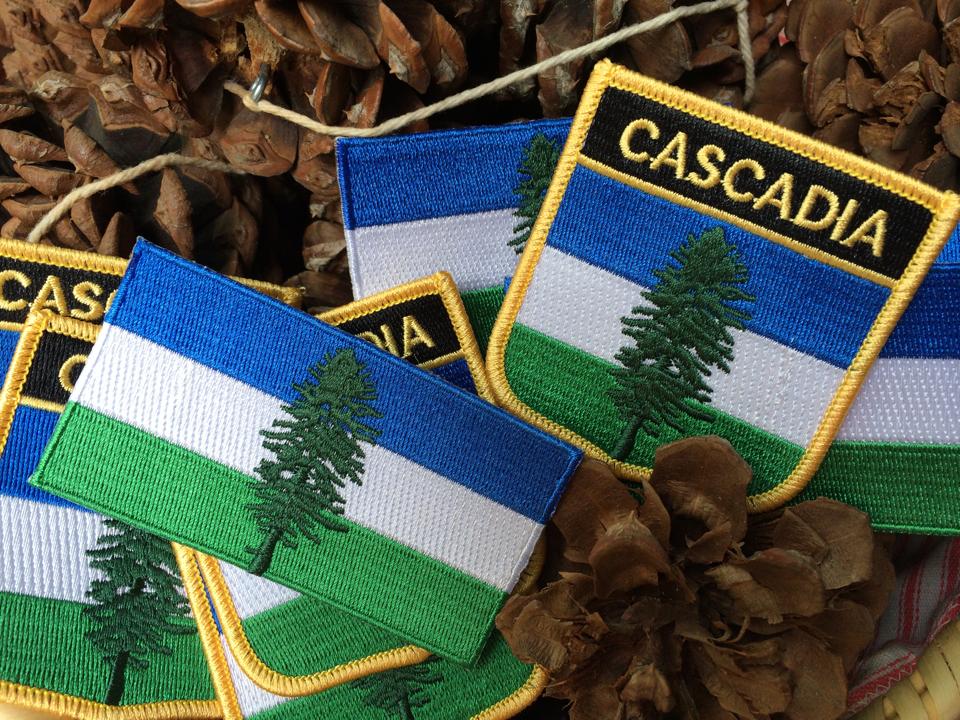
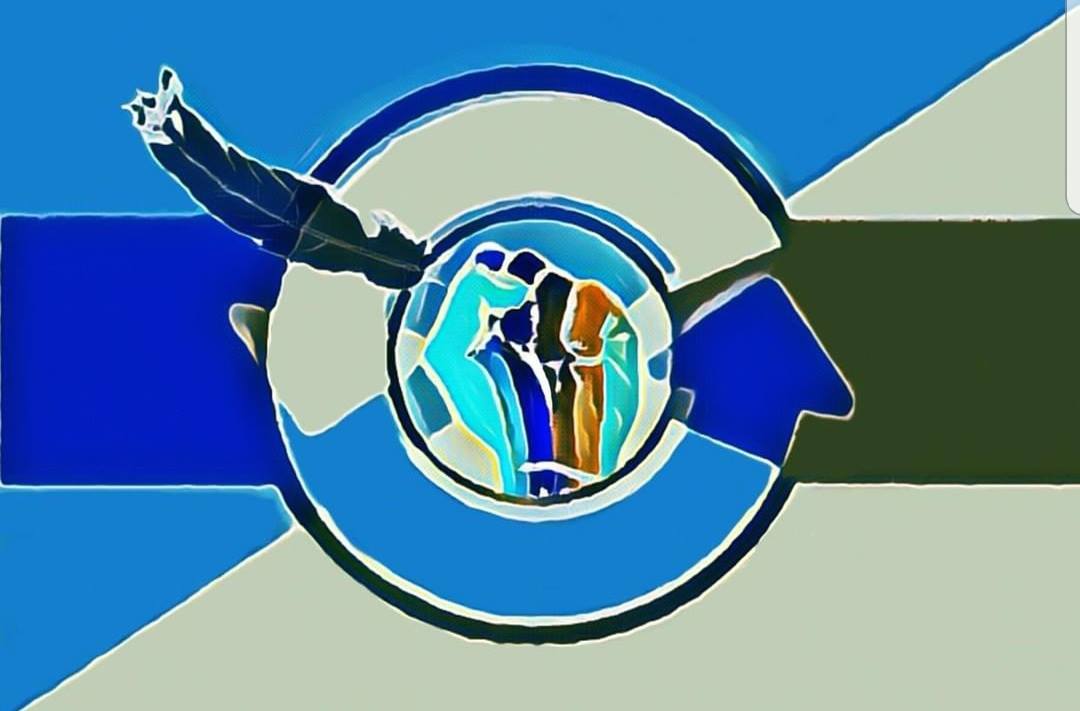

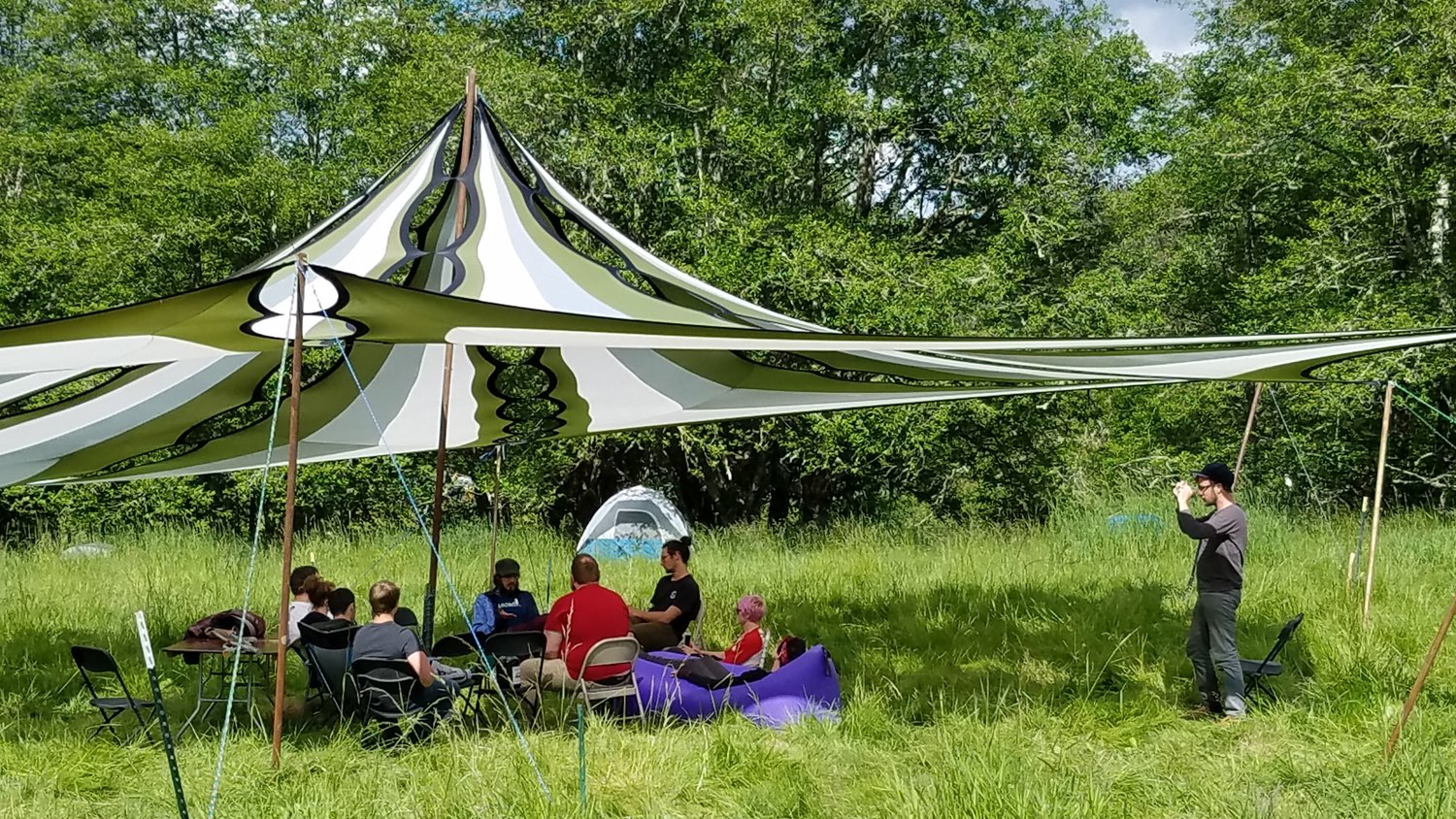

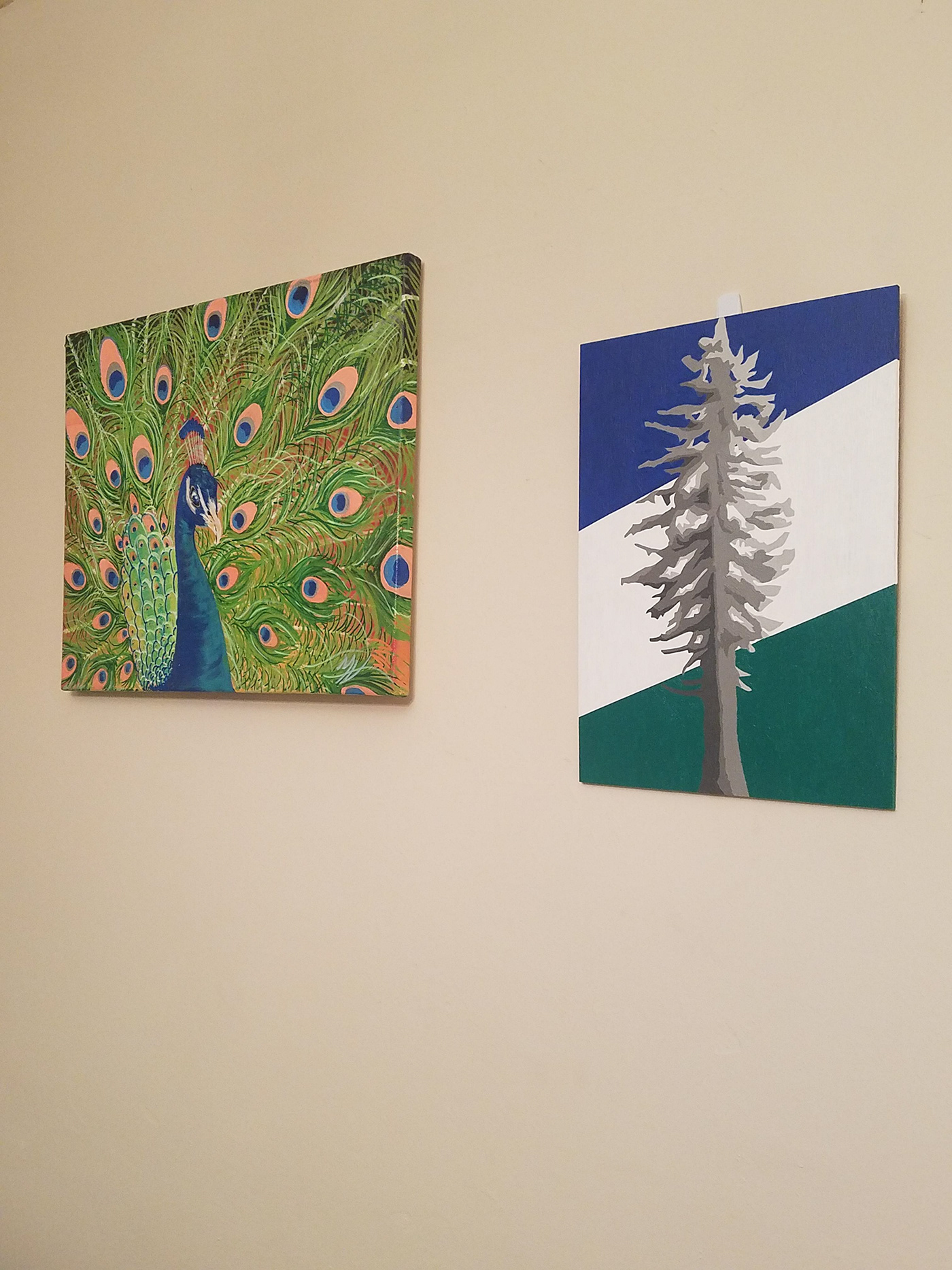
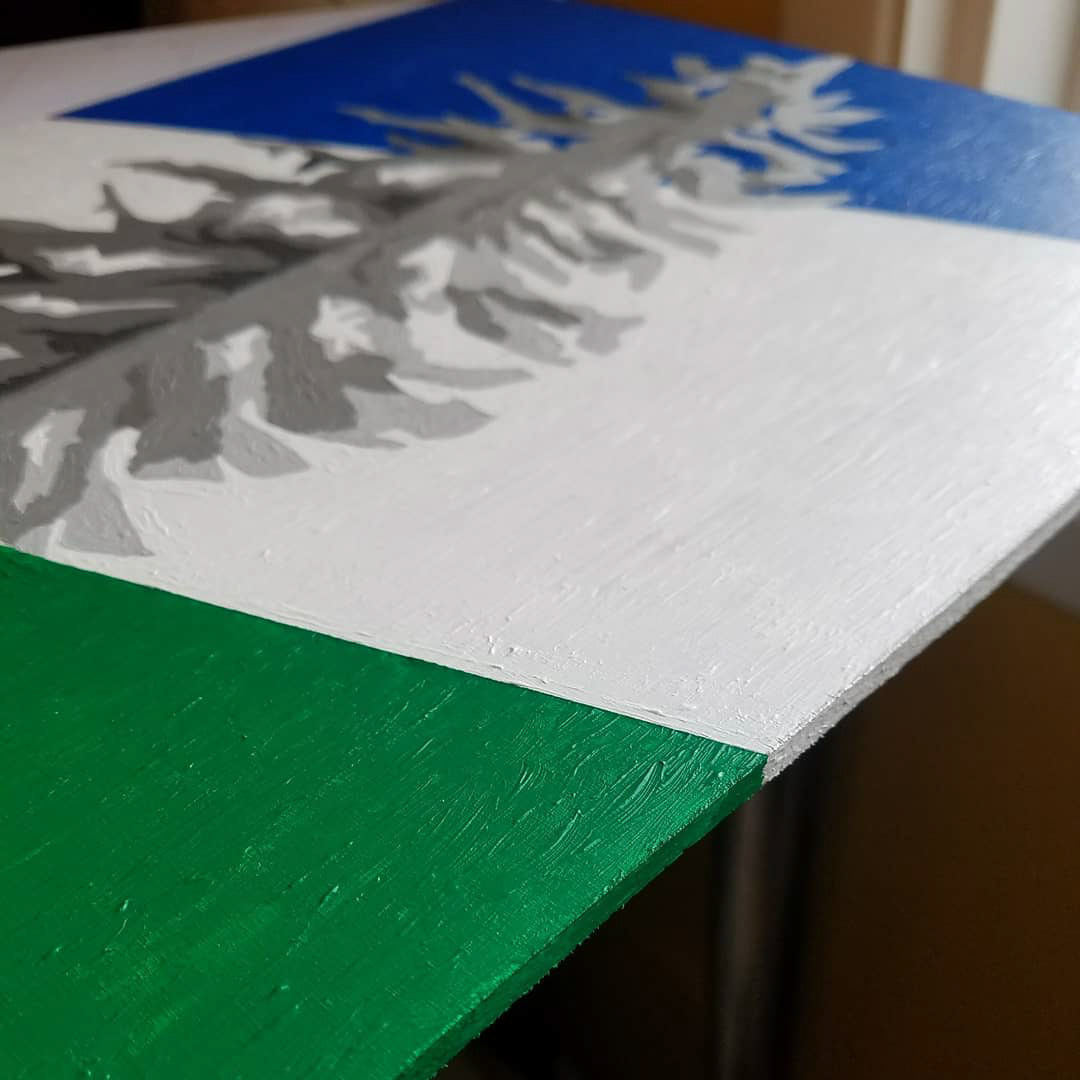
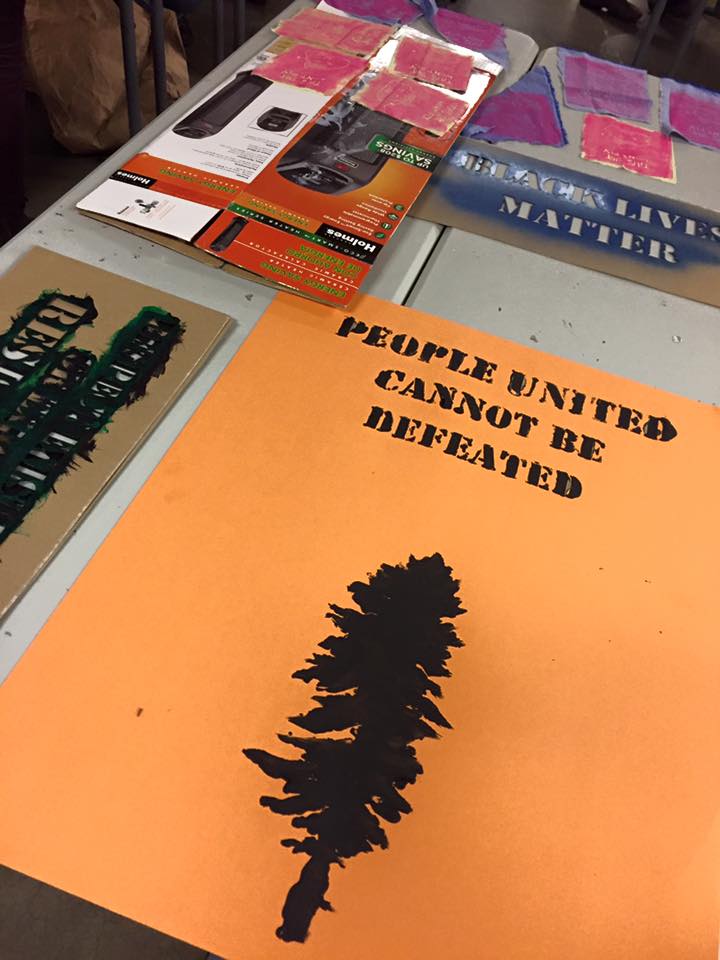

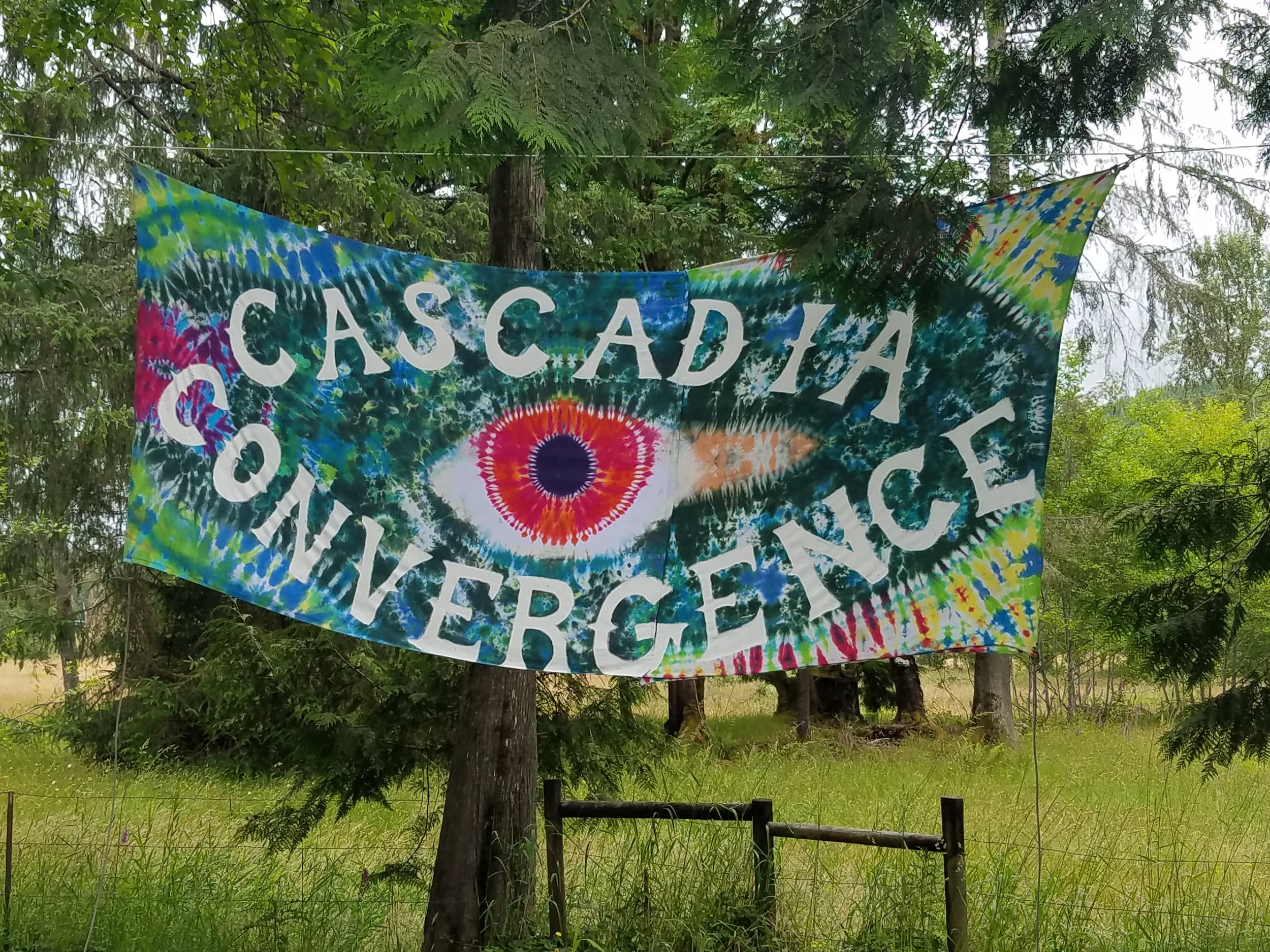

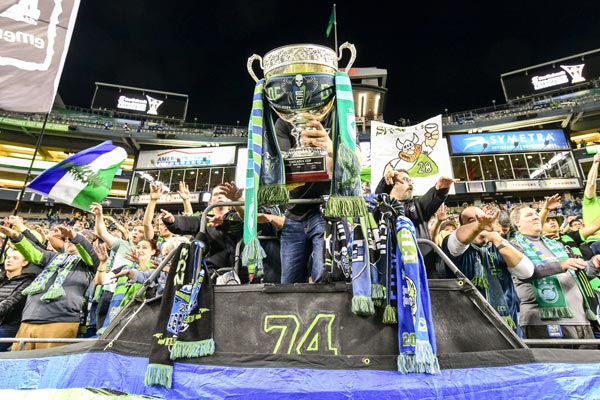
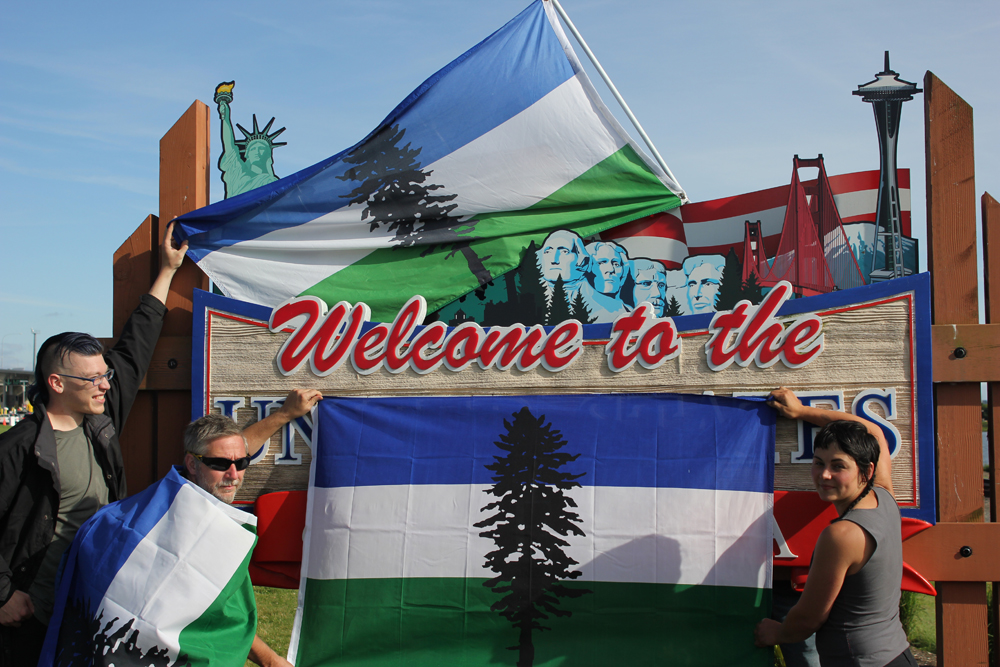
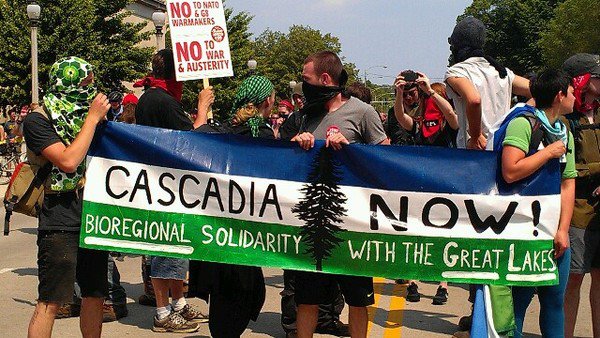
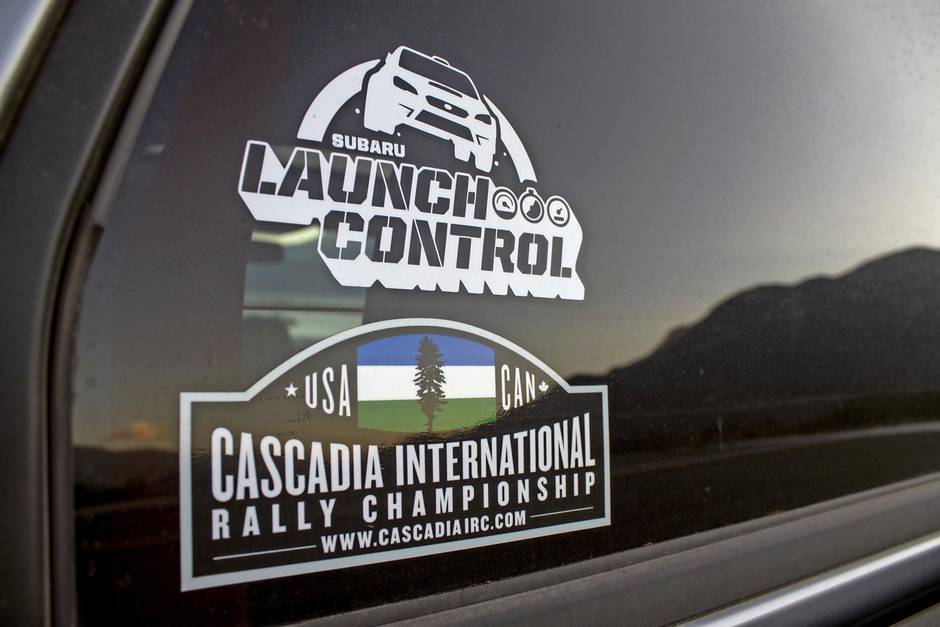

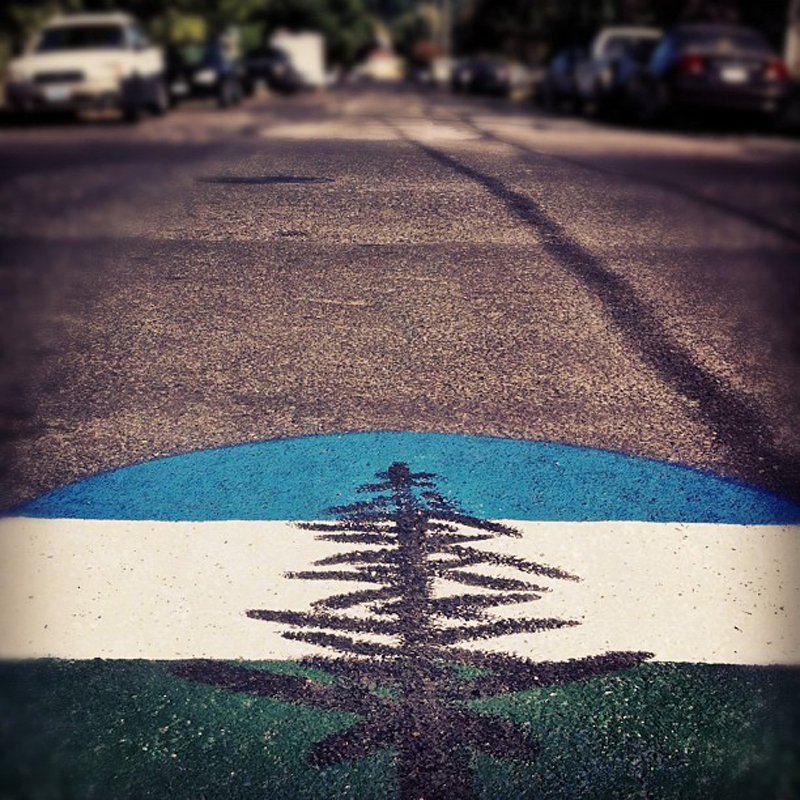
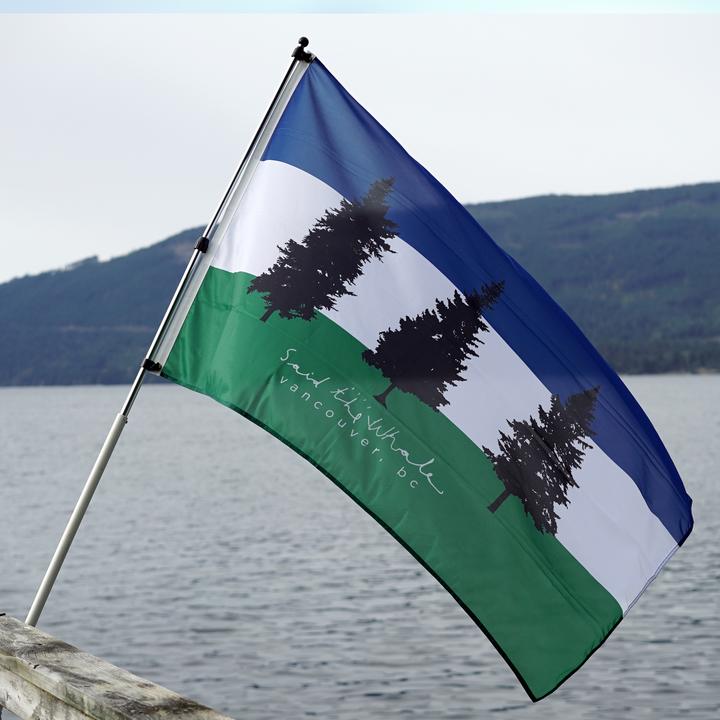
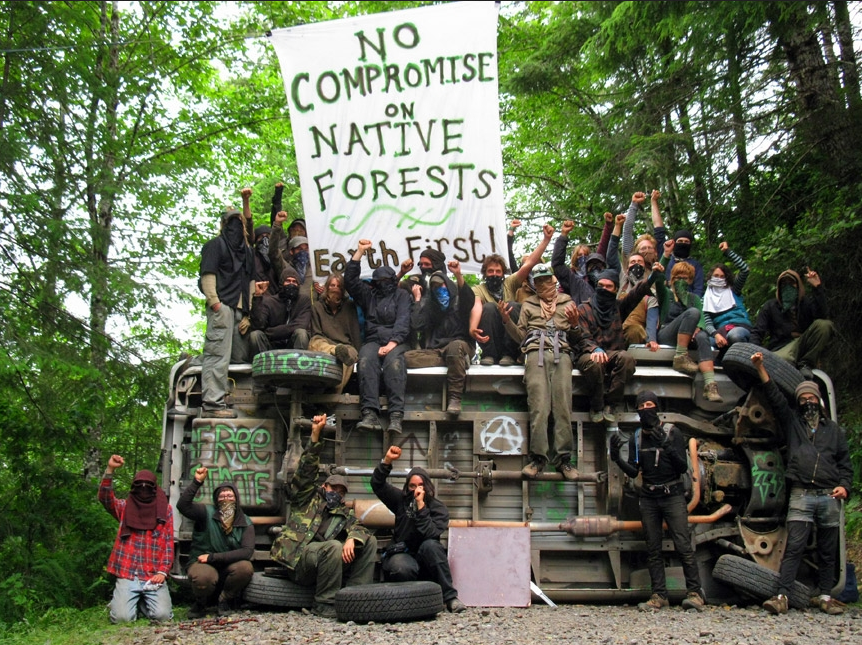
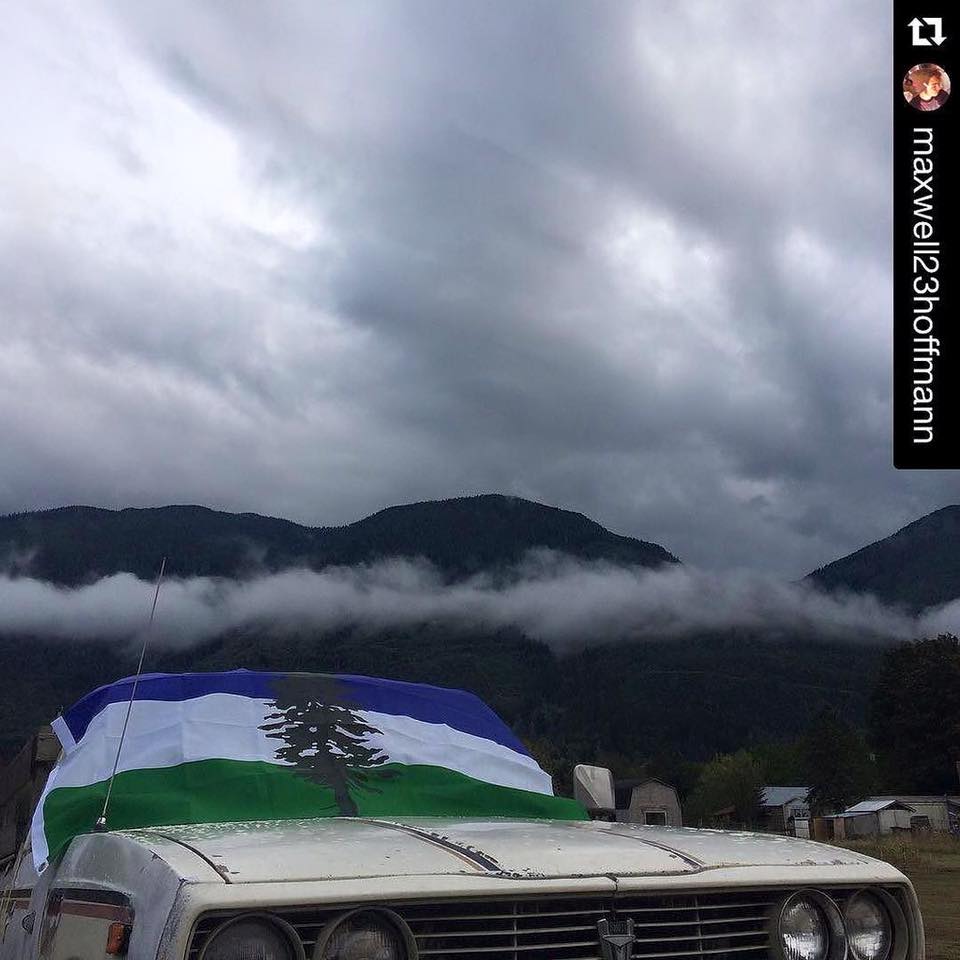
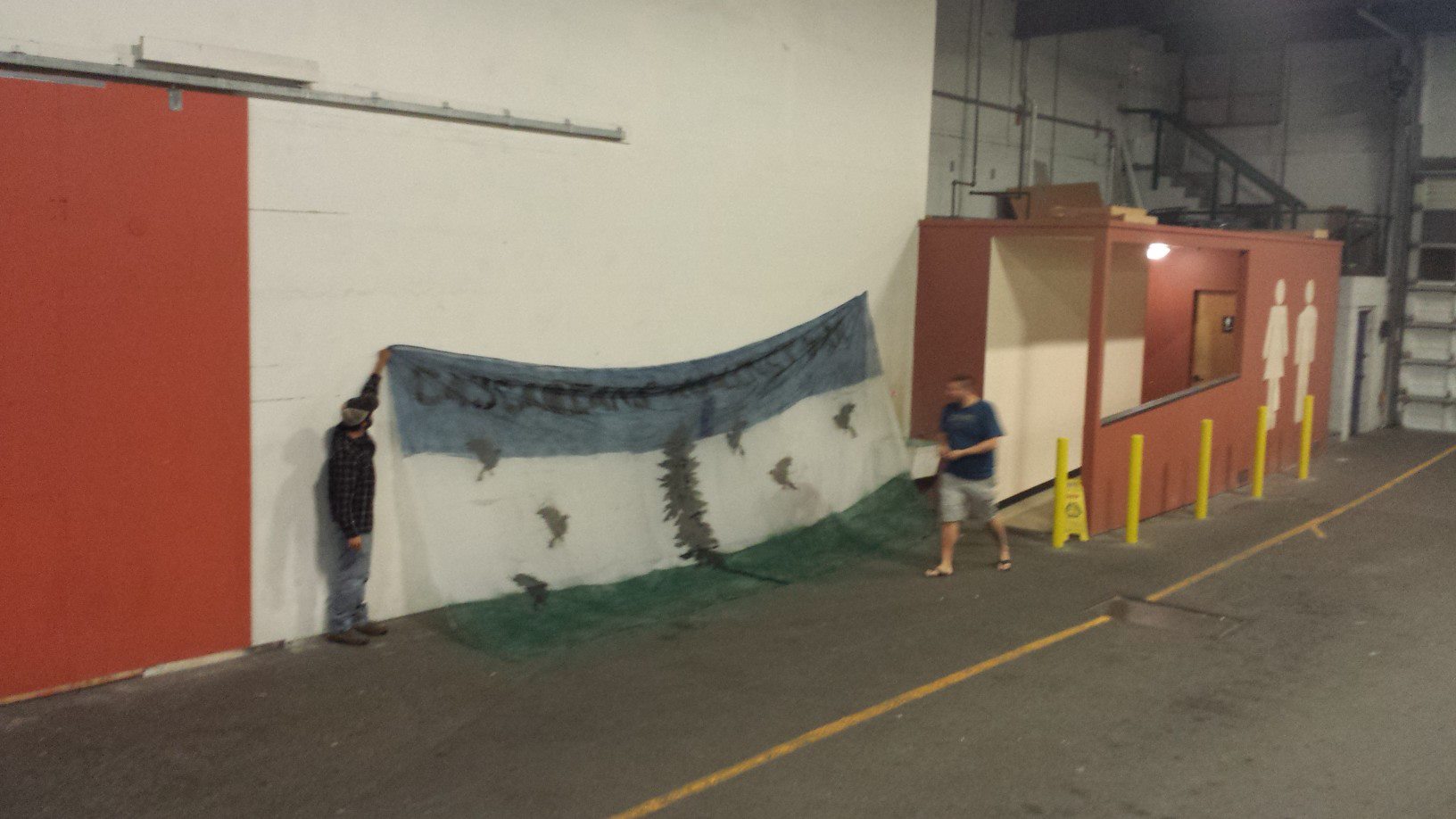
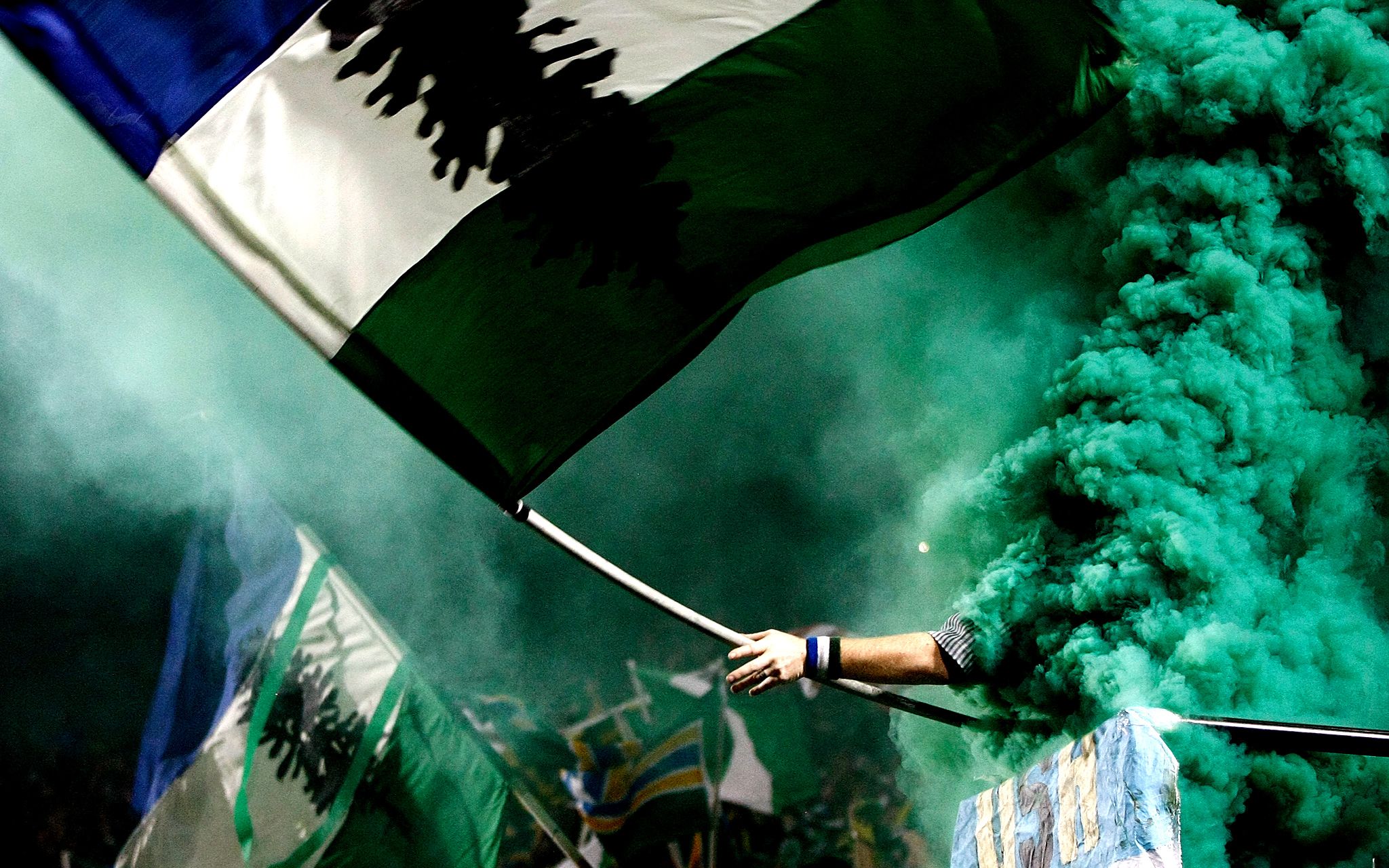
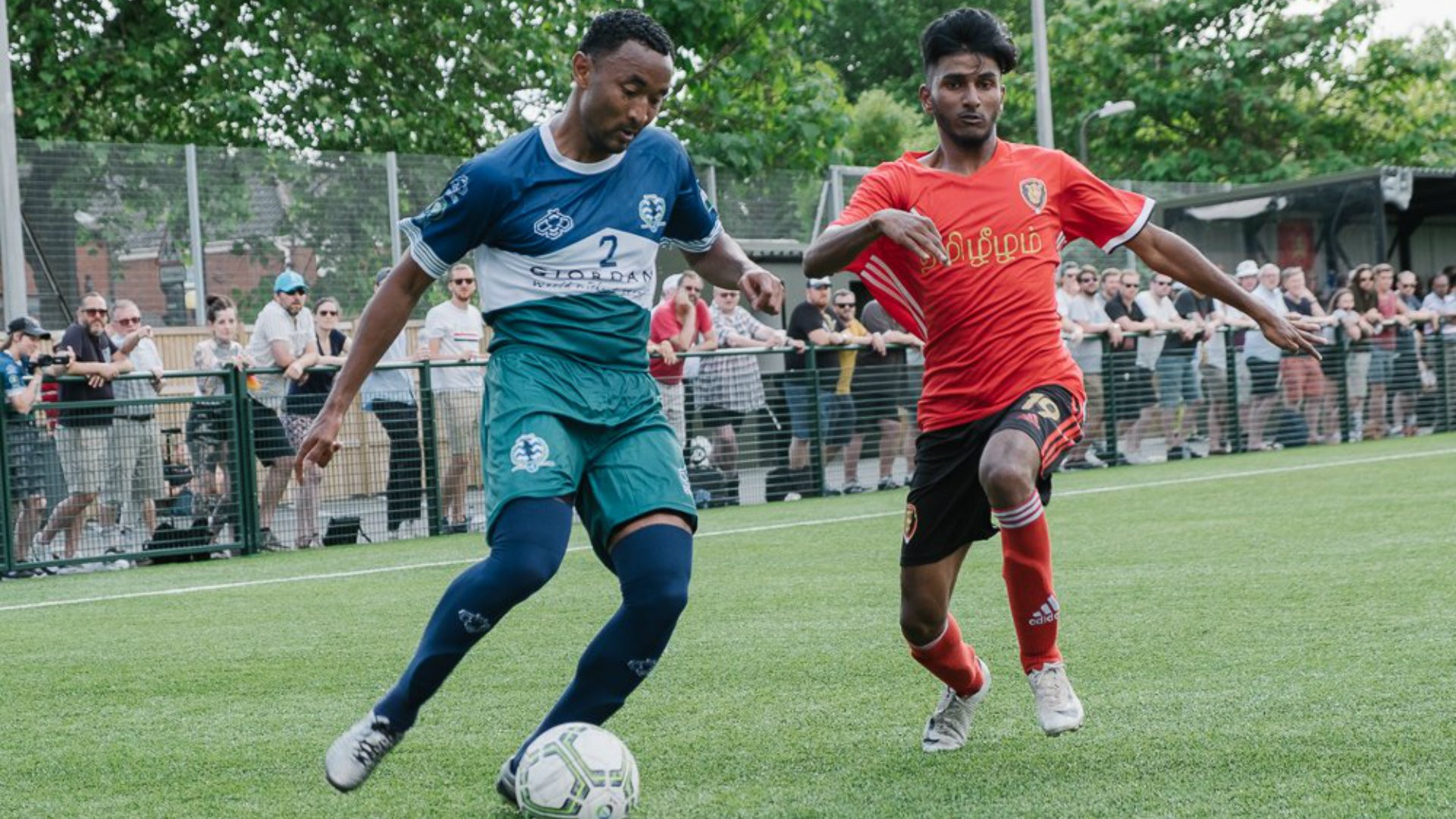
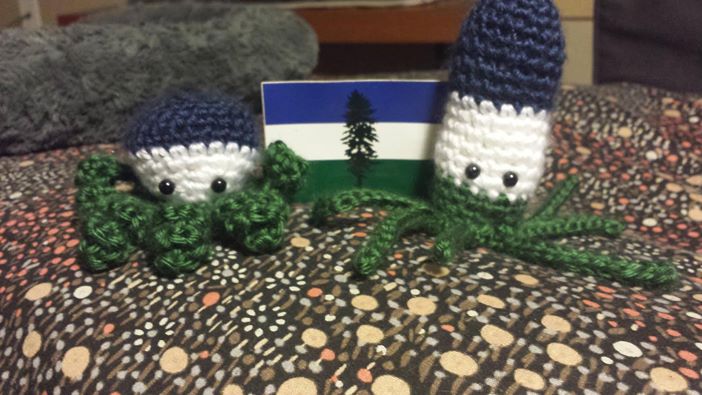



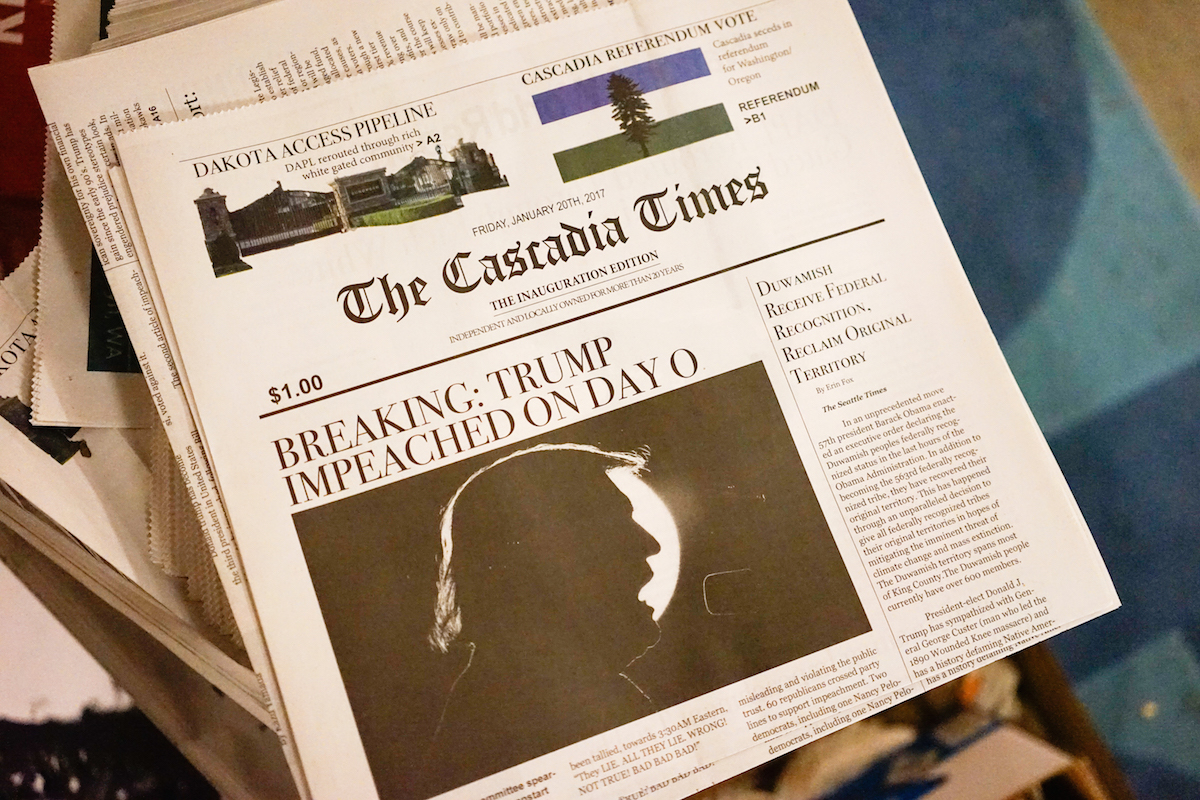
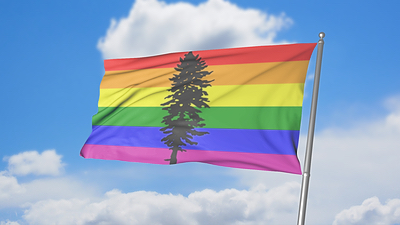
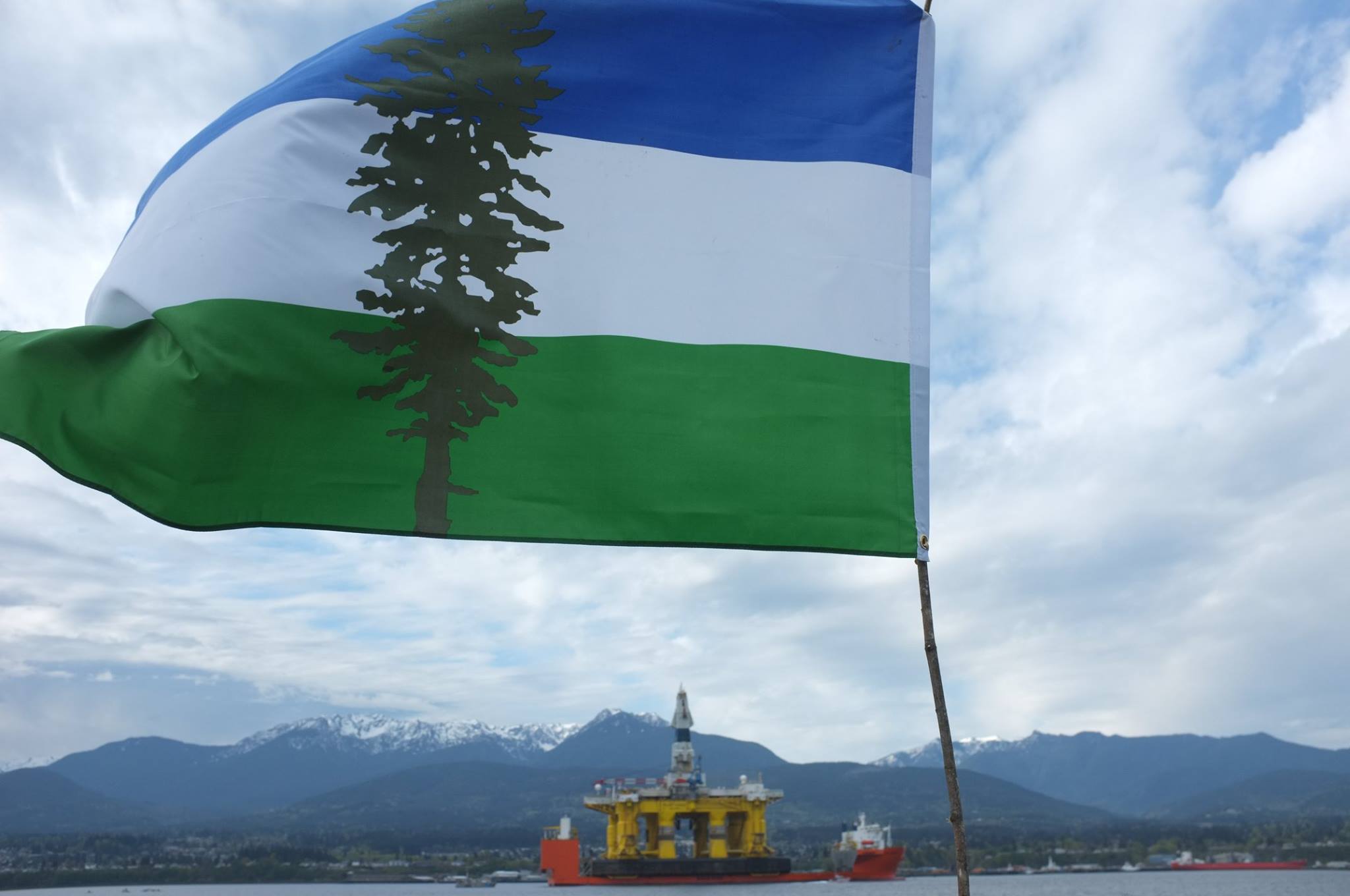
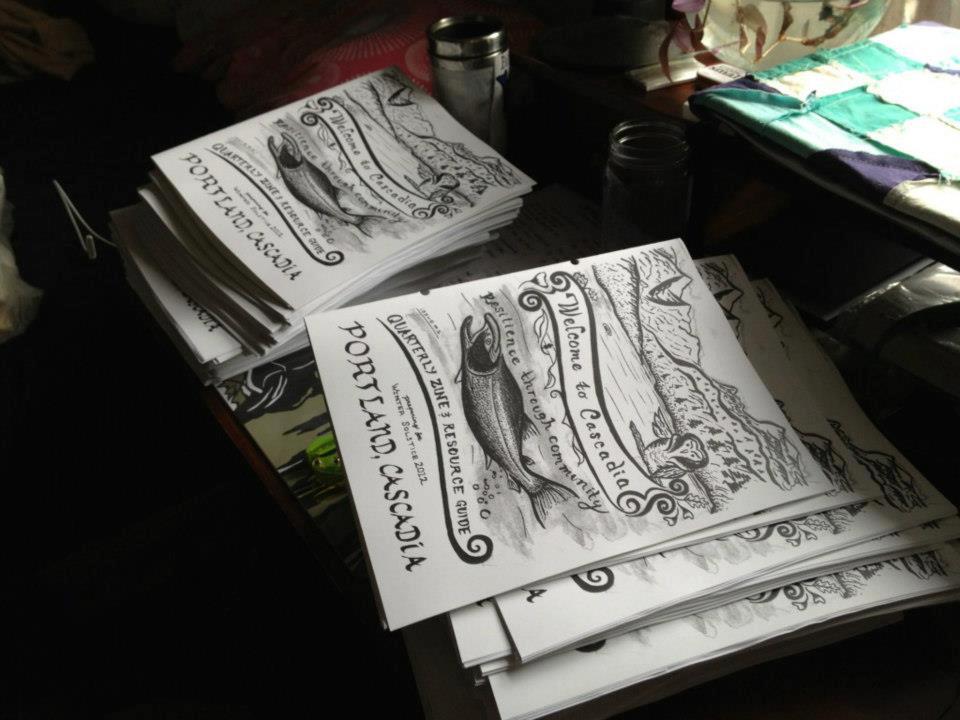

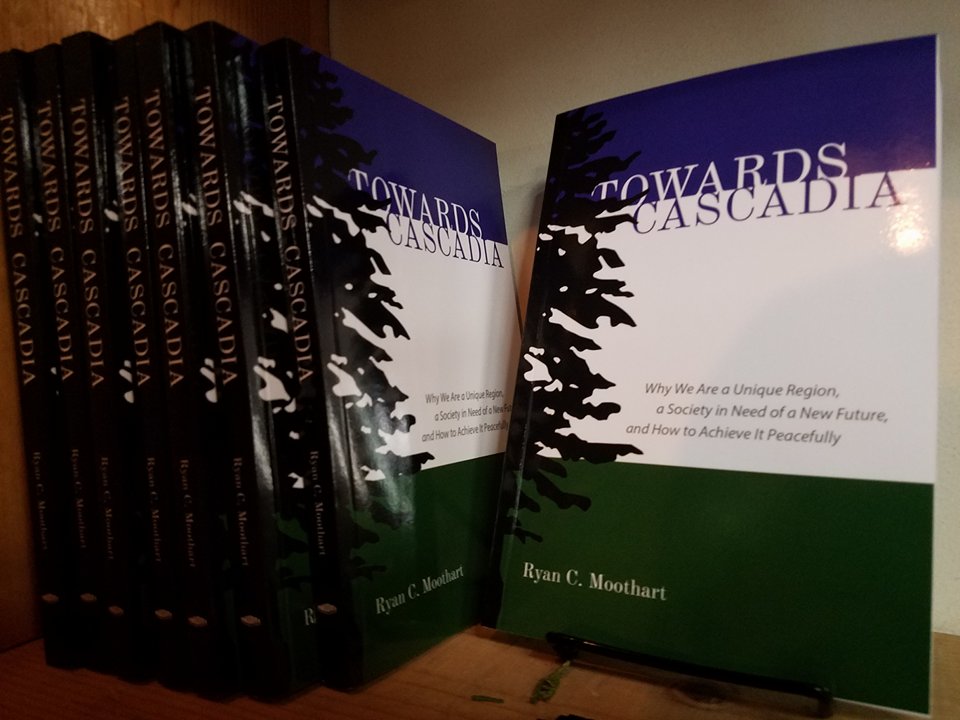

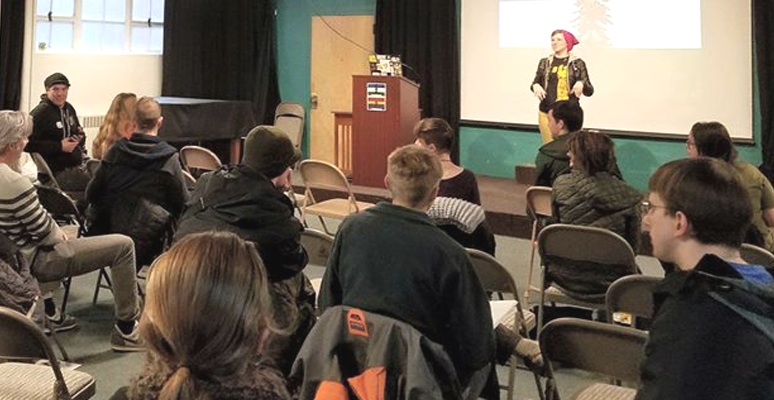
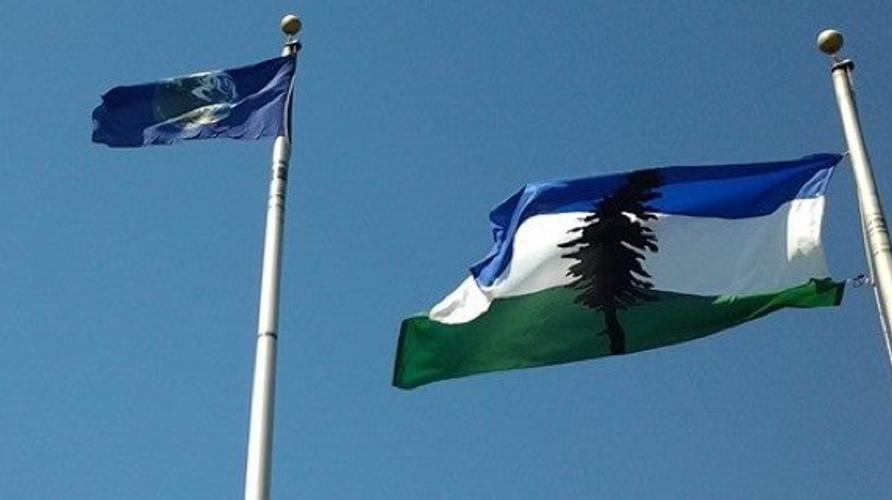
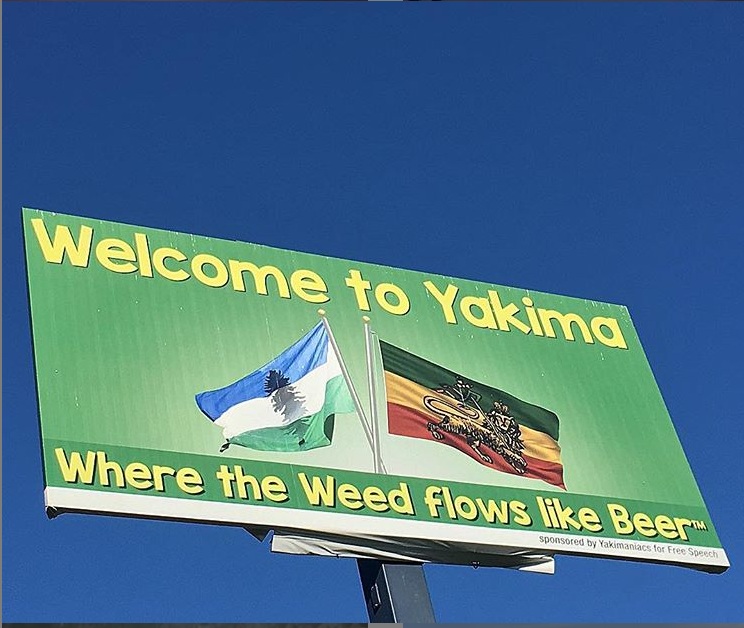
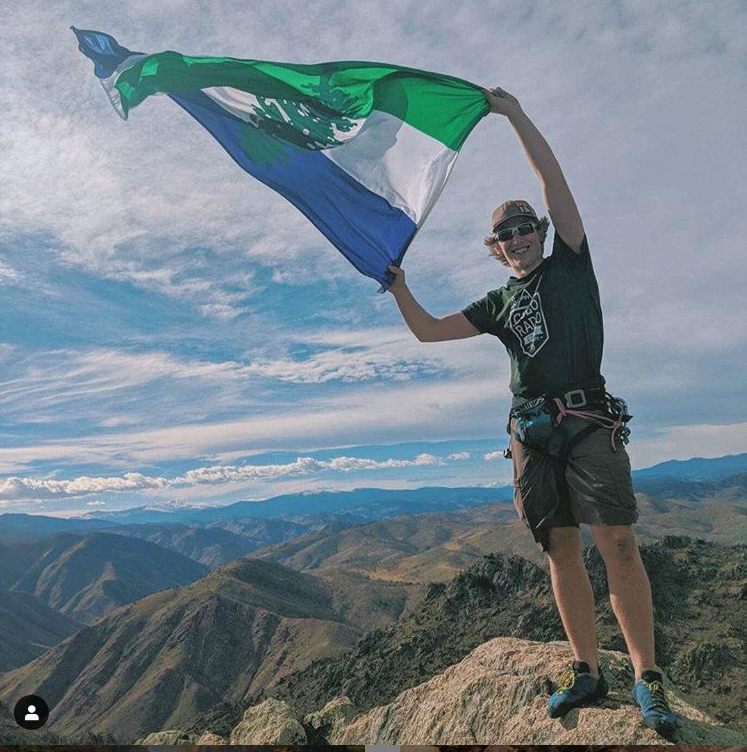
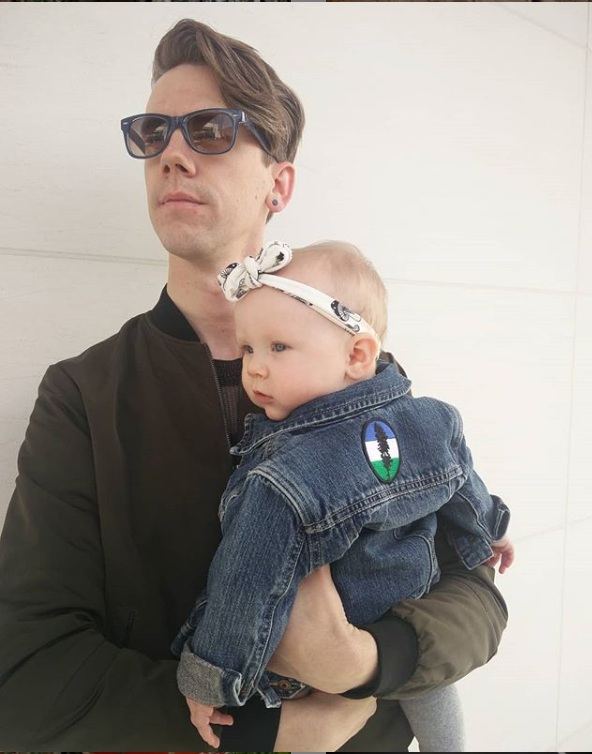
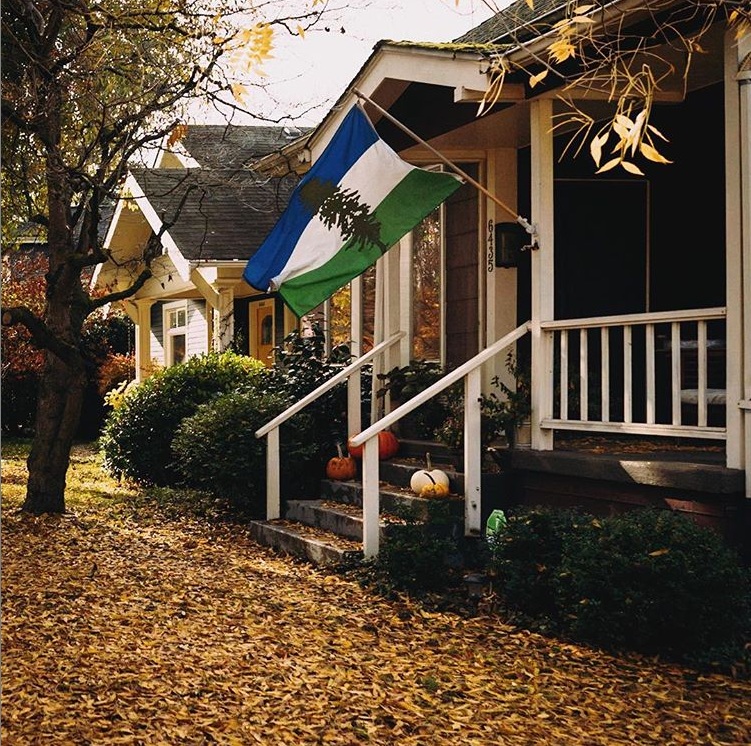

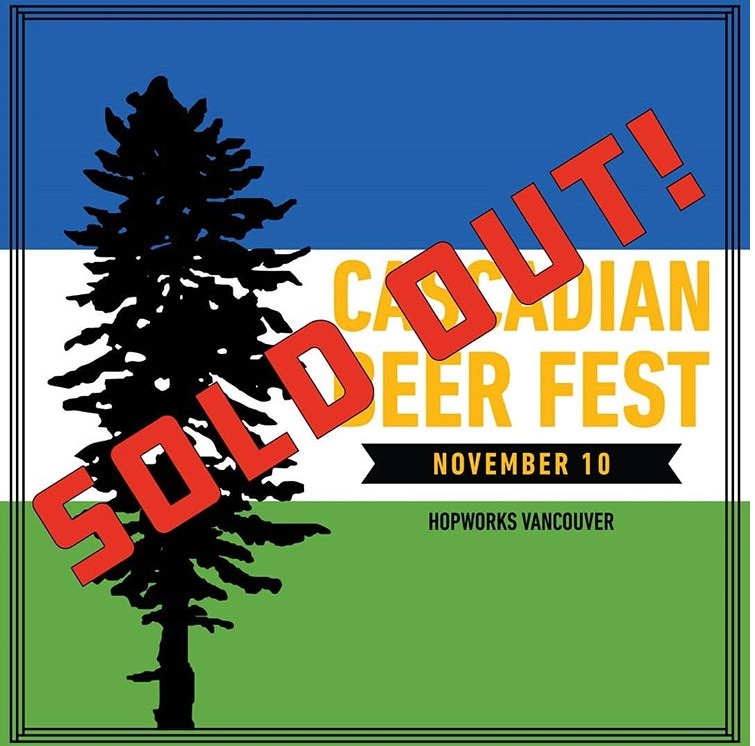

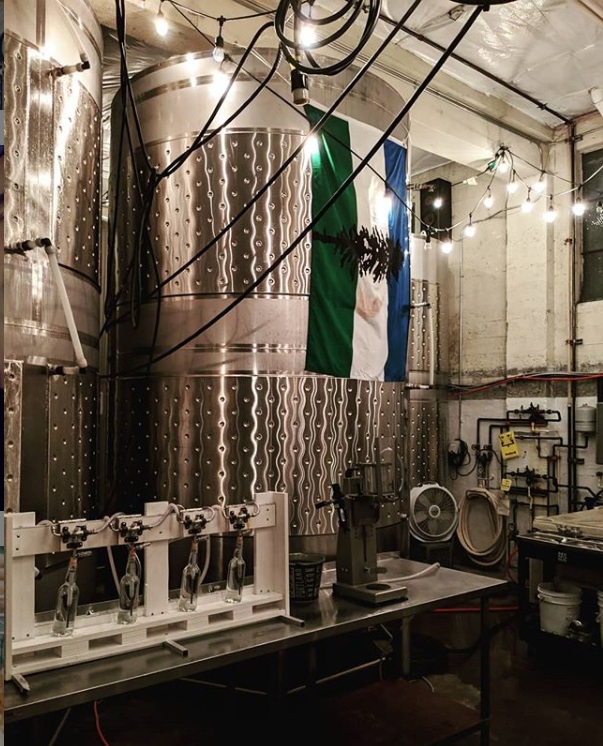
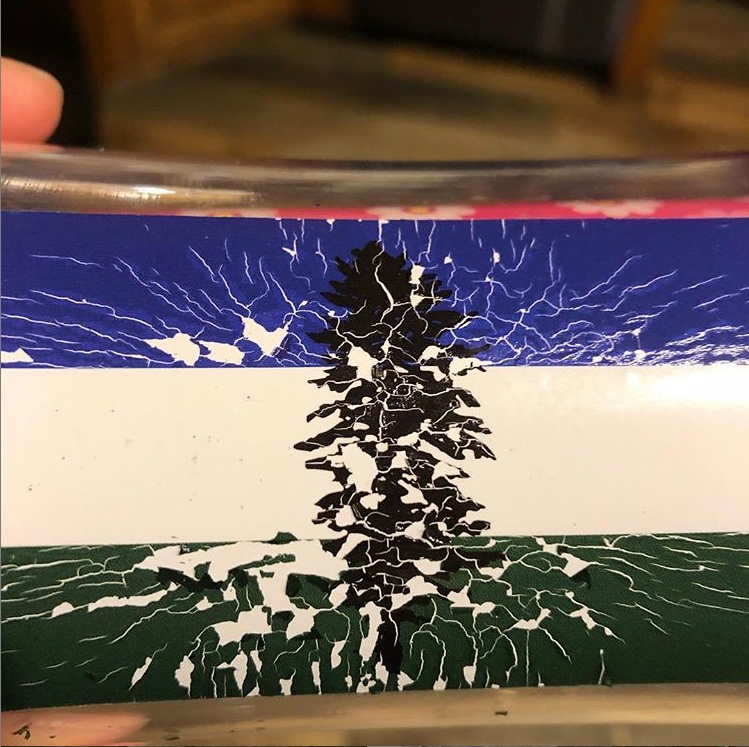

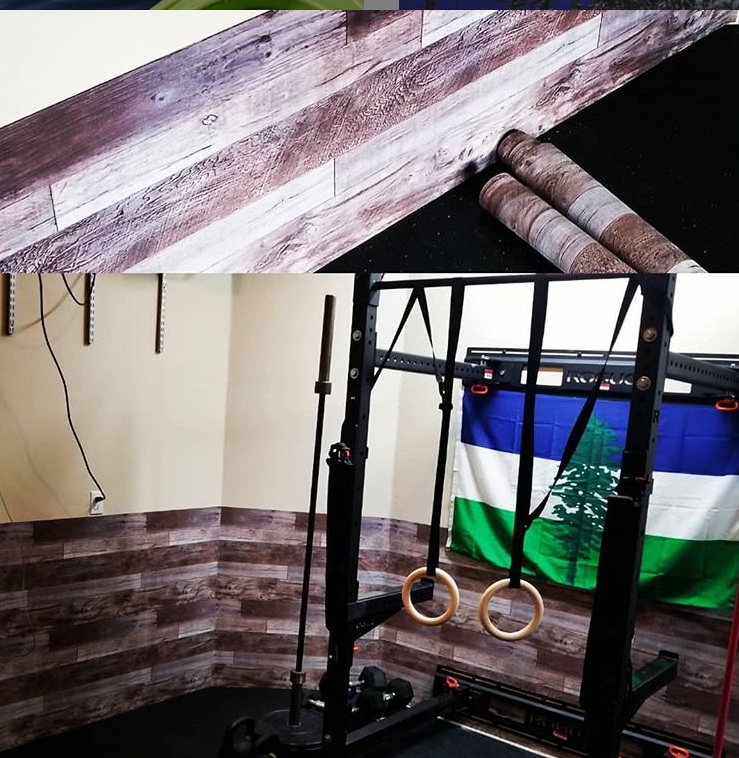
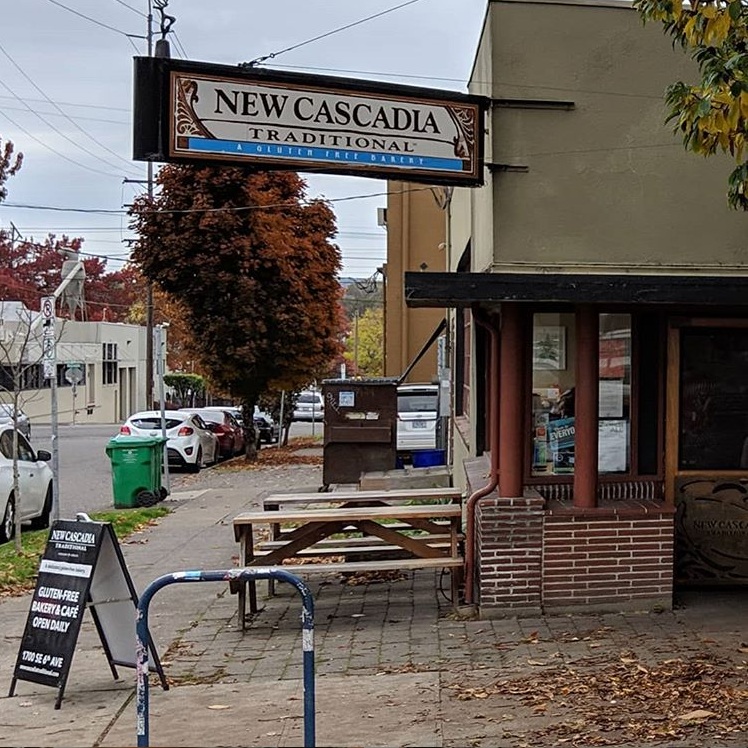

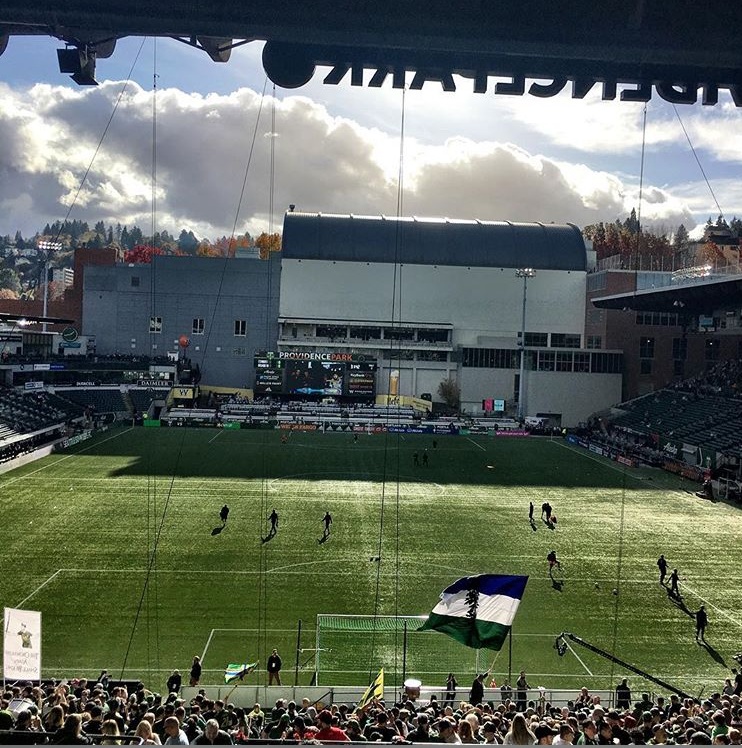
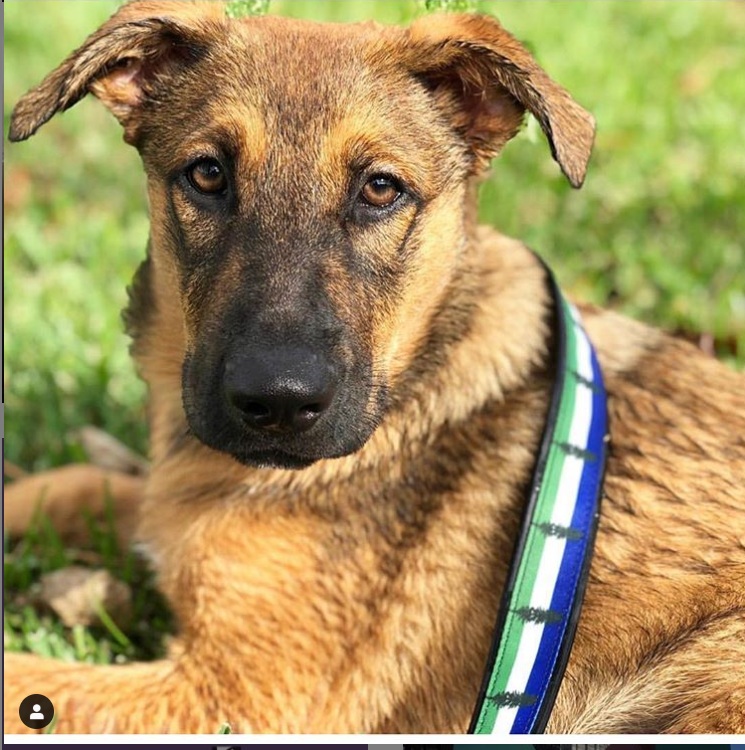
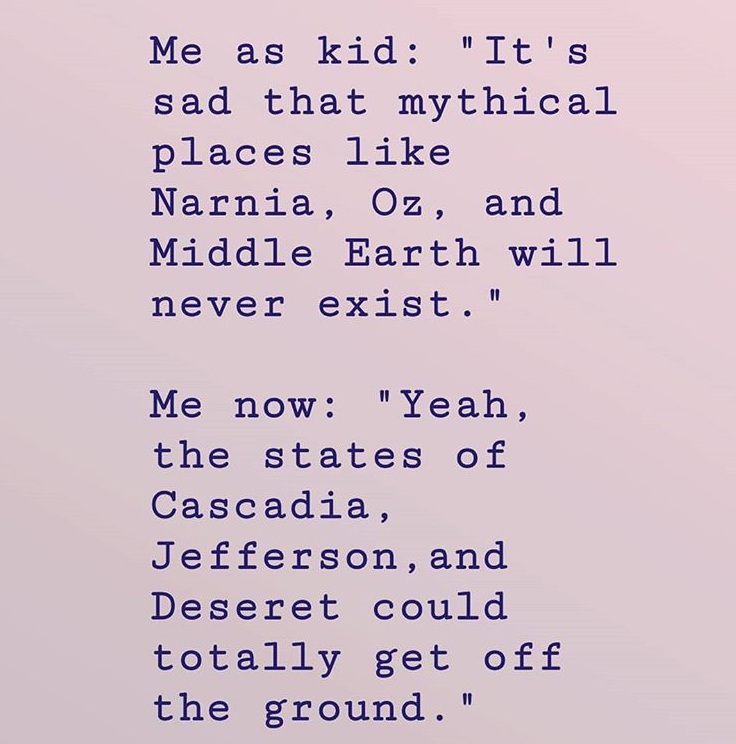
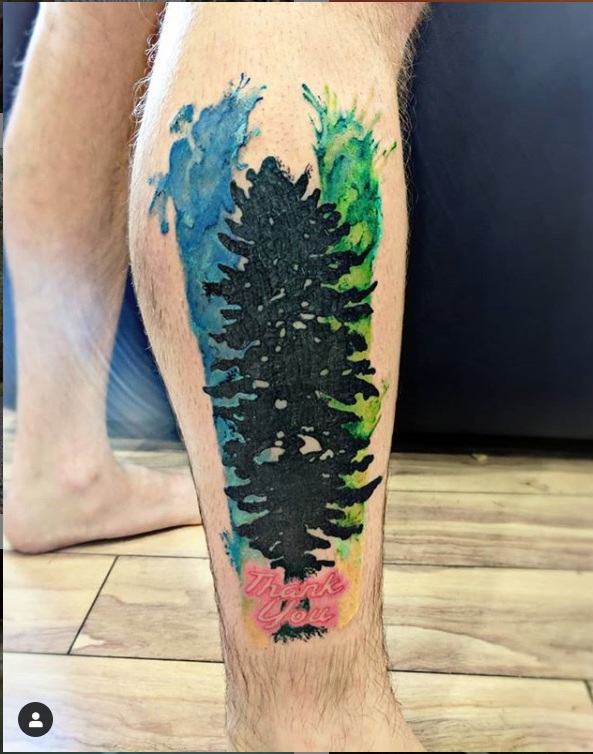

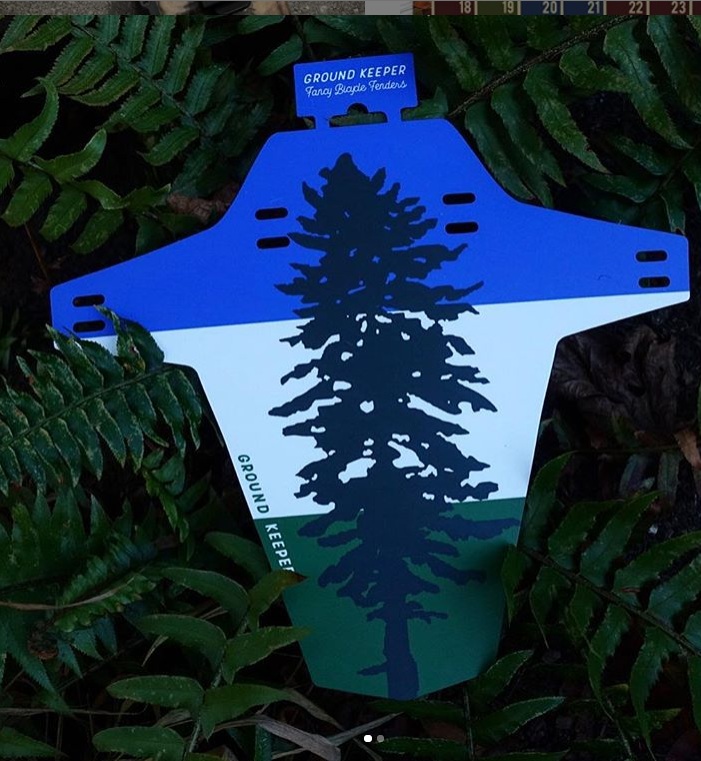
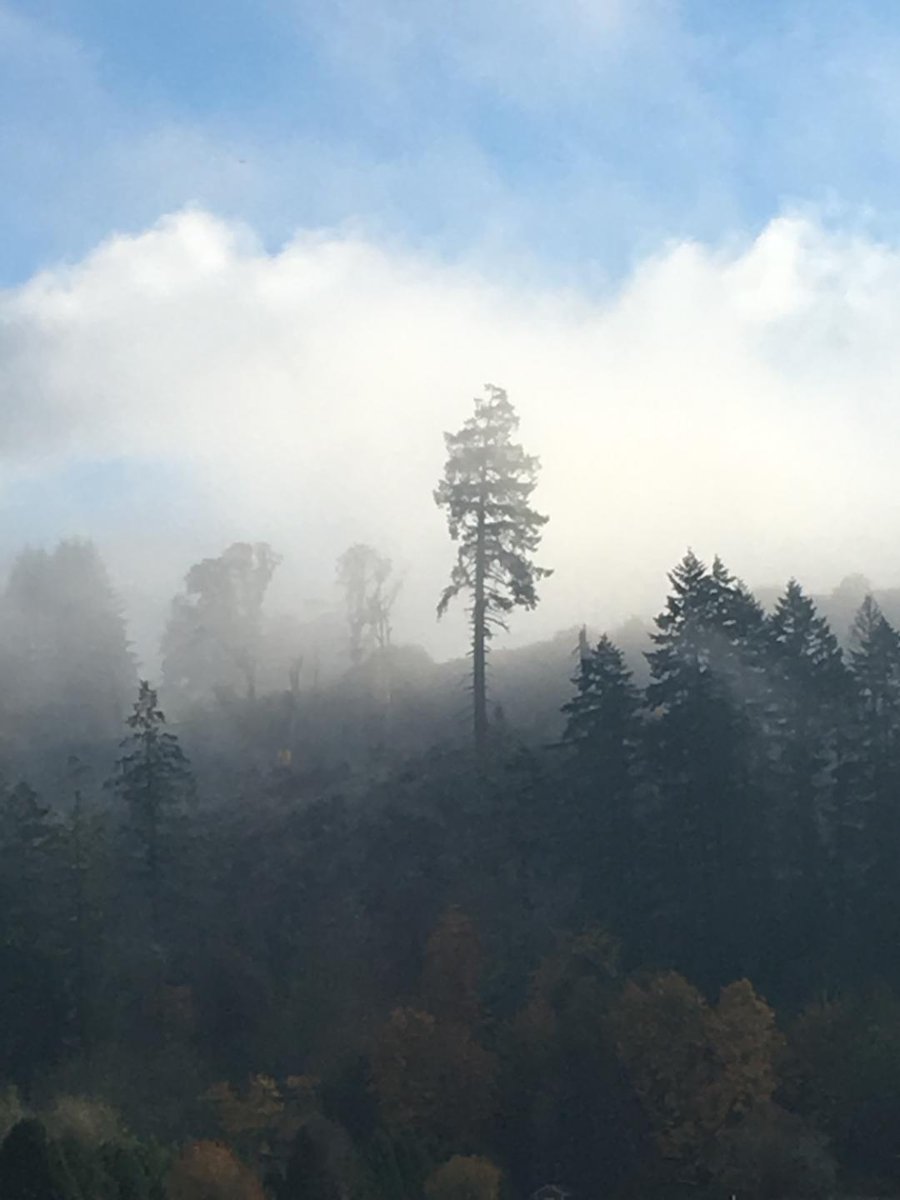
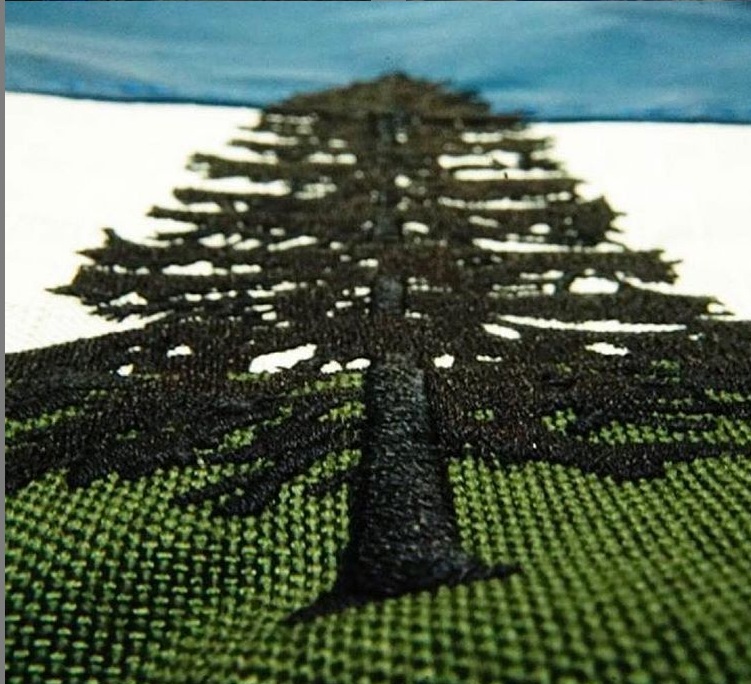

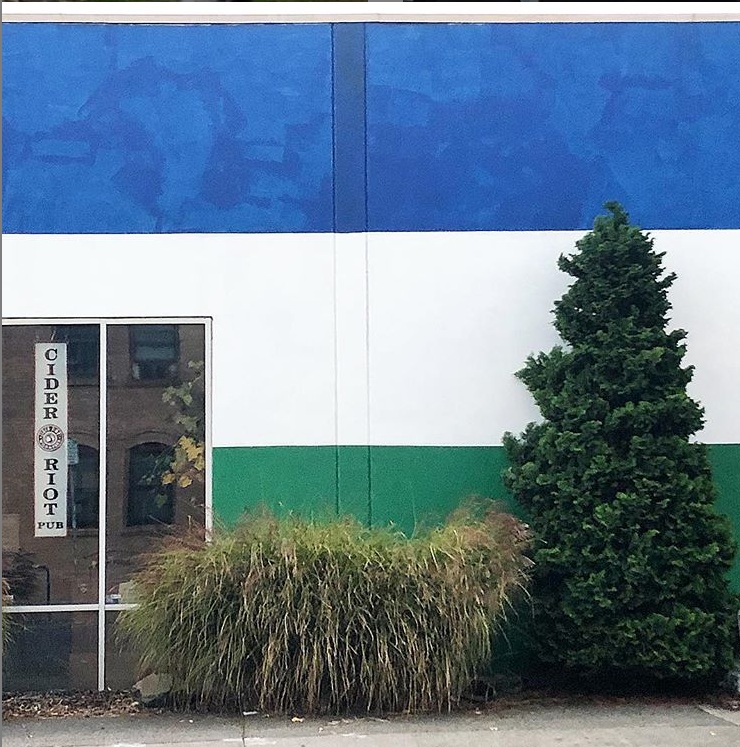
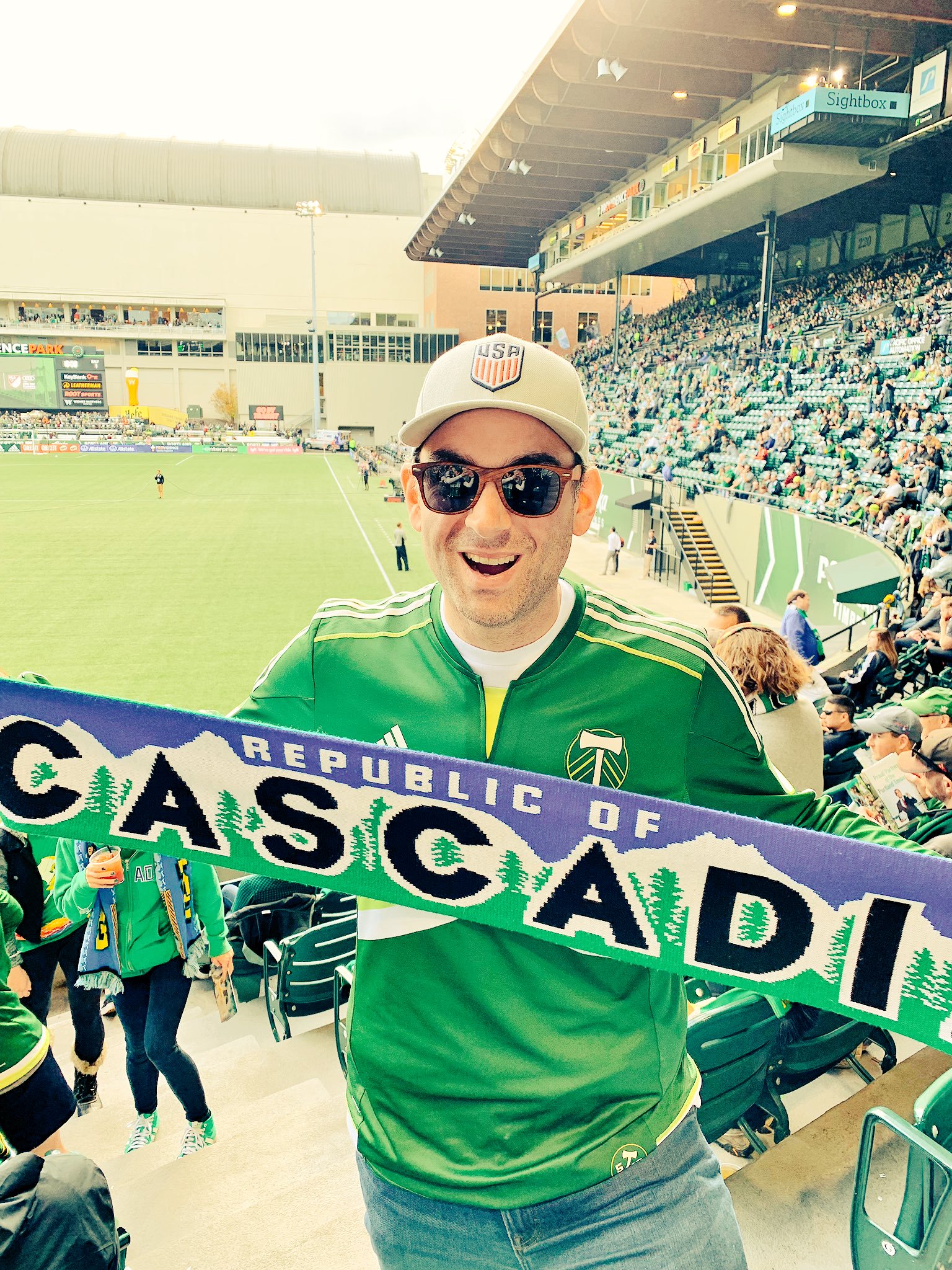
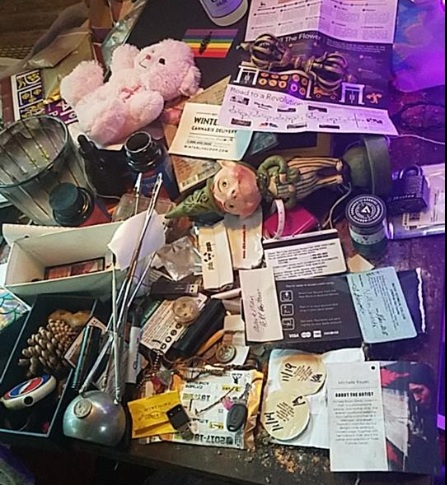

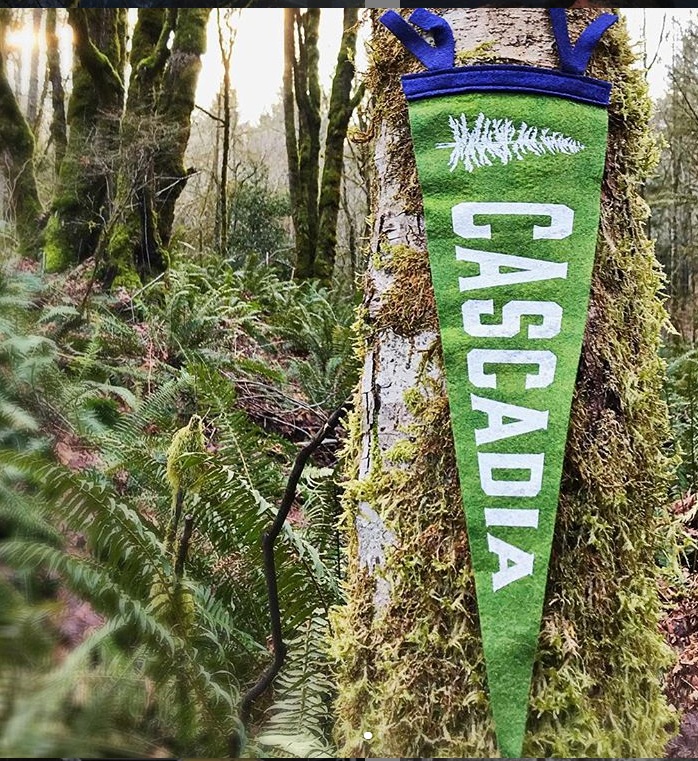


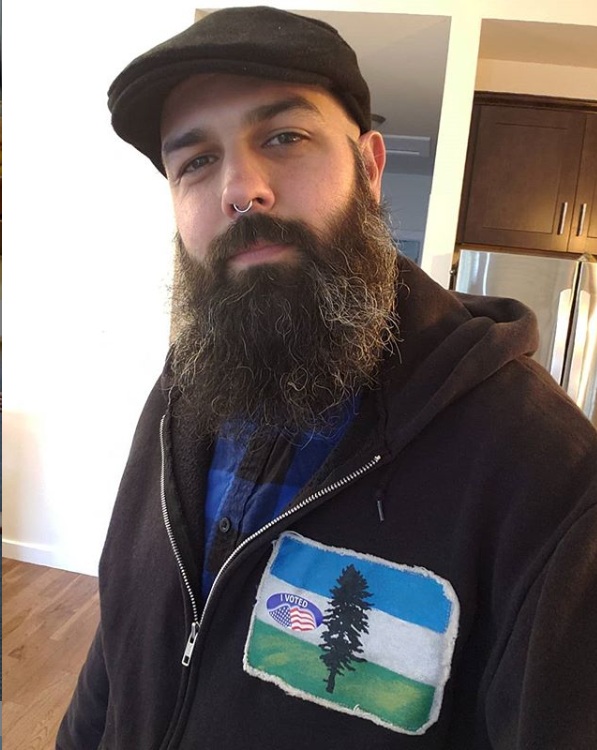
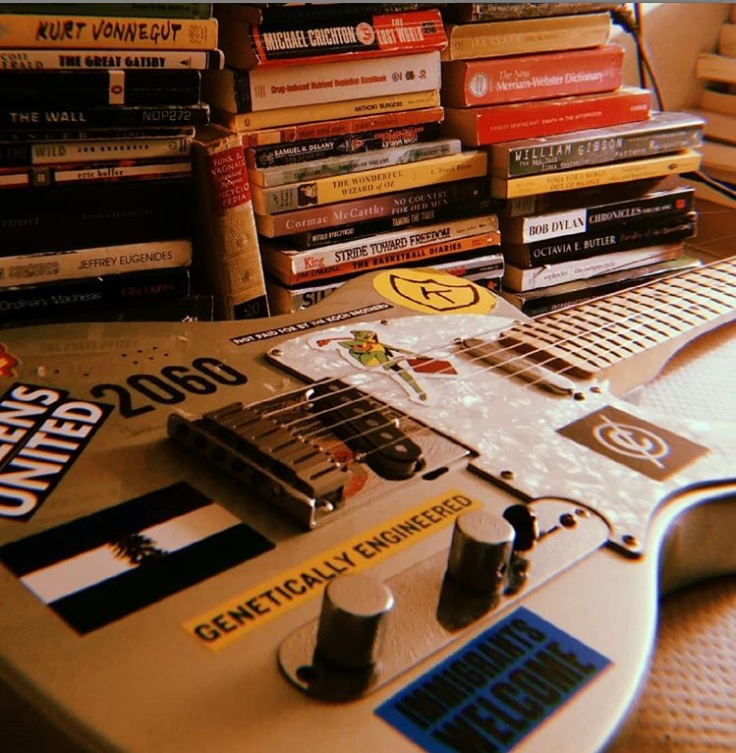

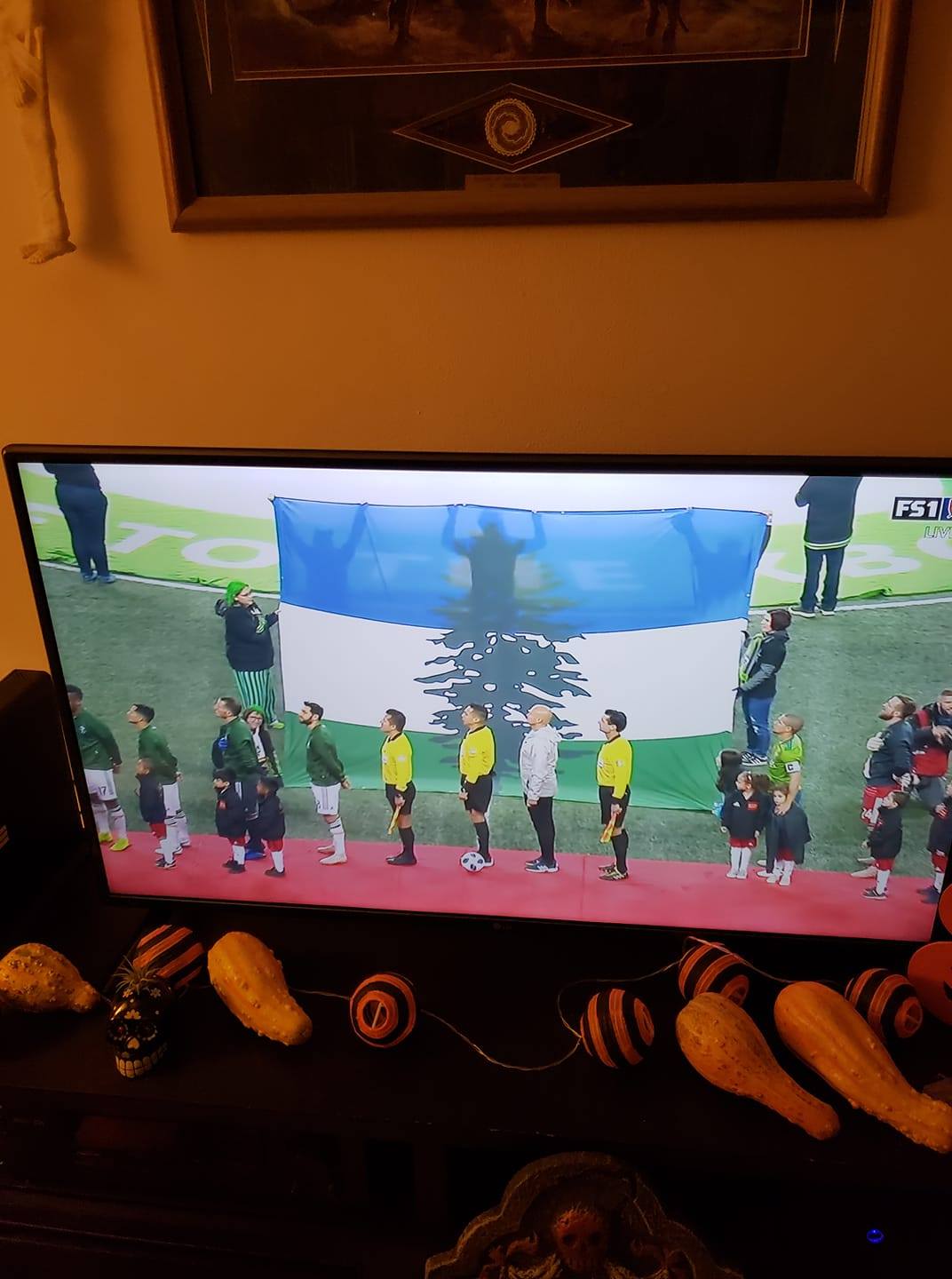
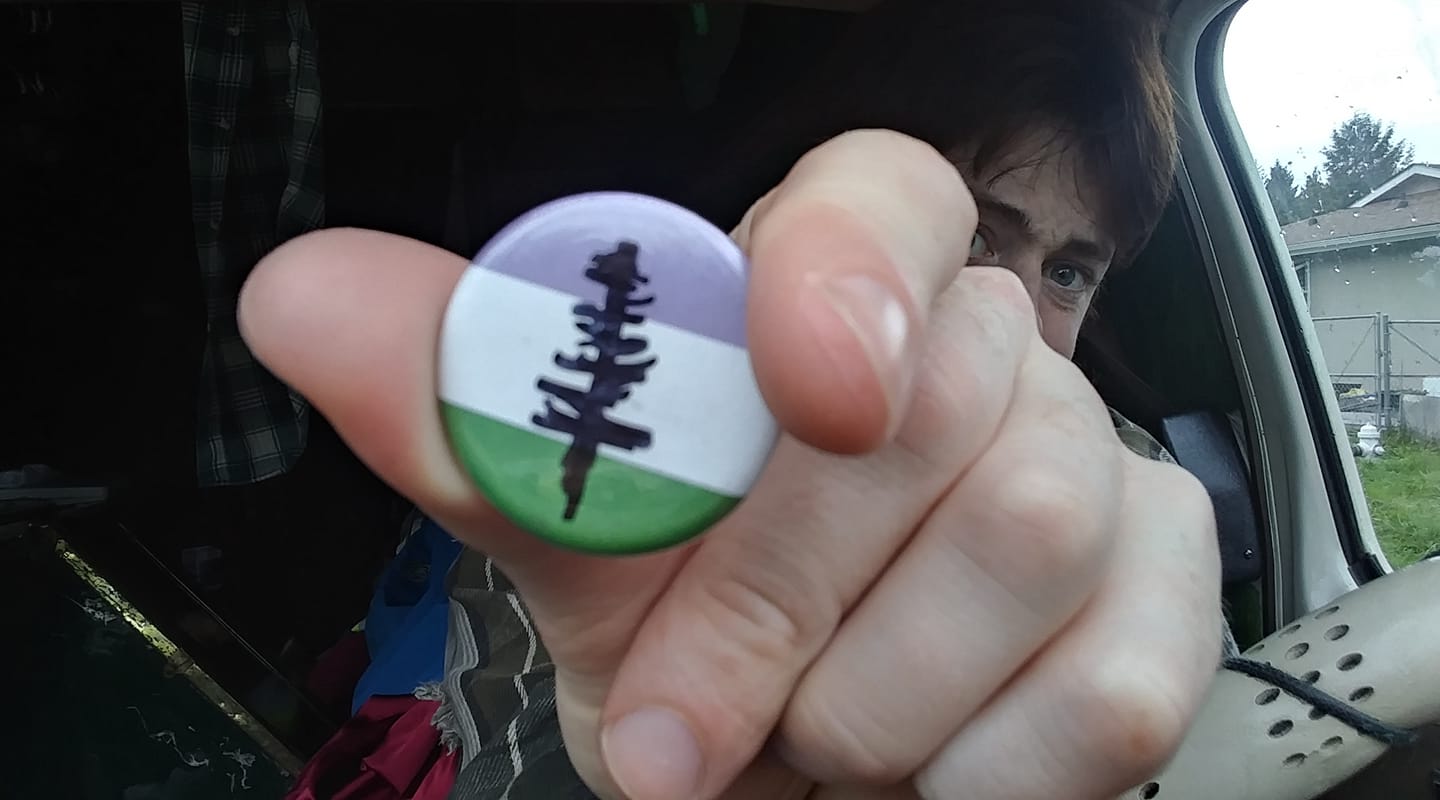
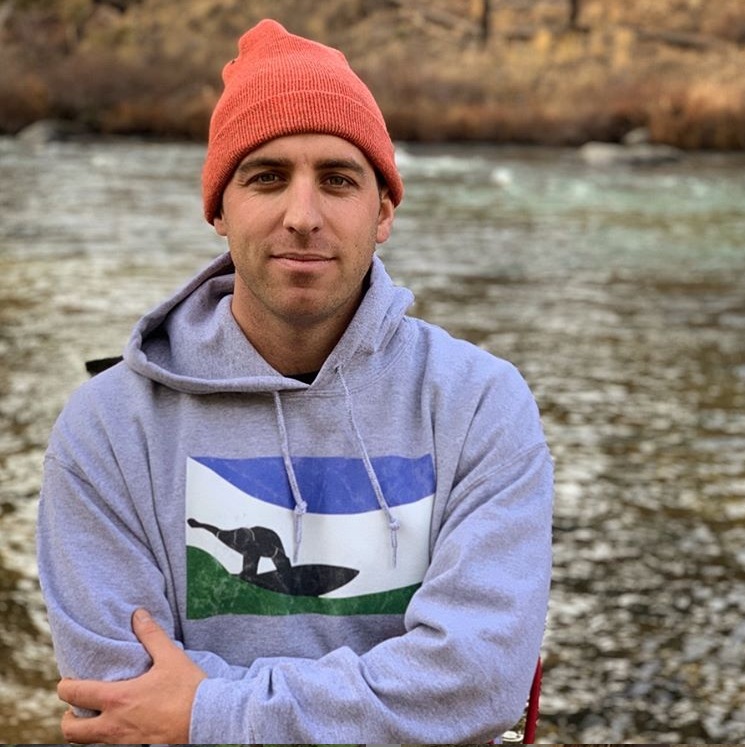

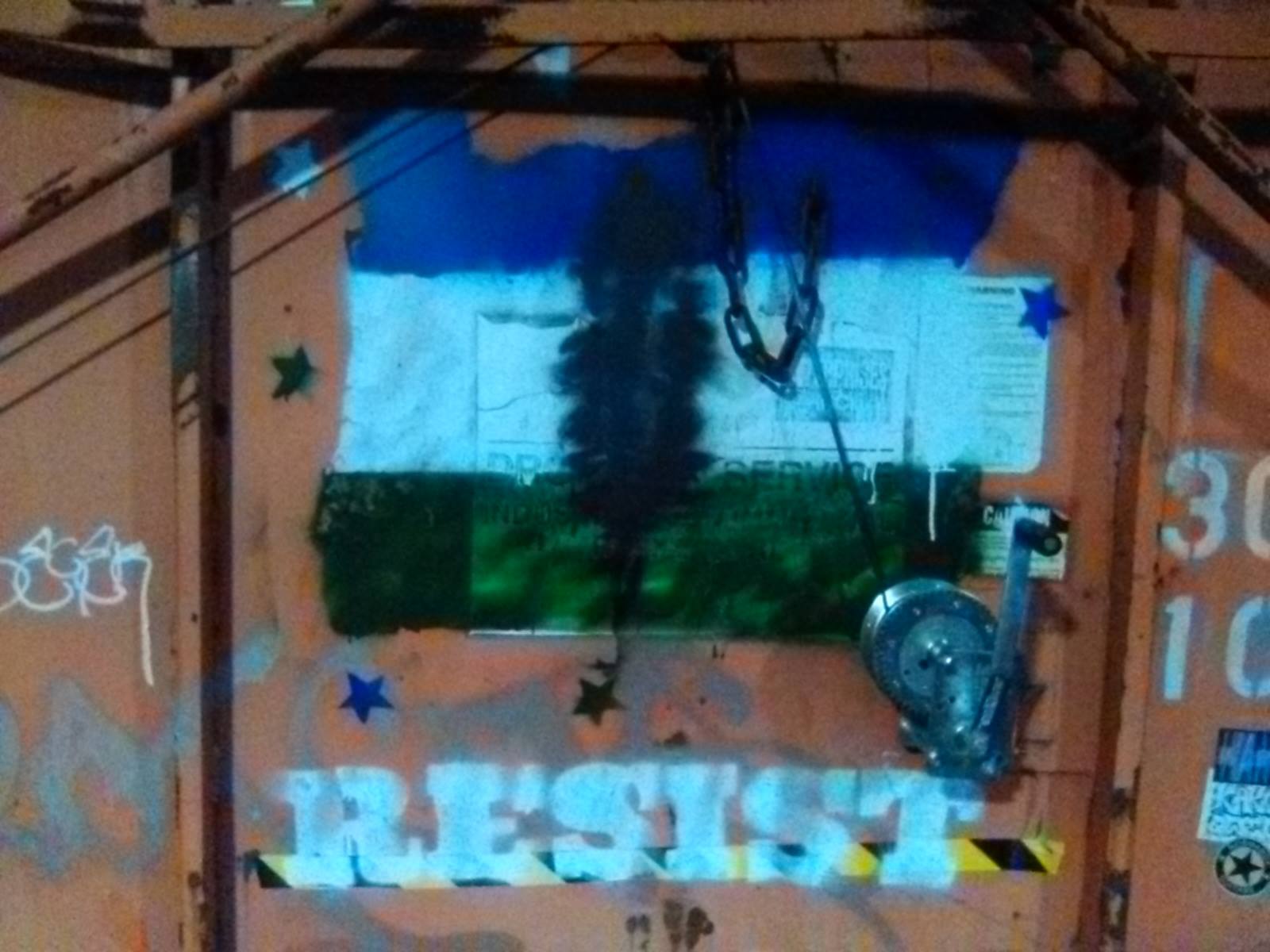
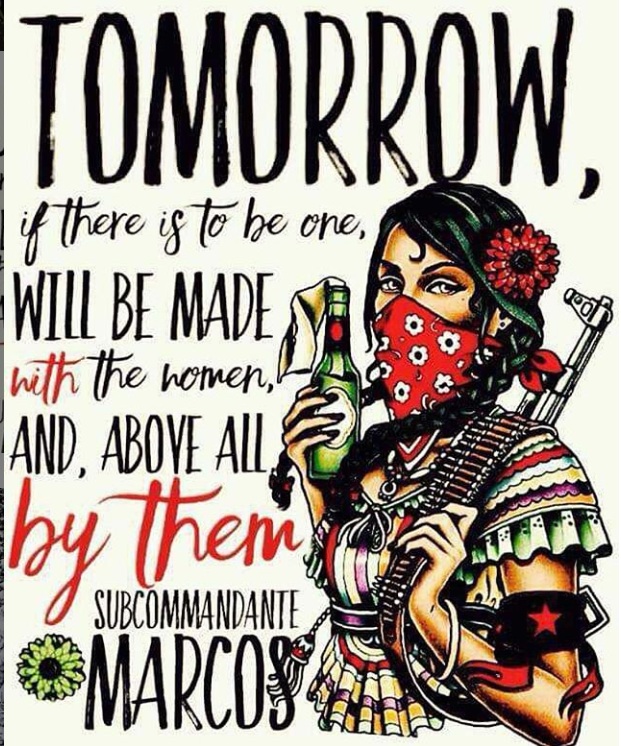
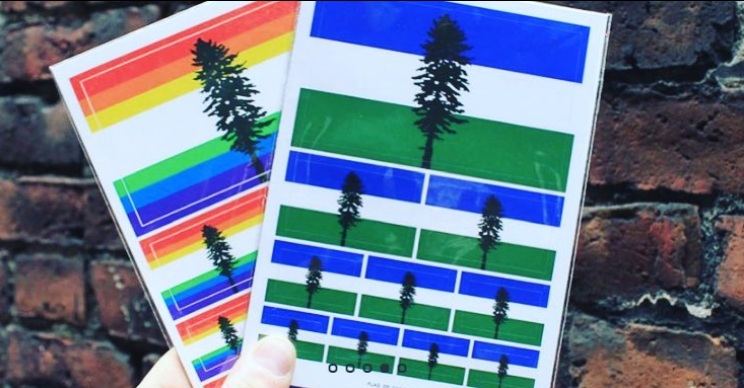
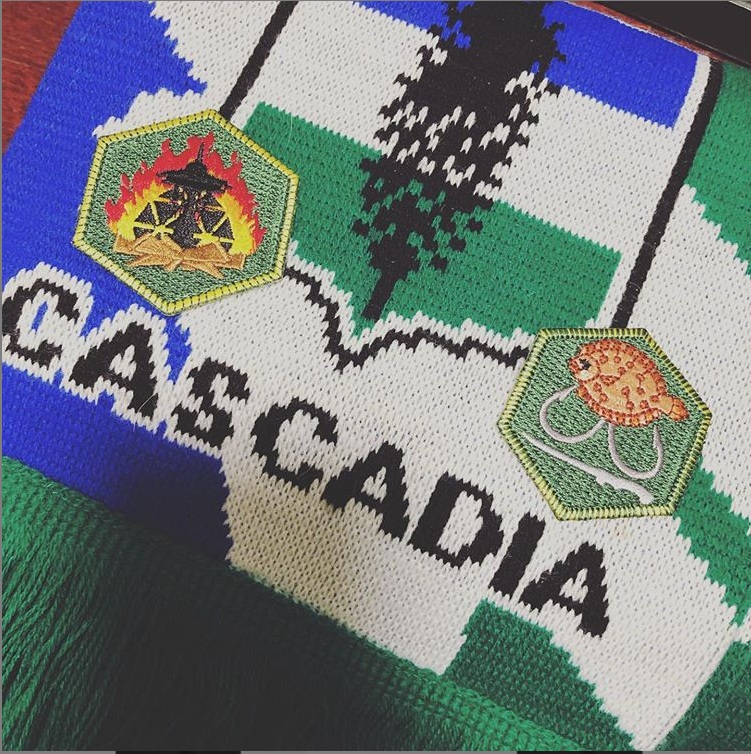
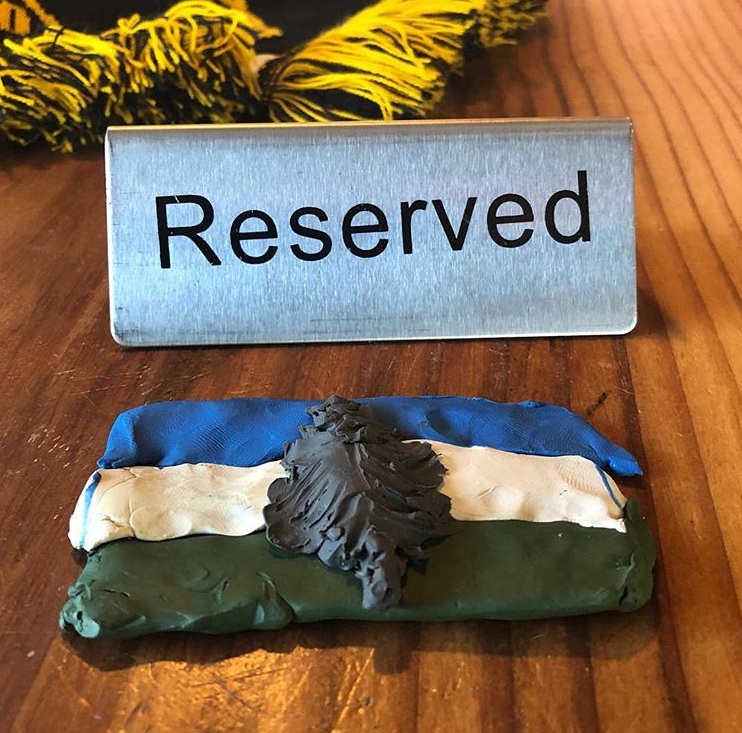
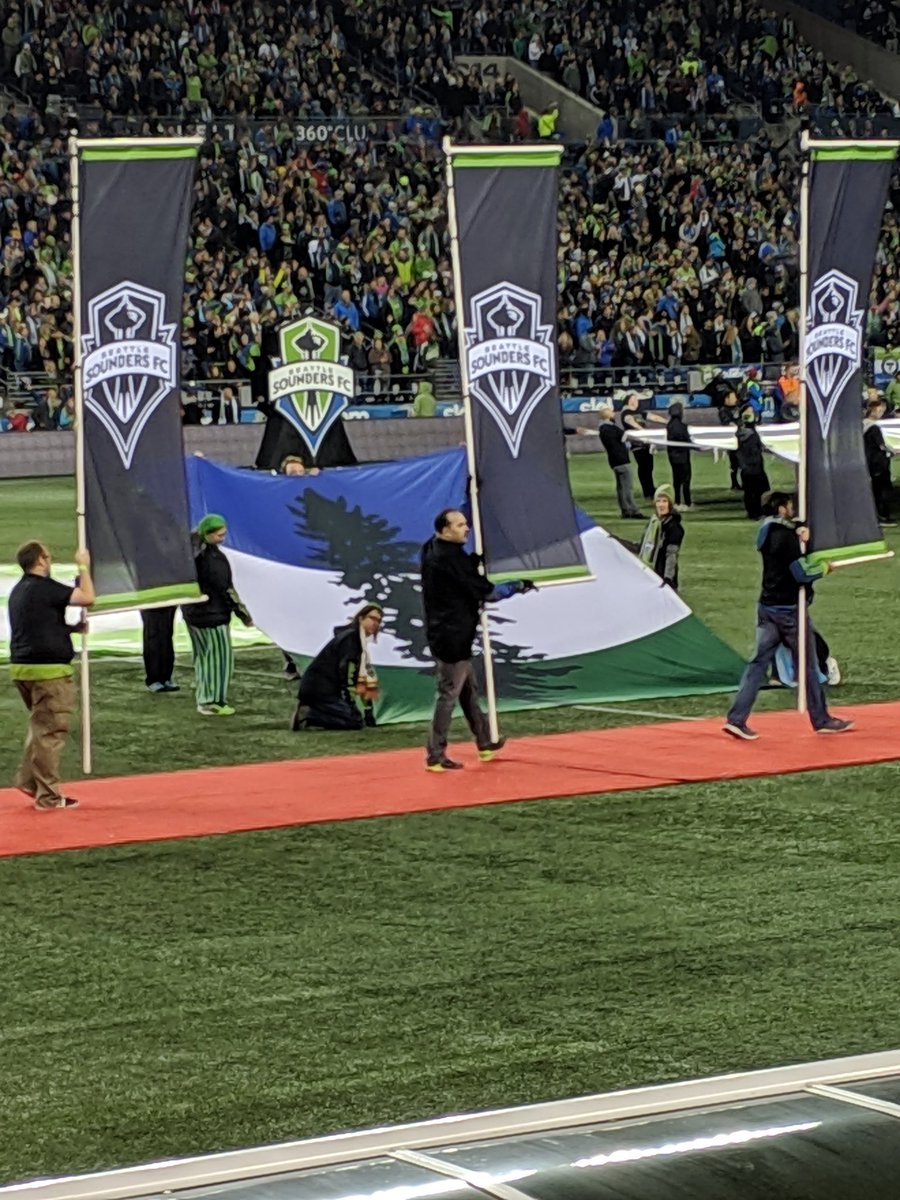
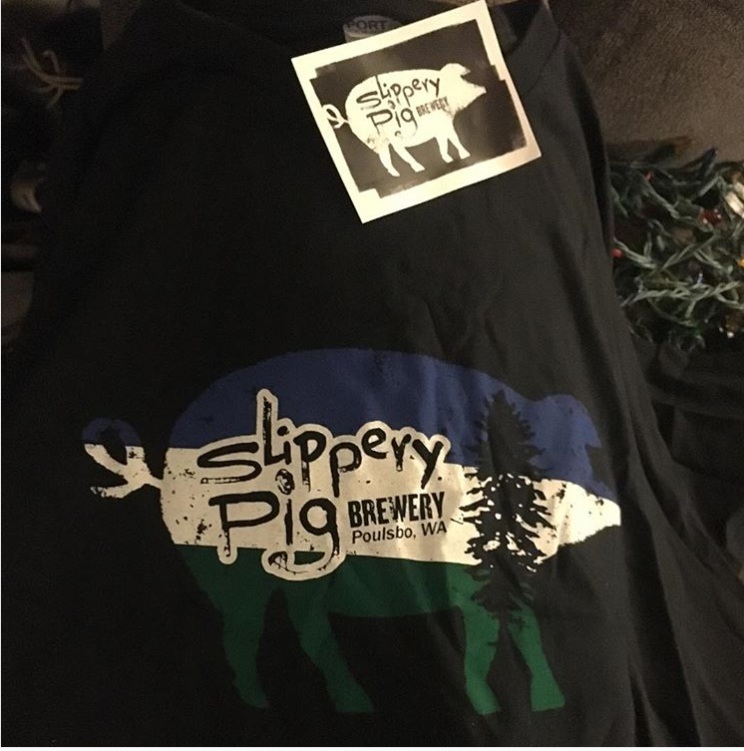
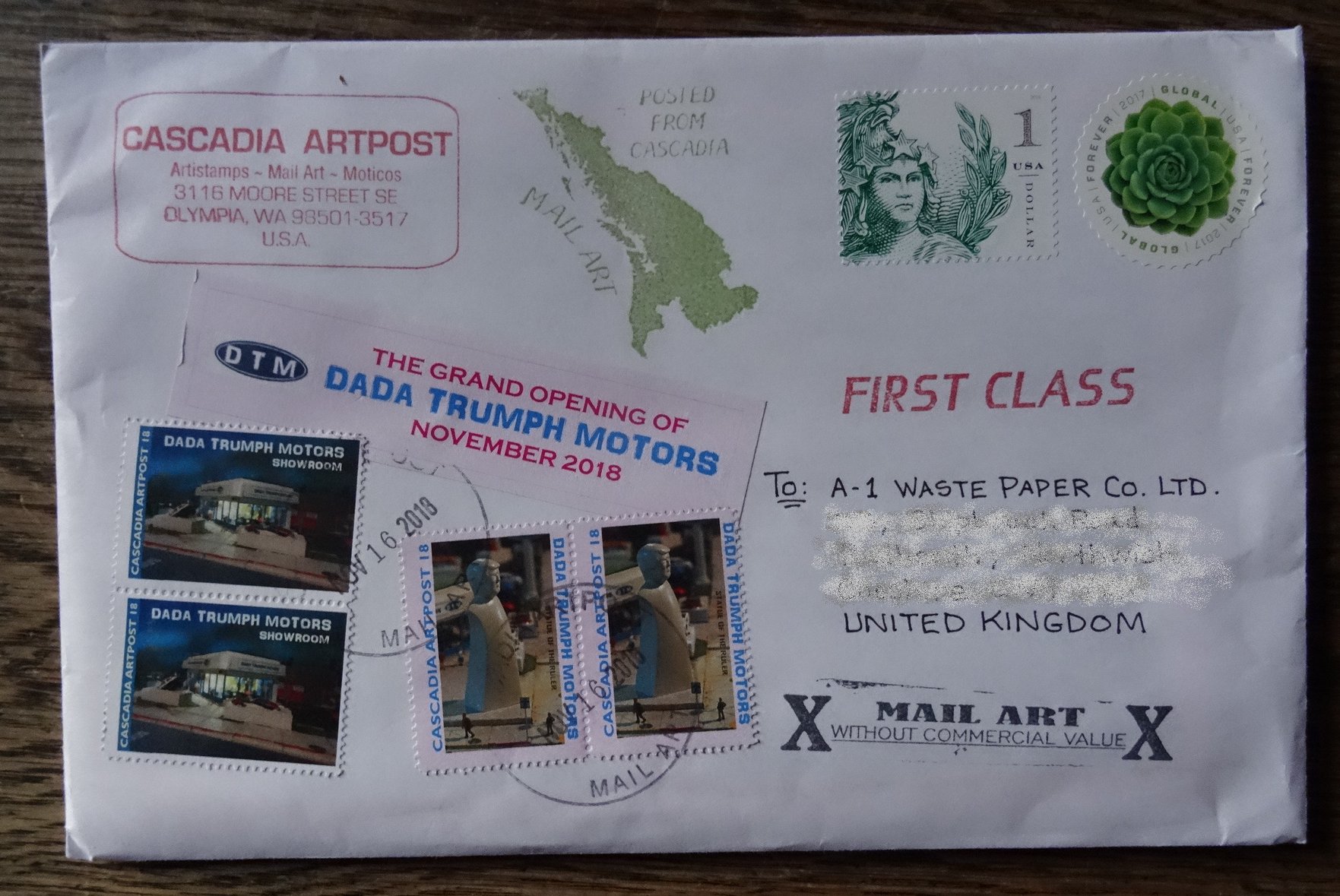
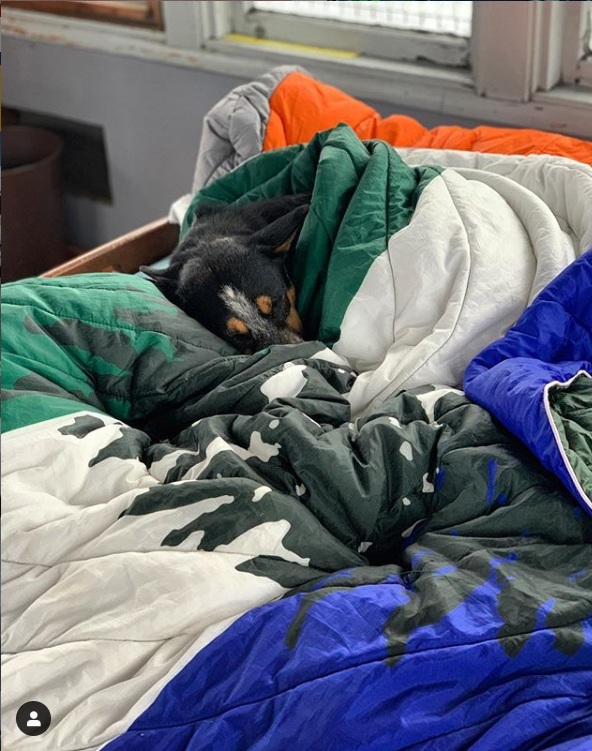
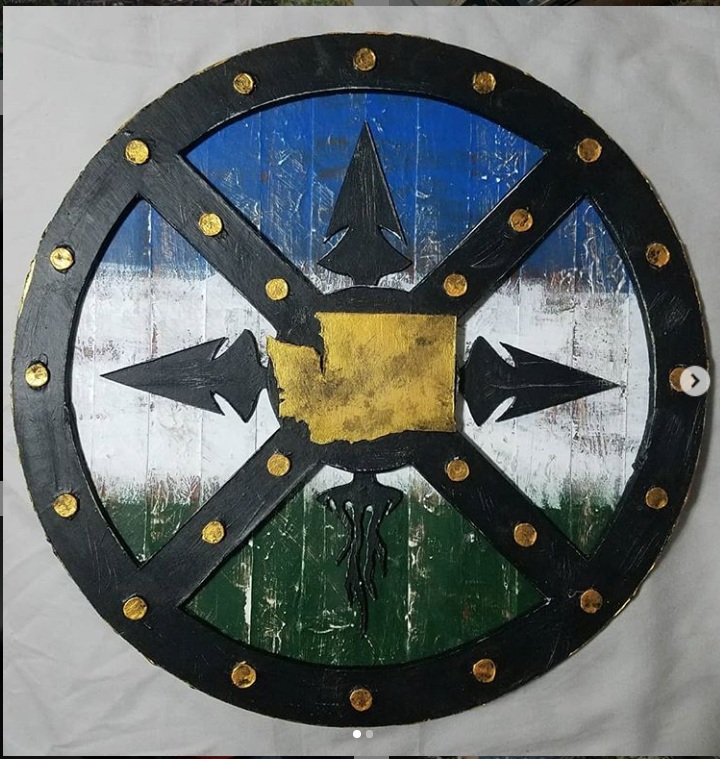
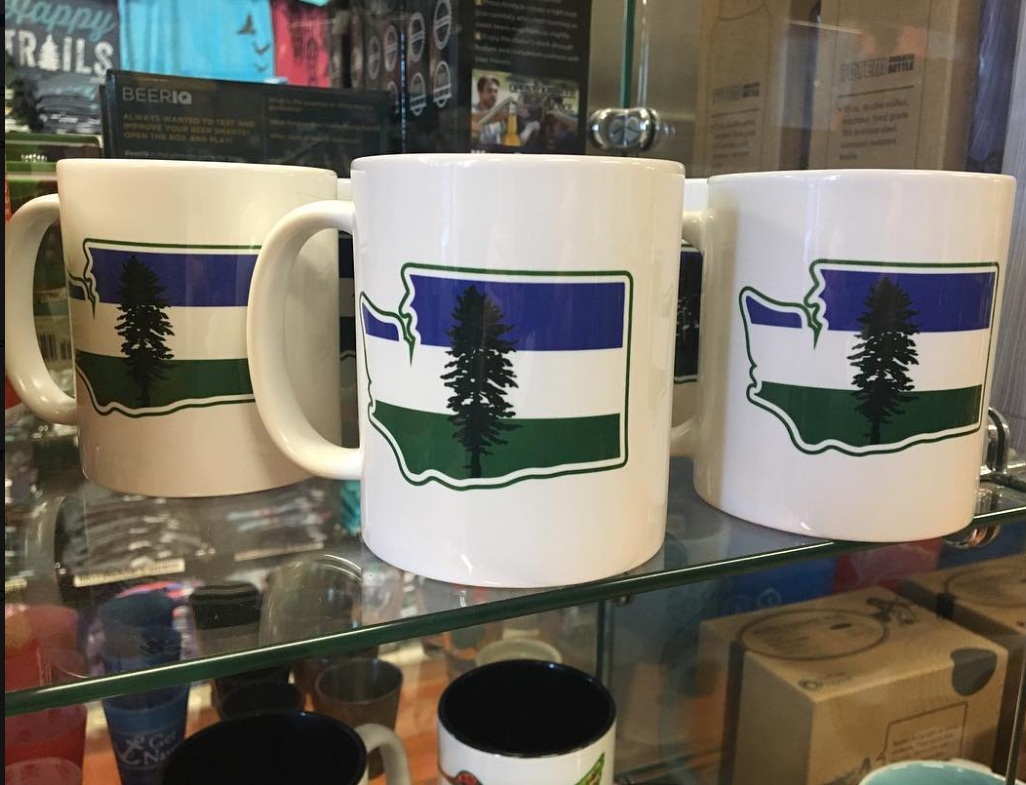

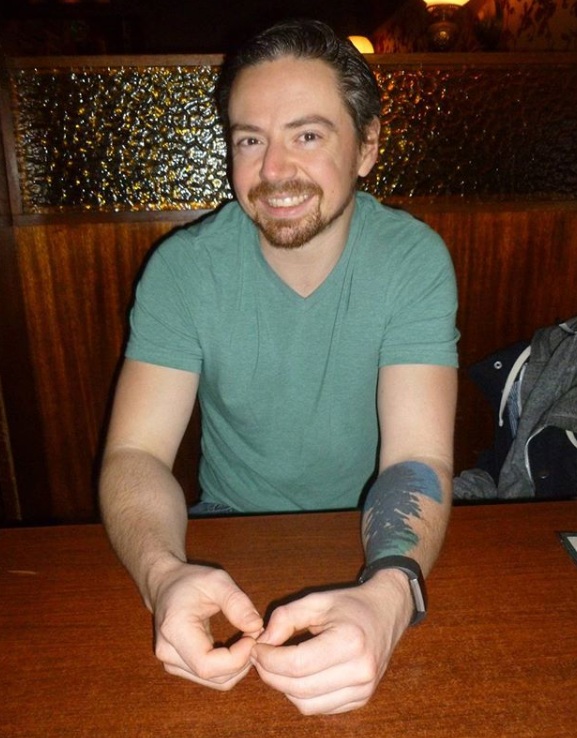
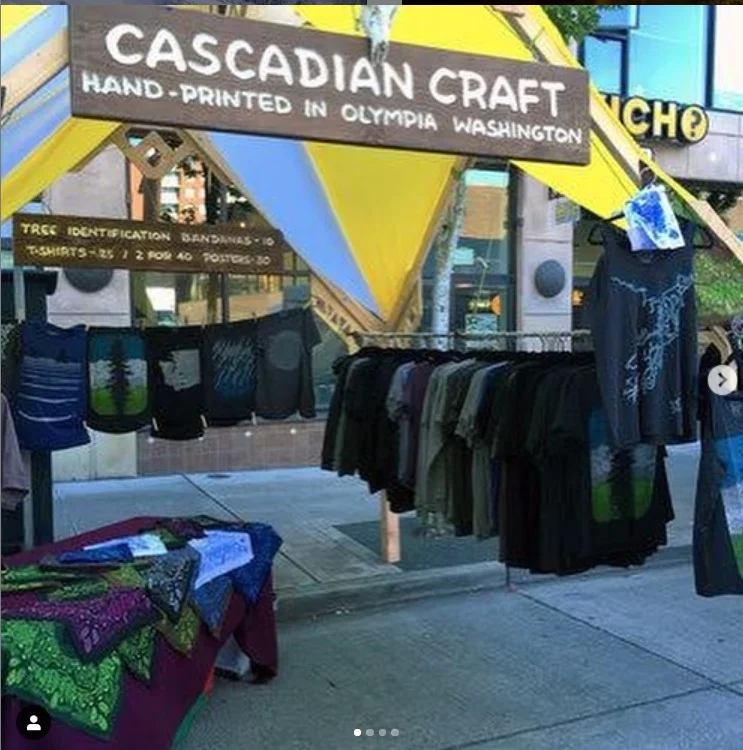
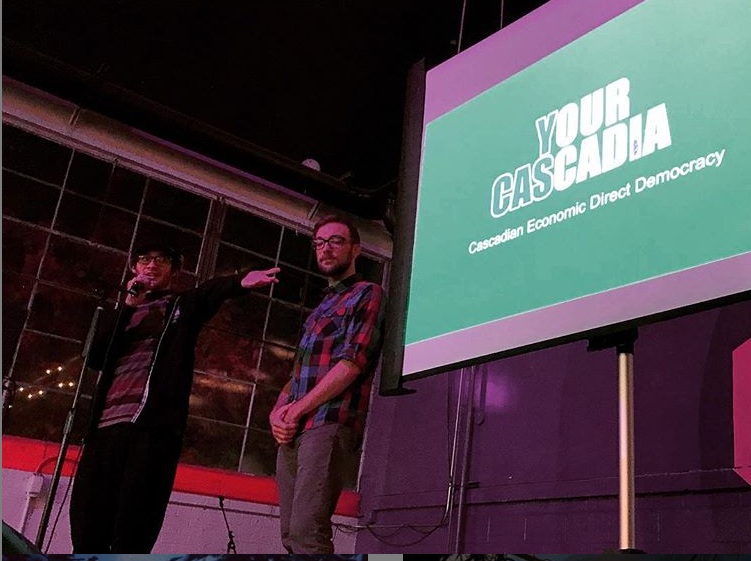

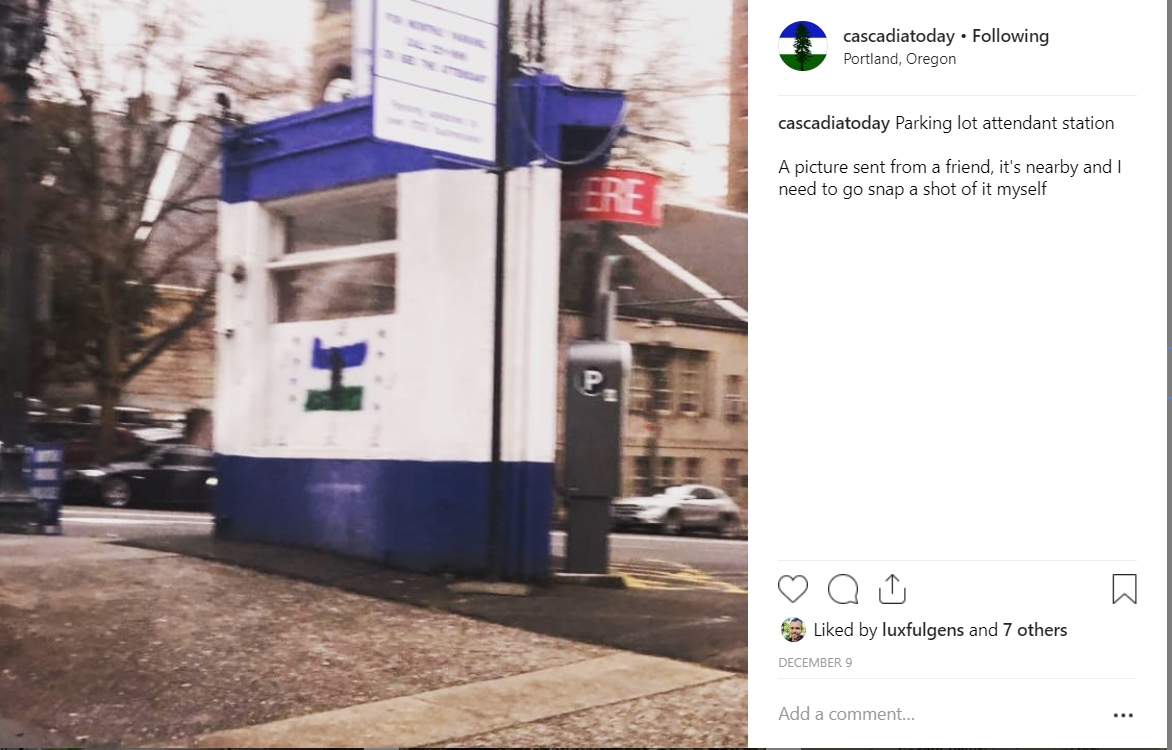


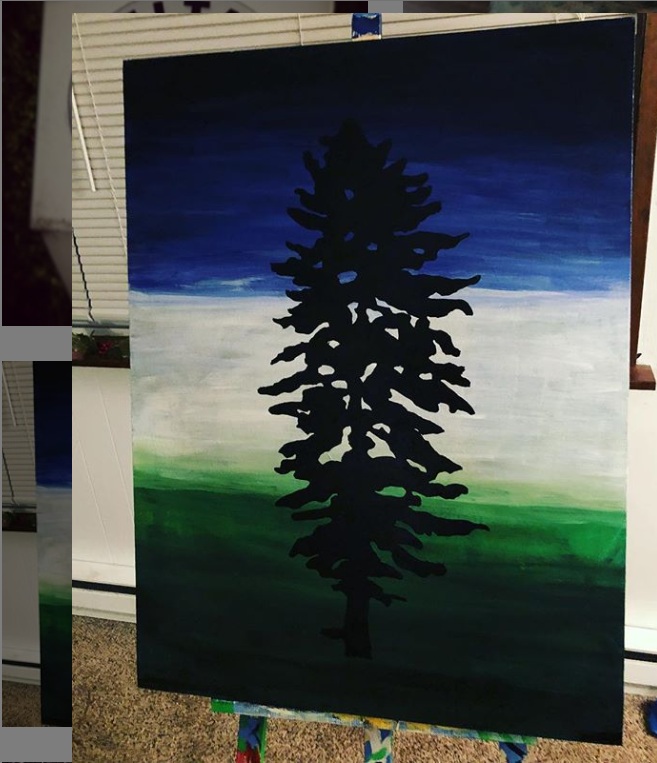
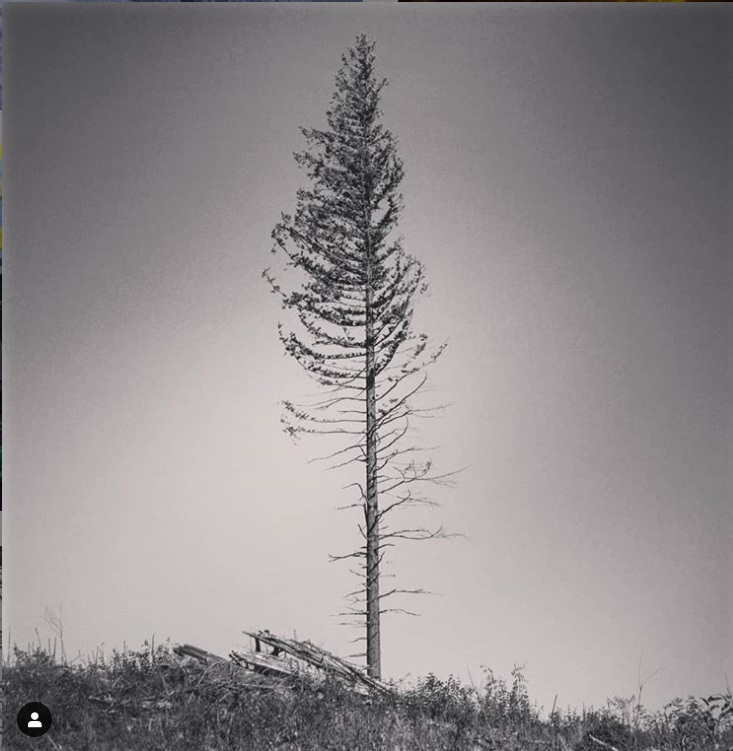
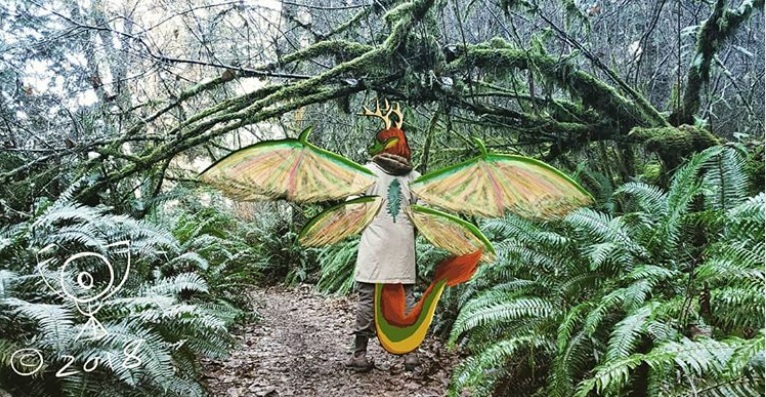
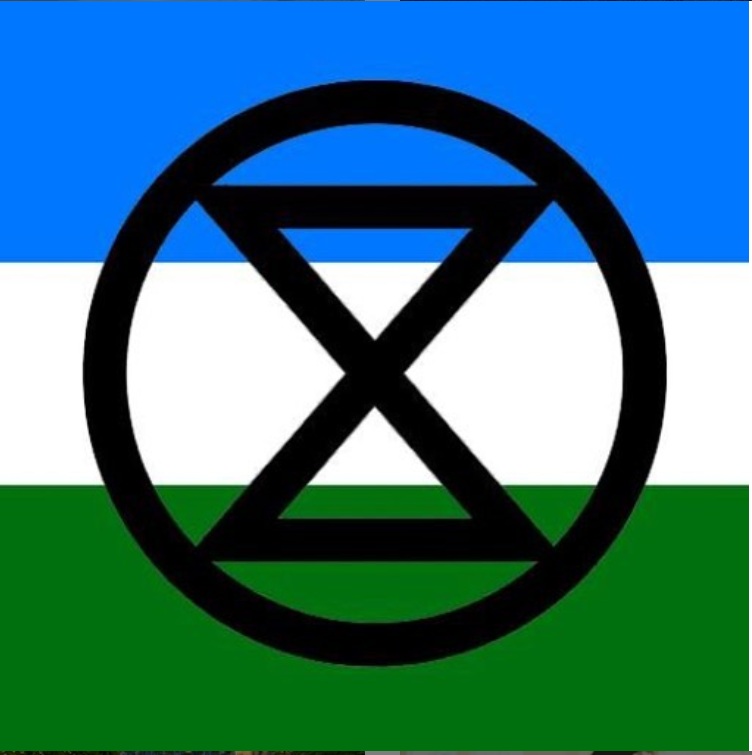
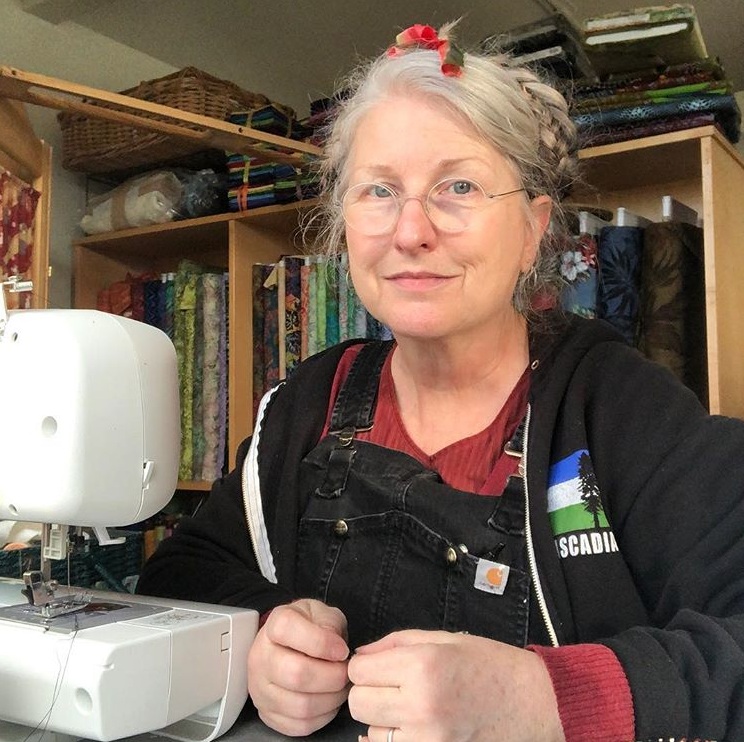

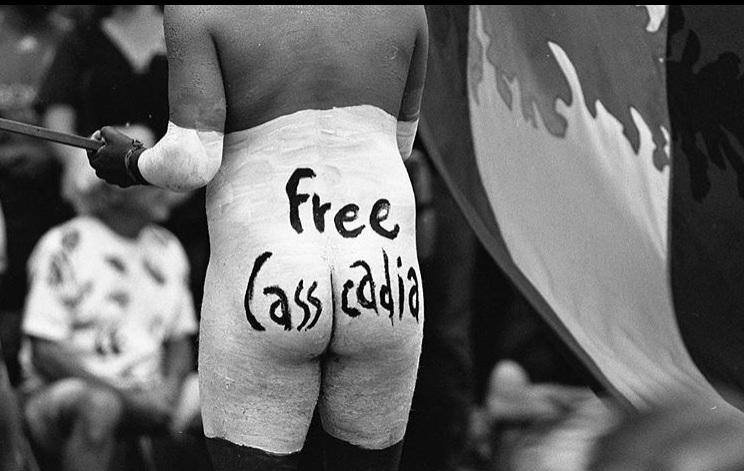
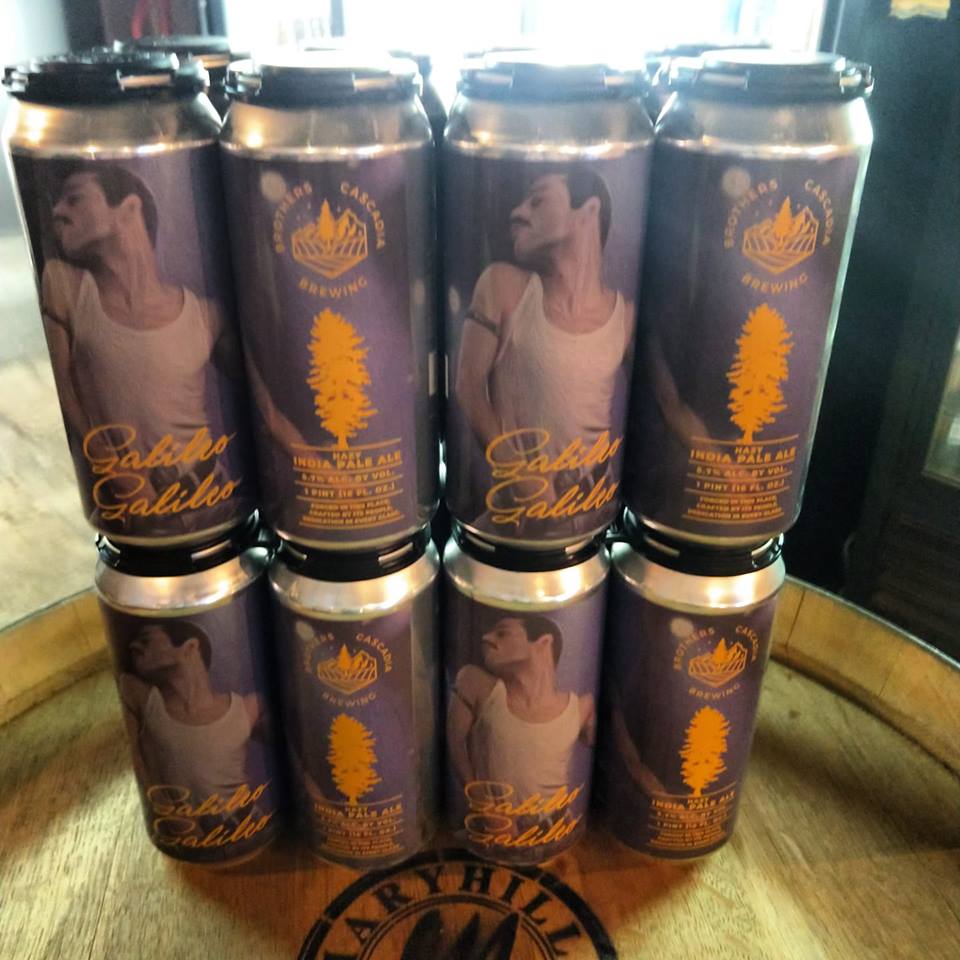
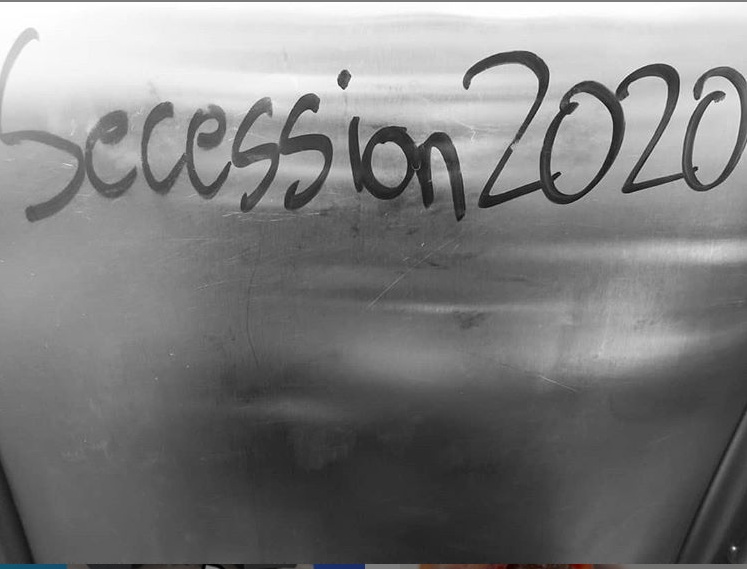
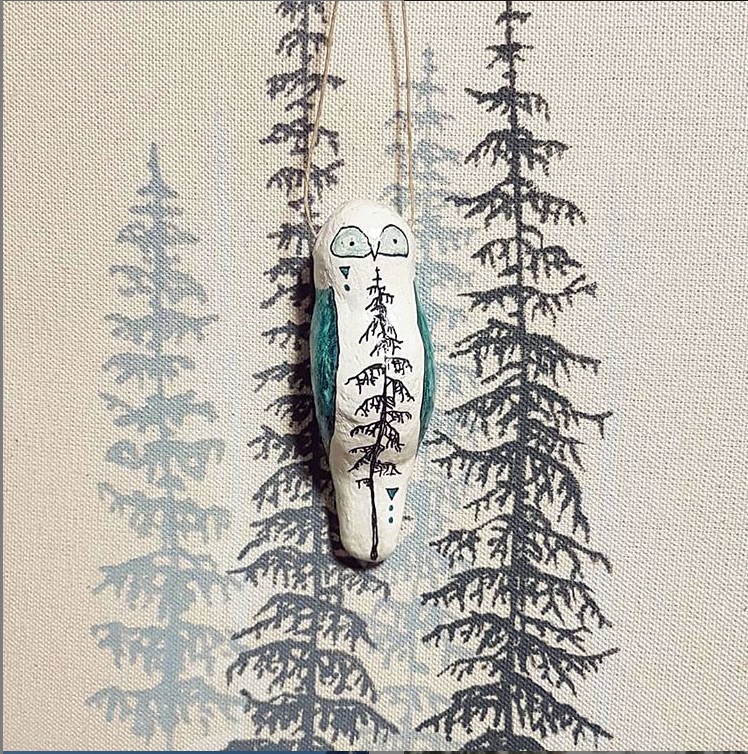

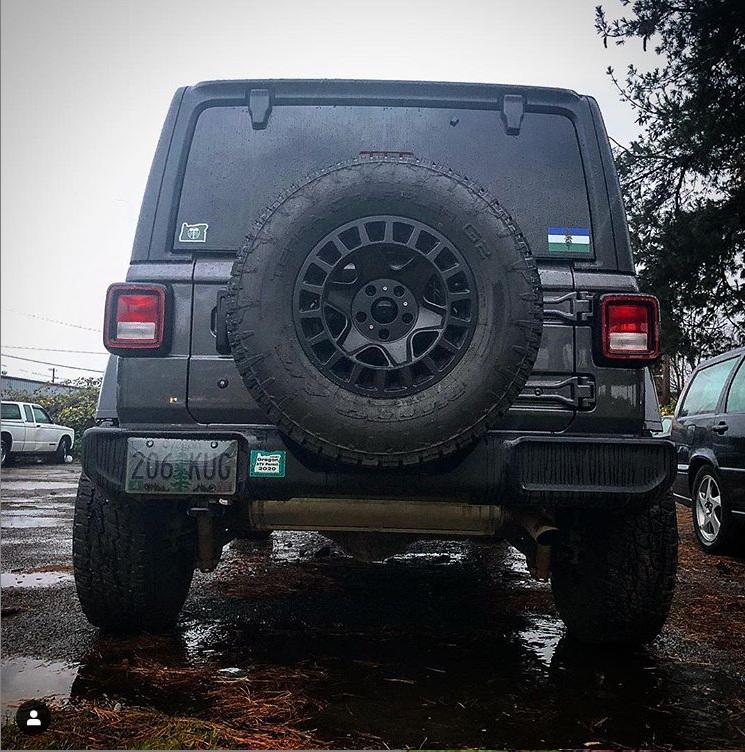
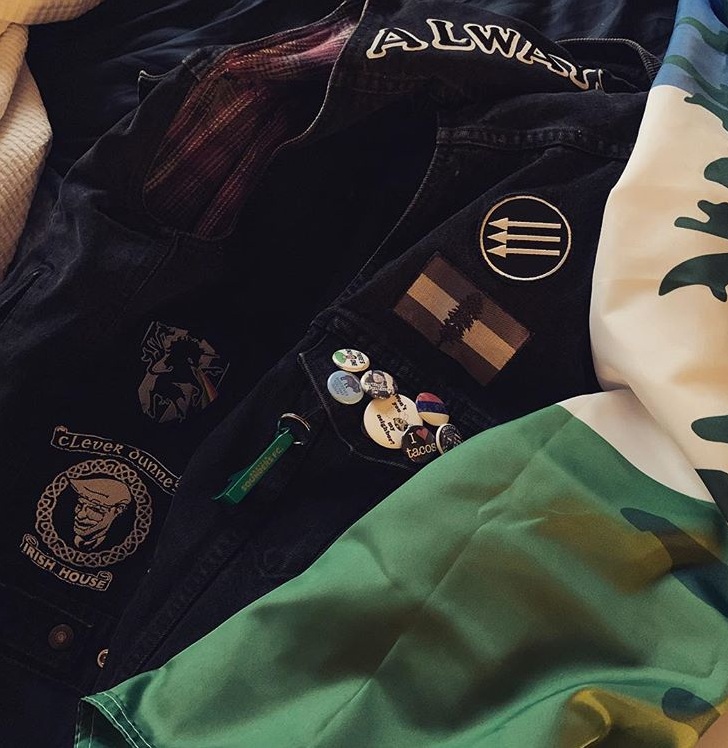
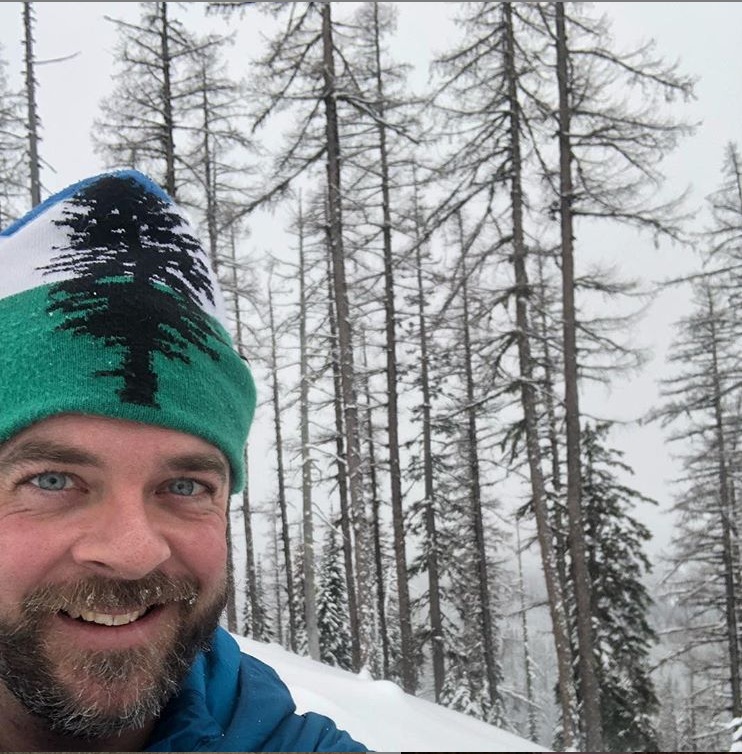
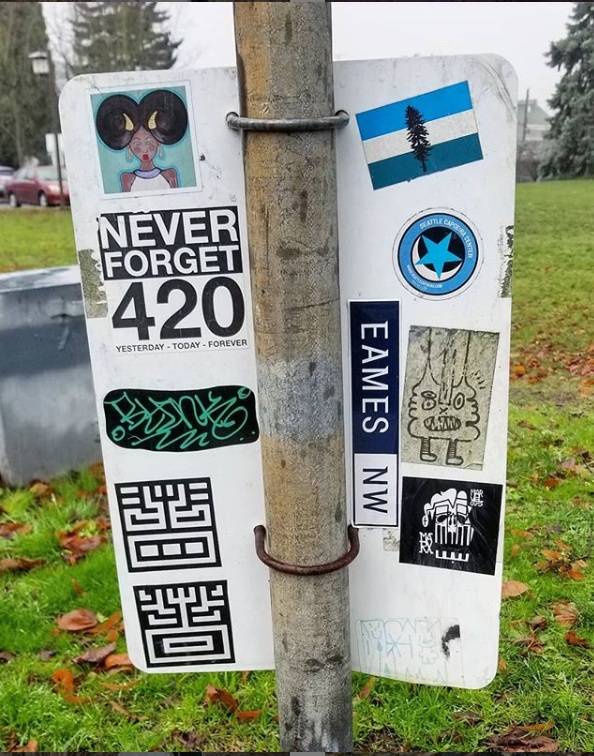

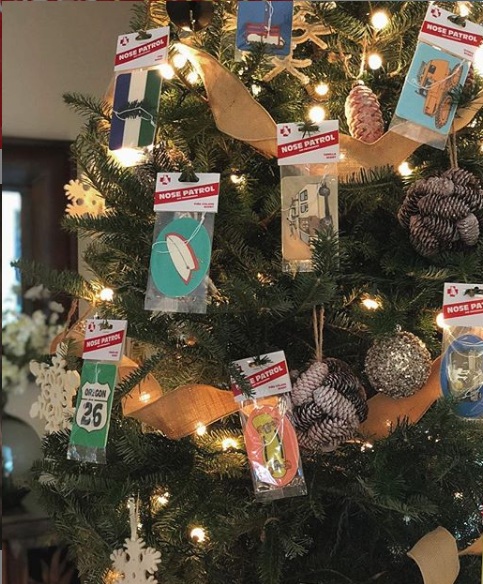
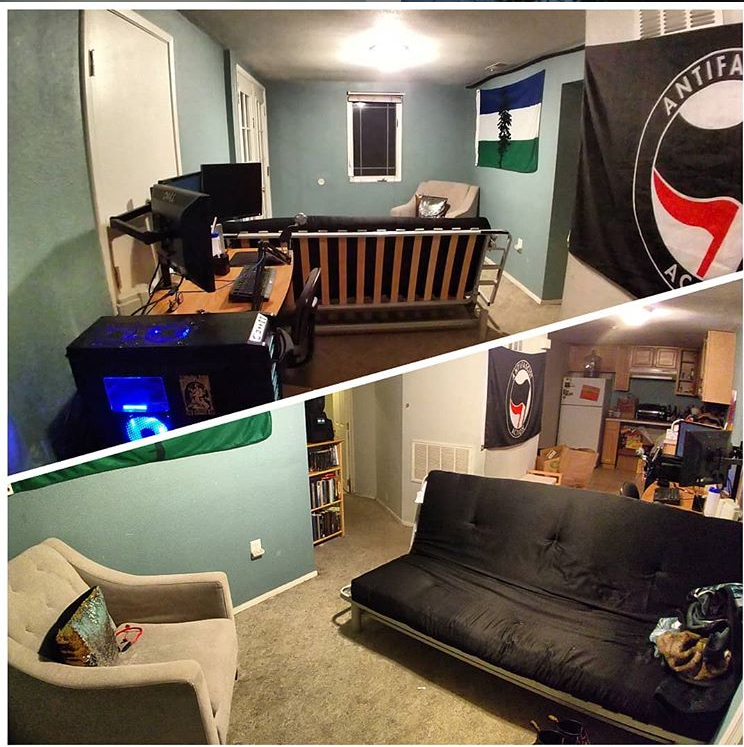
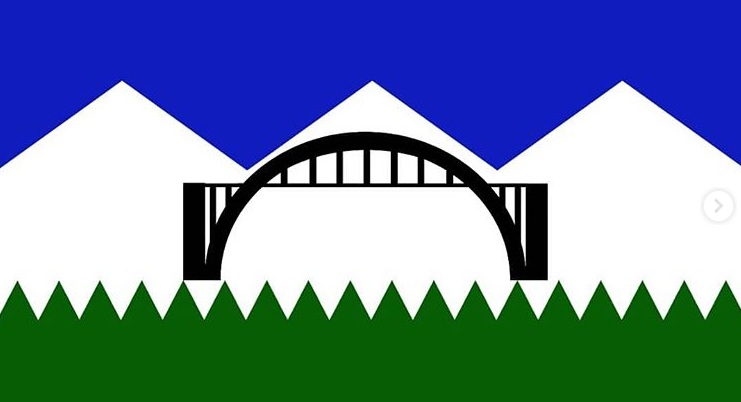
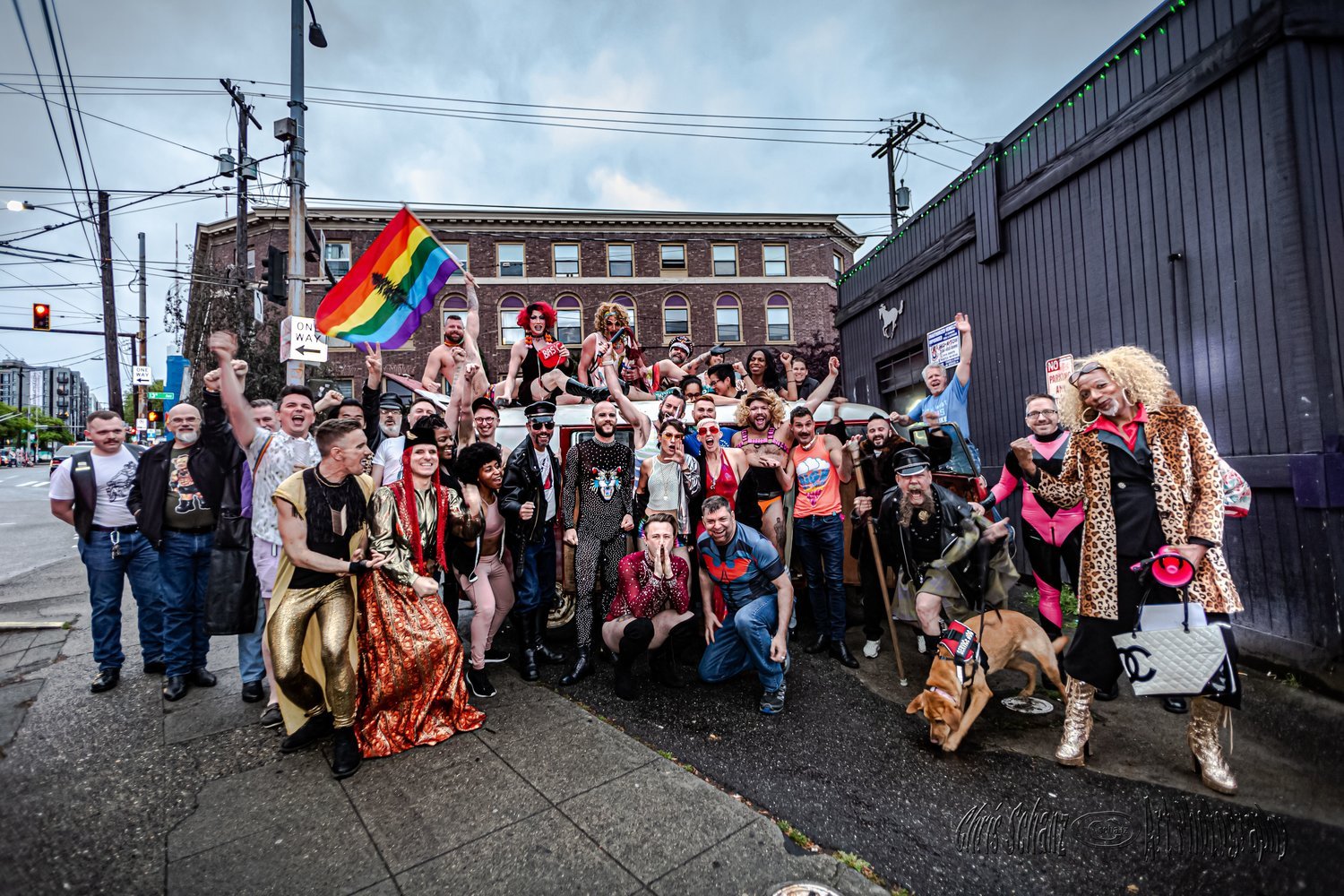

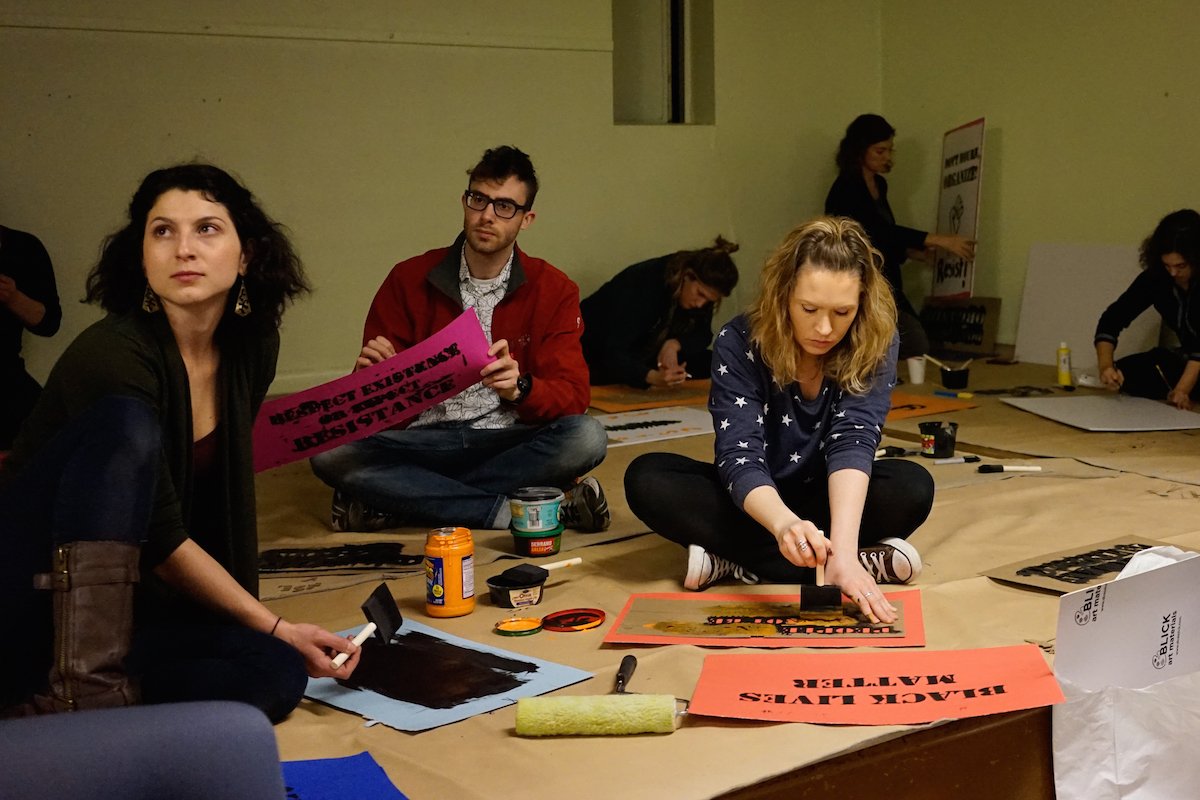
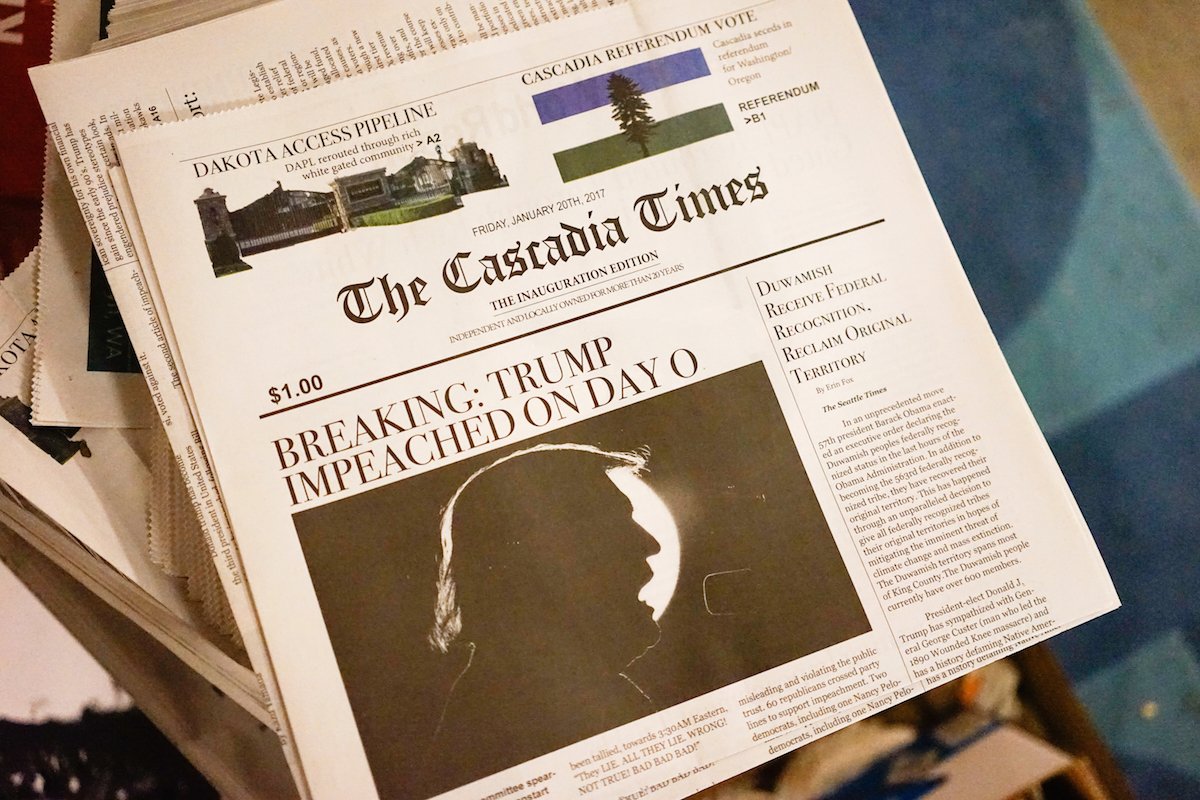

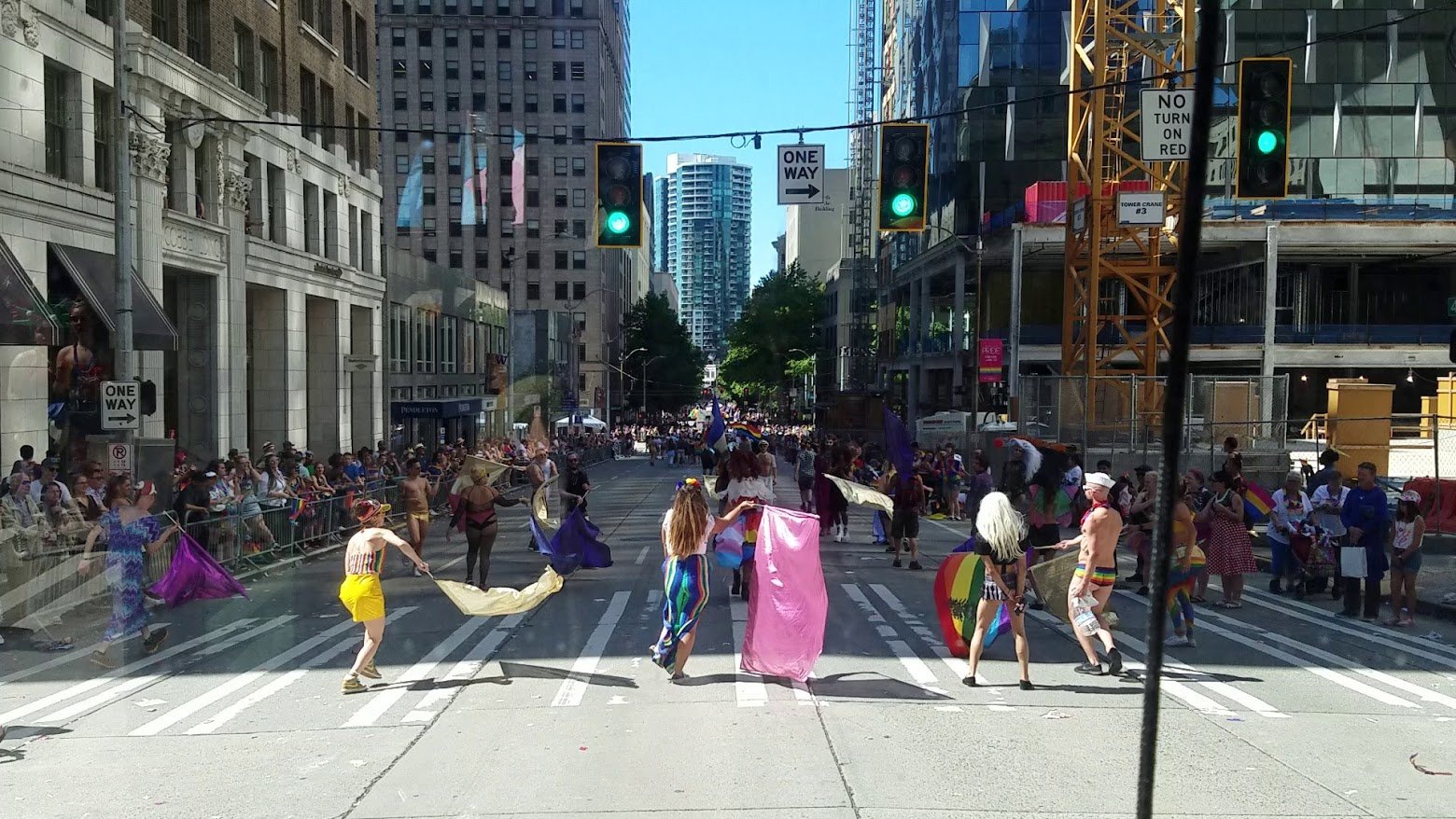
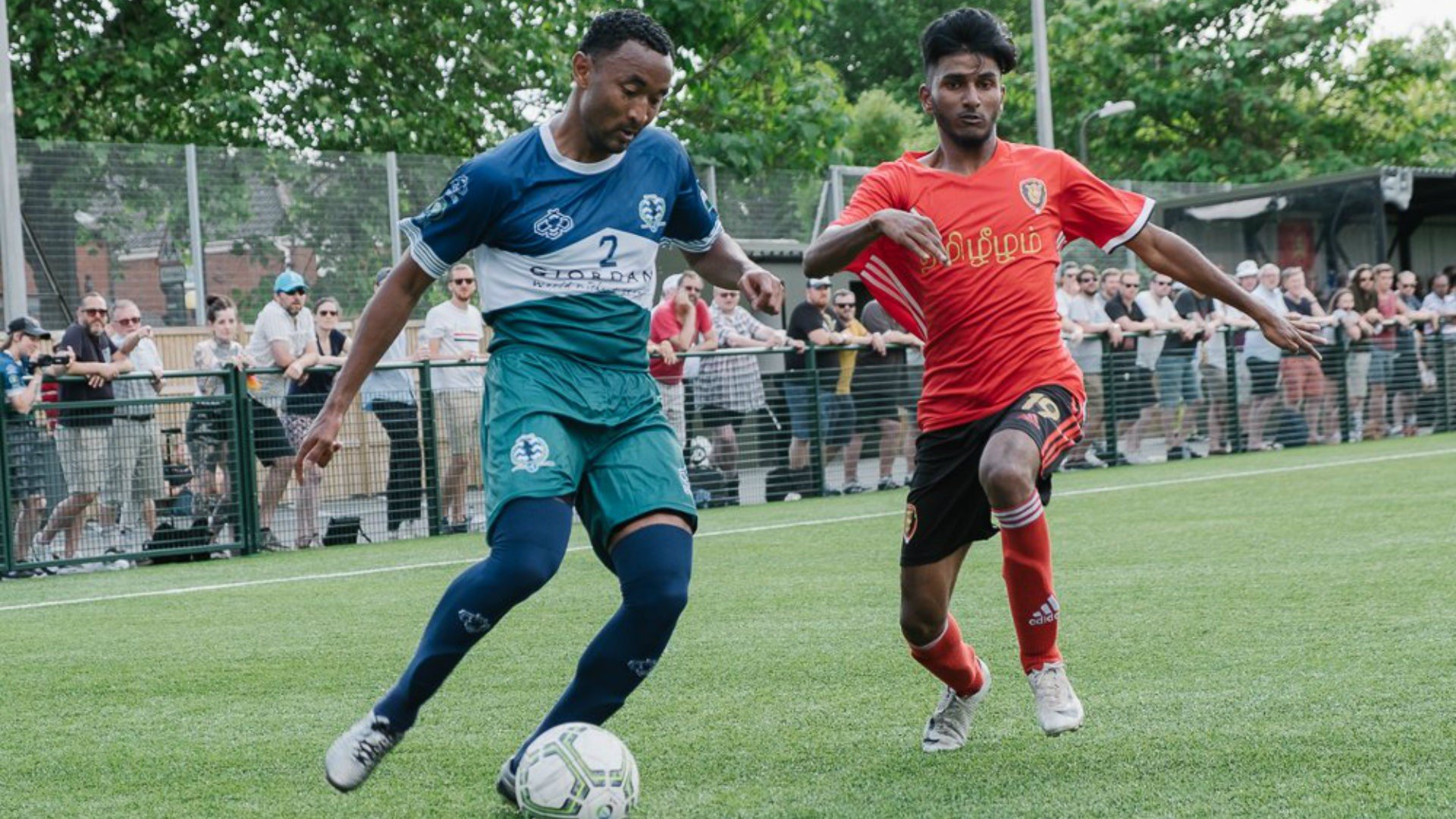
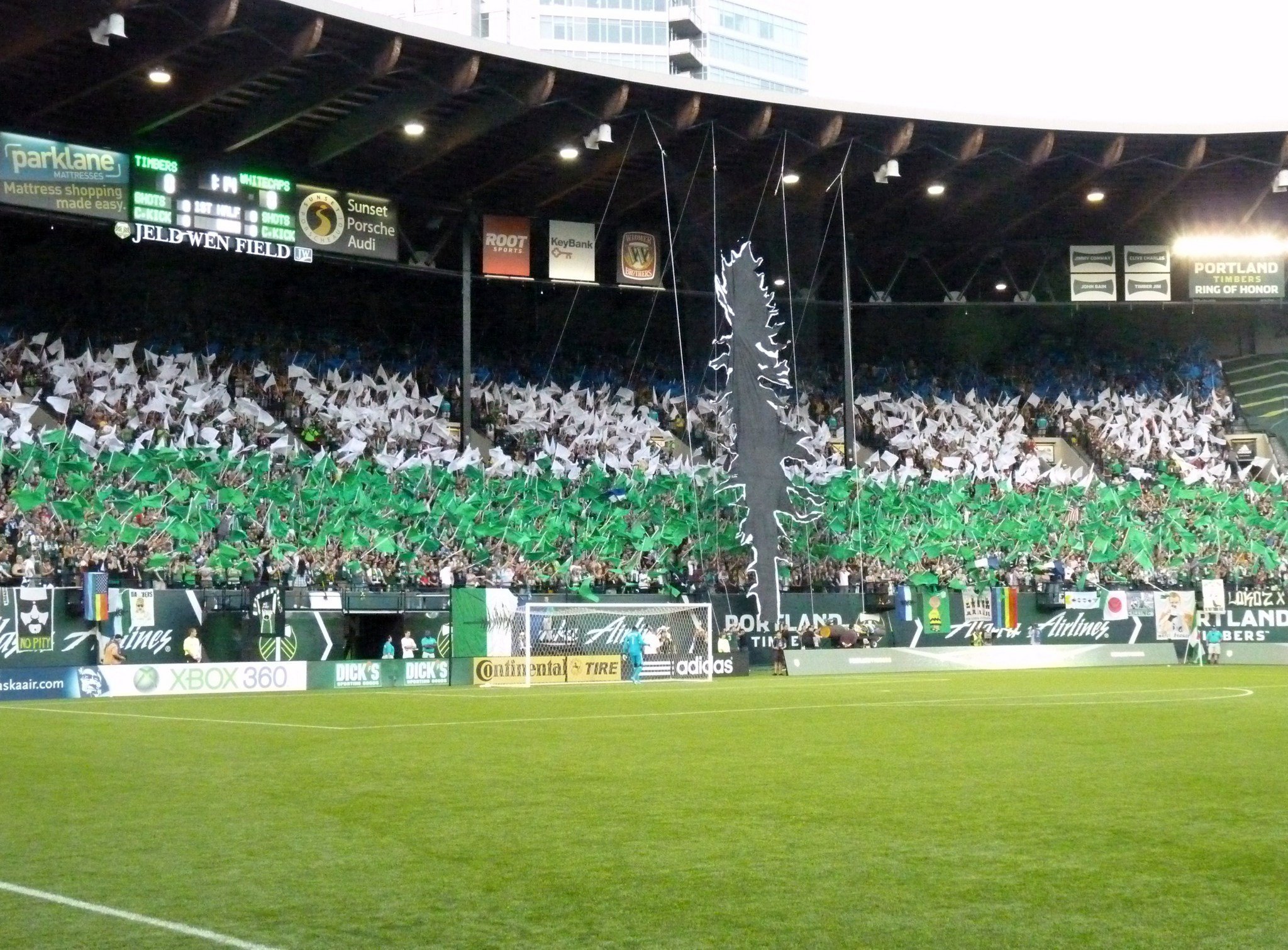
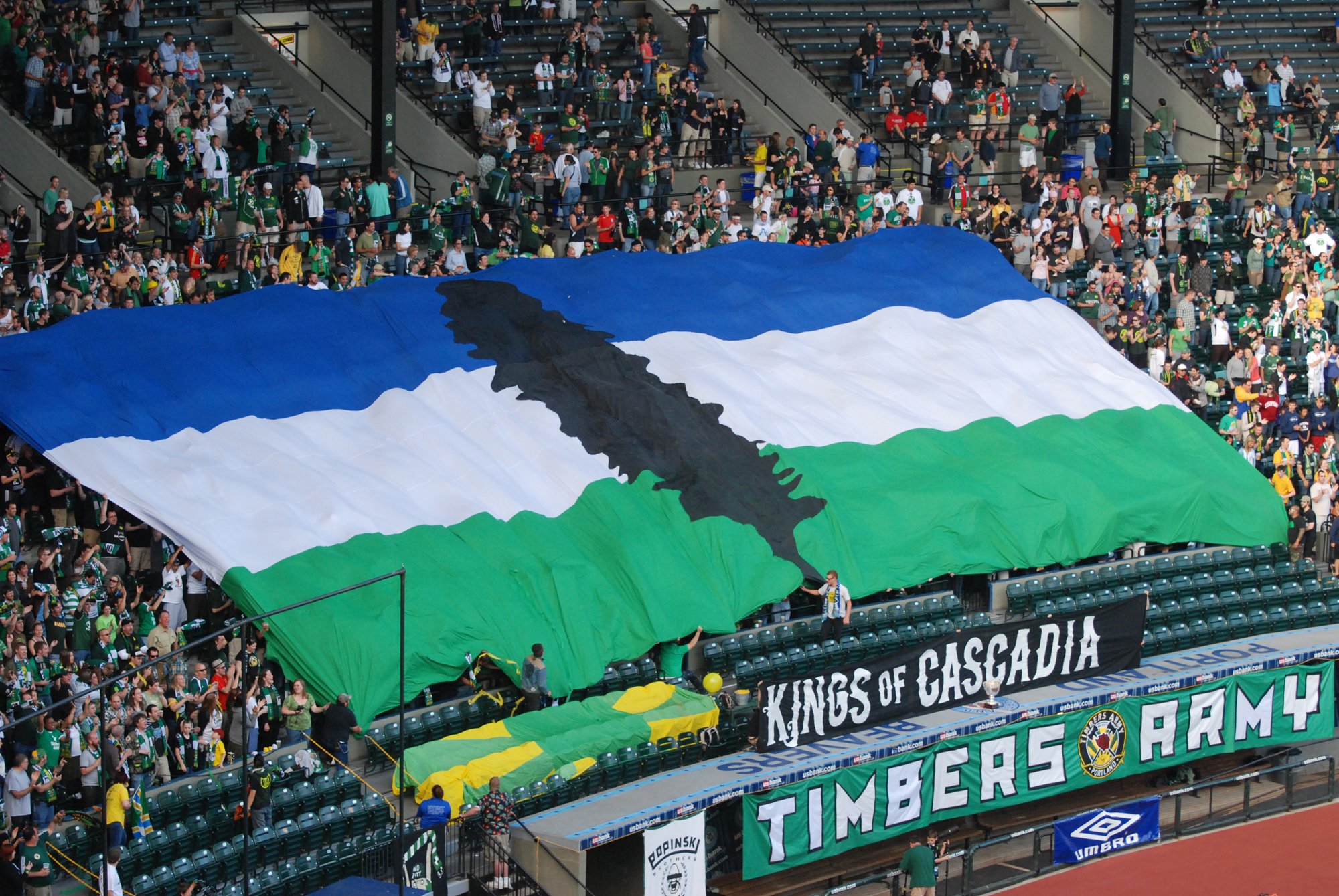
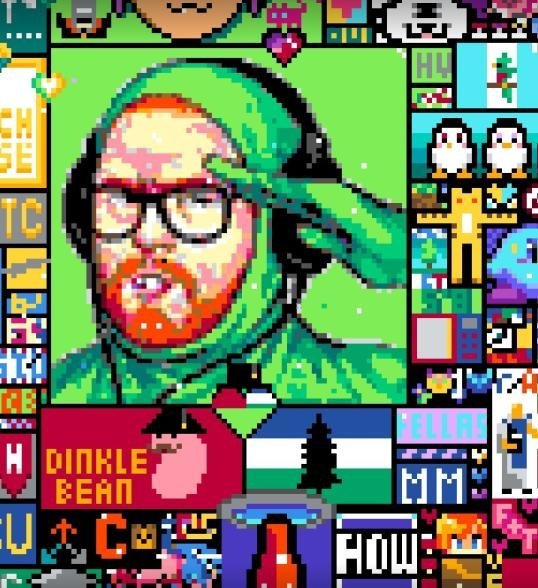
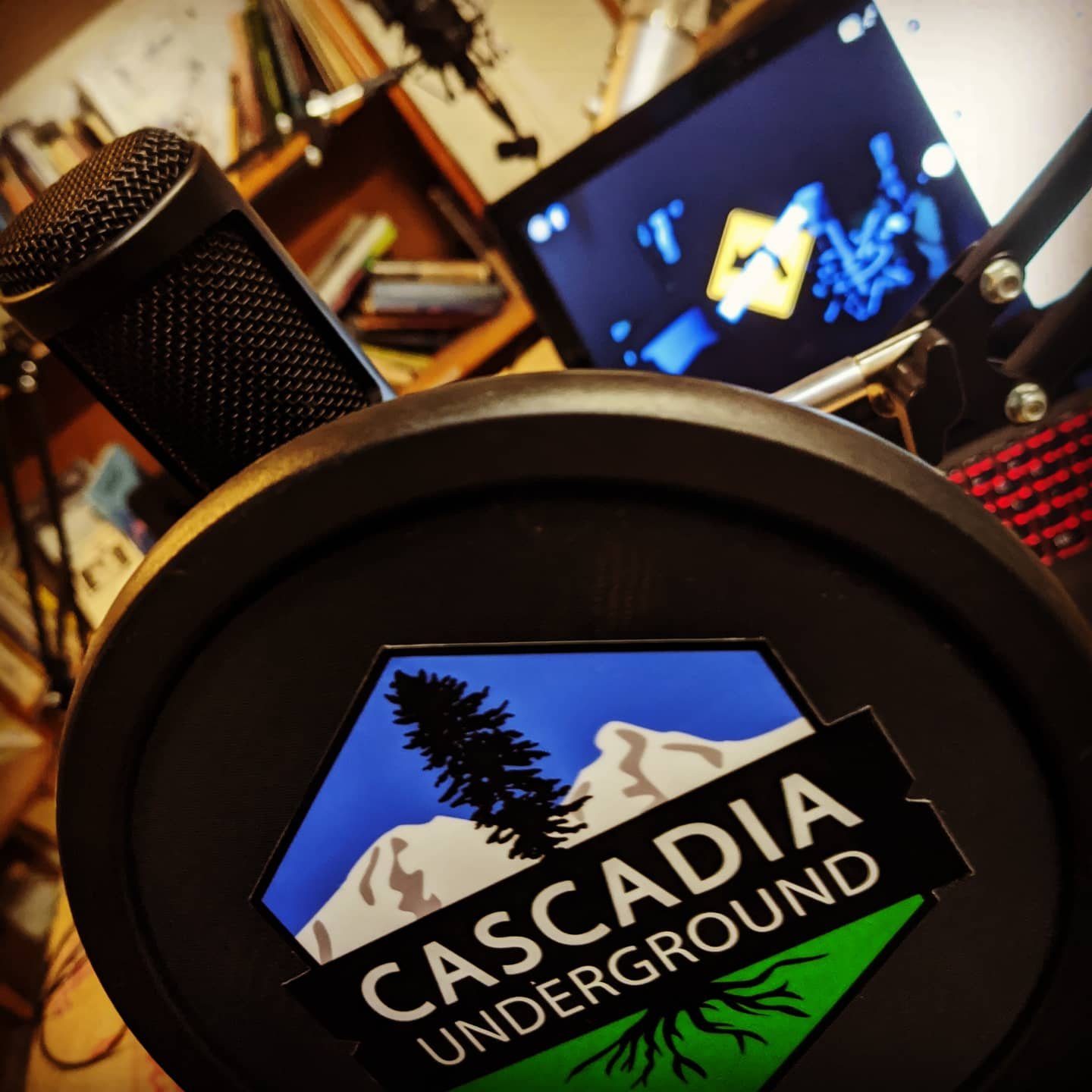
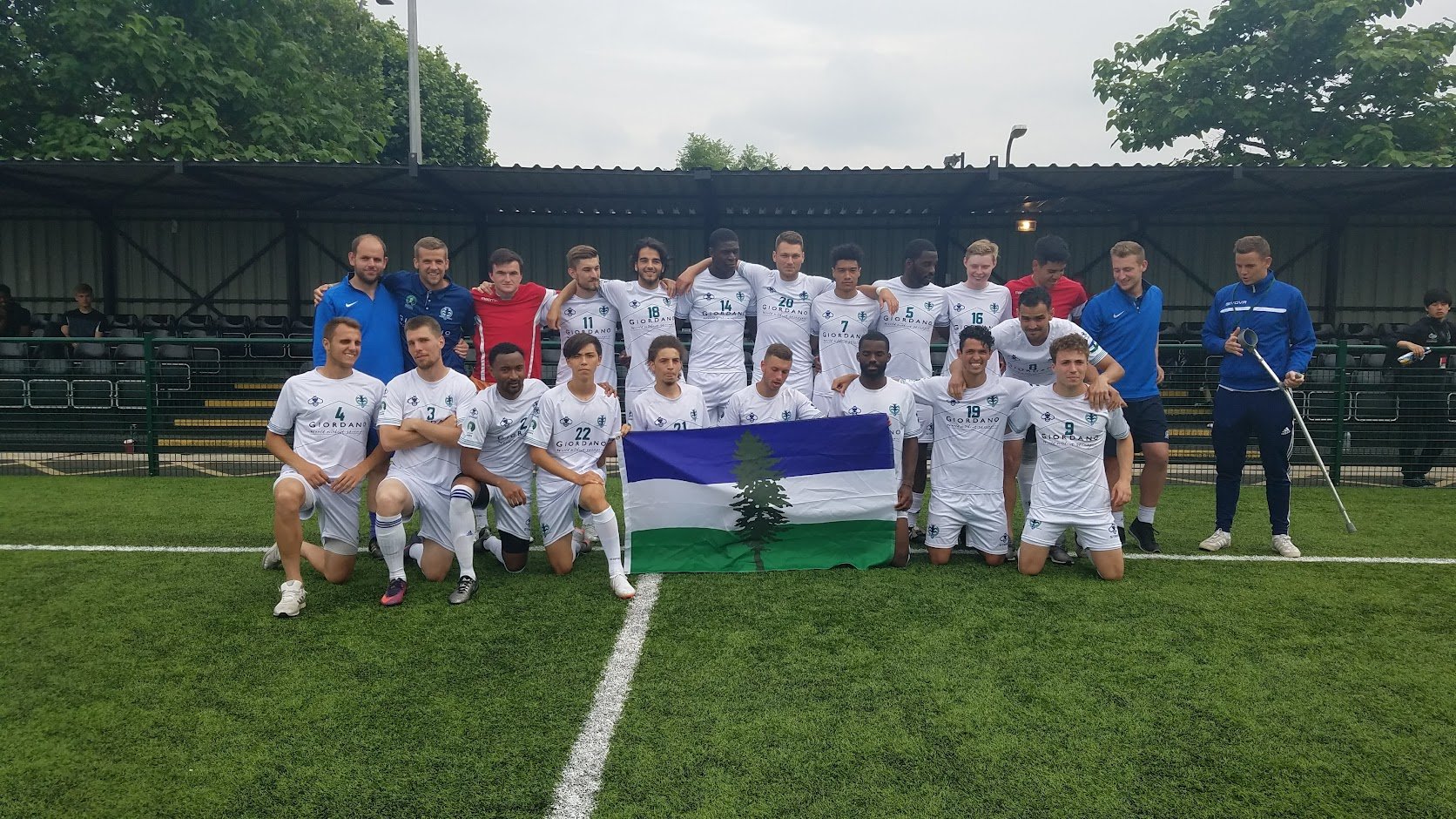

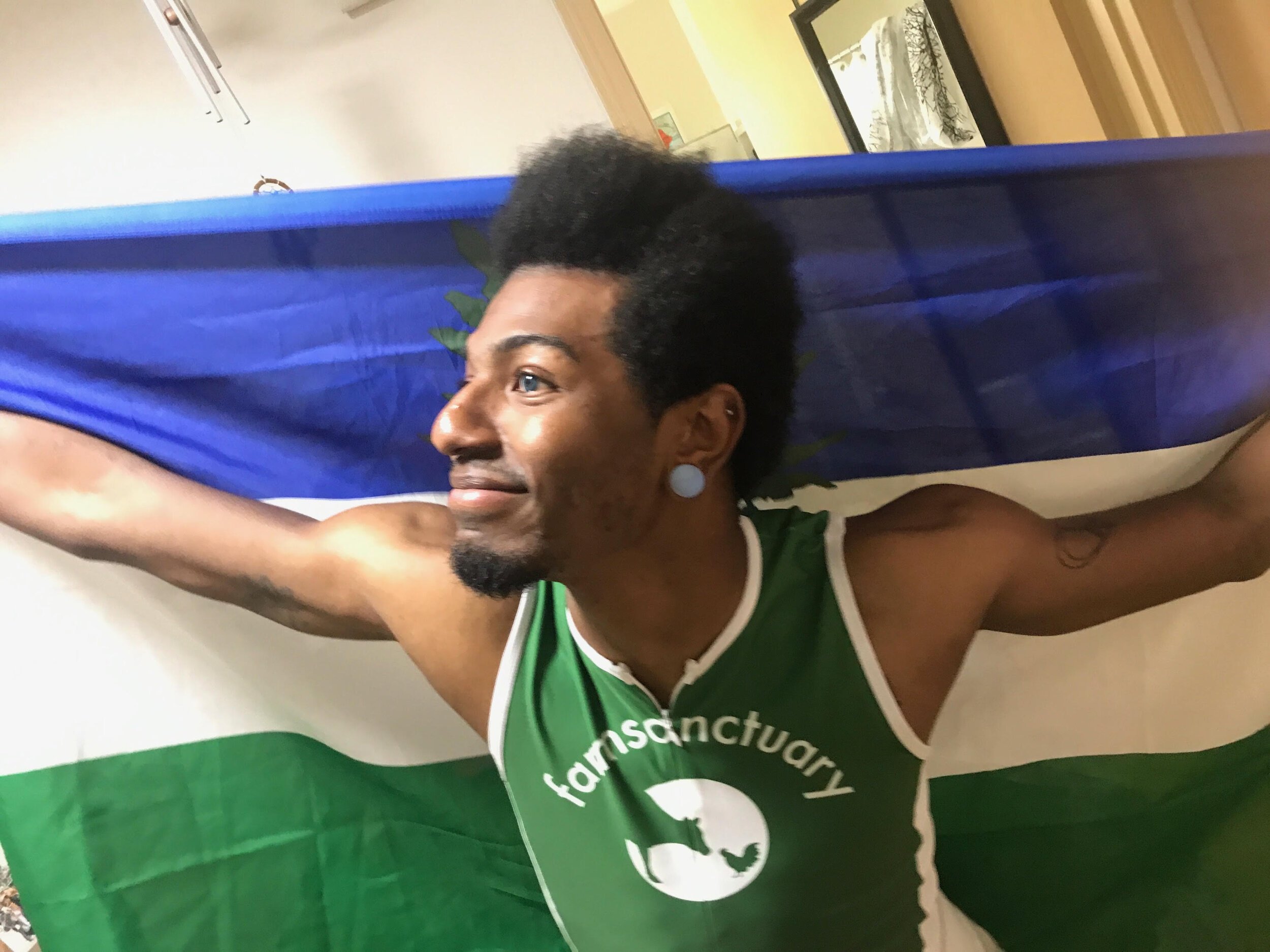
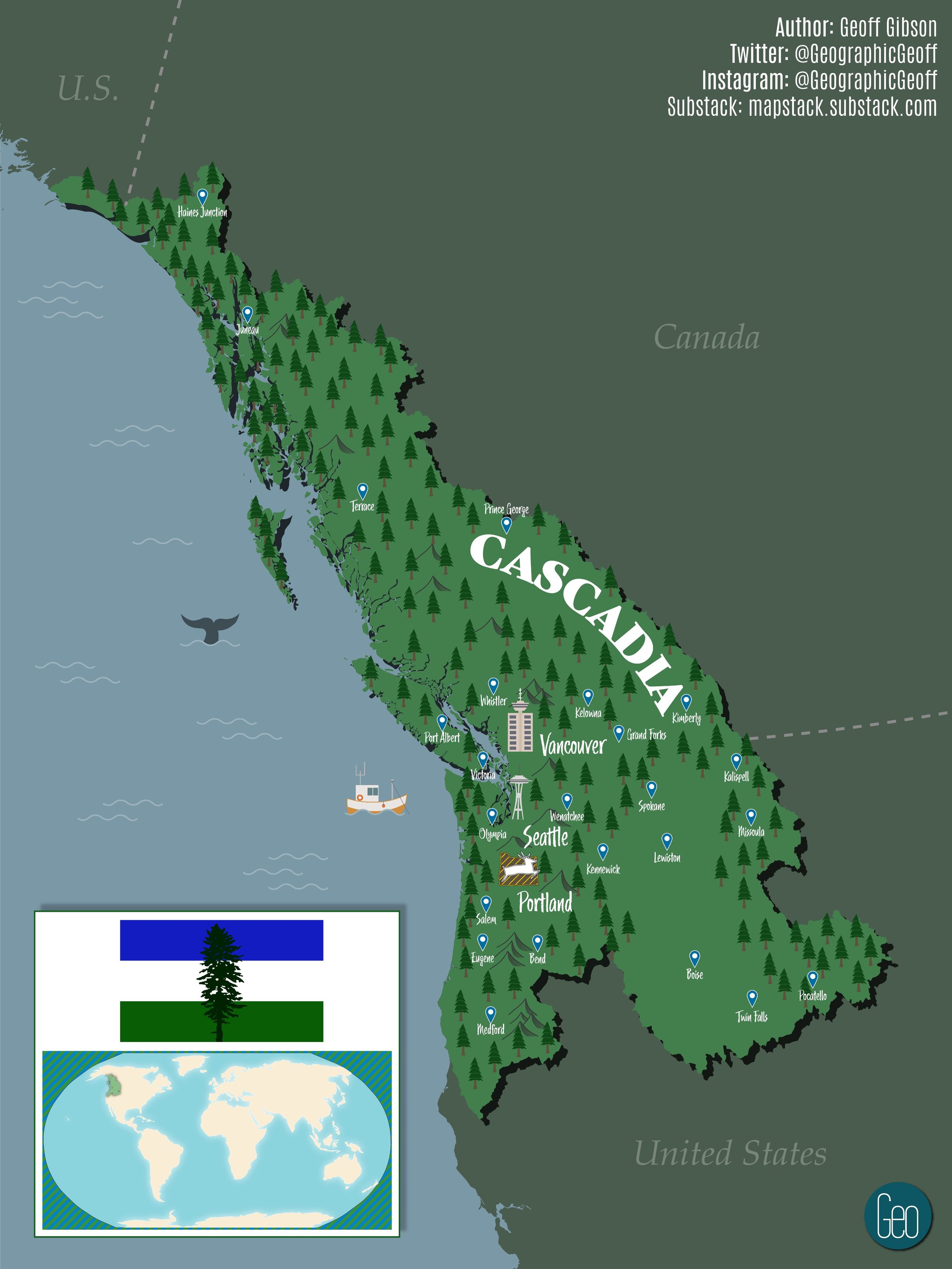
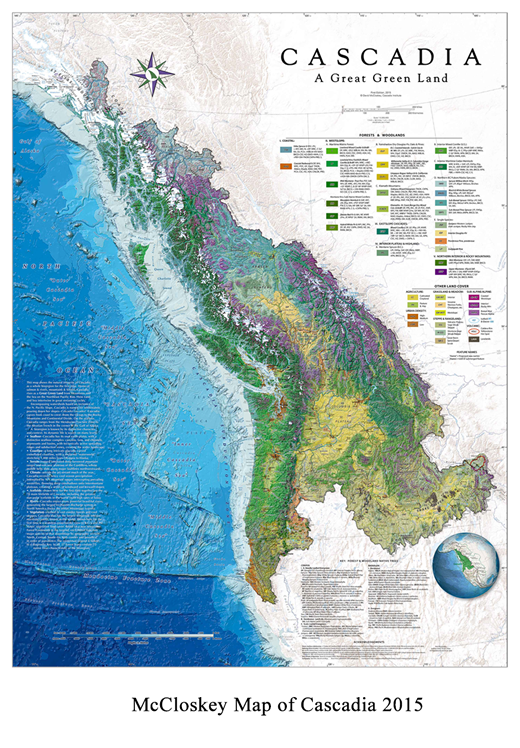
For many of us, Cascadia is more than just the region we live in. It has become a collective identity stemming from our shared experiences and stories of this place. This identity allows us to come together as a community and social movement to act as a powerful force for change, to build a framework so that every person can be active about the issues they care about, and a vision for a bioregion that is vibrant, autonomous and resilient. Nature acts bioregionally, and culture stems from place. Be it wildfire, drought, flood, energy independence or food sovereignty, every community impacted must be able to have a substantial impact in the decision making process, and every community along a watershed must be included. Ultimately, it will be the people living here, rather than in power centers thousands of miles away who will be best able to determine the best course of action for themselves and their communities.
In addition, for many of us, we feel it is morally irresponsible to remain a part of a government built upon slavery, genocide, torture and systemic racism and whose colonial borders do not reflect the cultural or ecological boundaries, or the history and context of the many nations of our home. We feel anyone who does not actively work want to distance and remove themselves from these systems of power actively support it - whether through passive structural violence or actively through their tax dollars.
To these ends, the Cascadia movement builds greater understandings of our bioregion, grow our democratic institutions, work with first nations for truth and reconciliation, promote place appropriate technologies and policies, provide direct funding for community projects, educate about bioregionalism, and support the creation of watershed based centers to determine the carrying capacities and regenerative frameworks for each watershed and bioregion we live in.
It is up to Cascadians, each in their own way, to create and promote these changes, and lead the way forward, rather than wait for someone else to do it for us.




